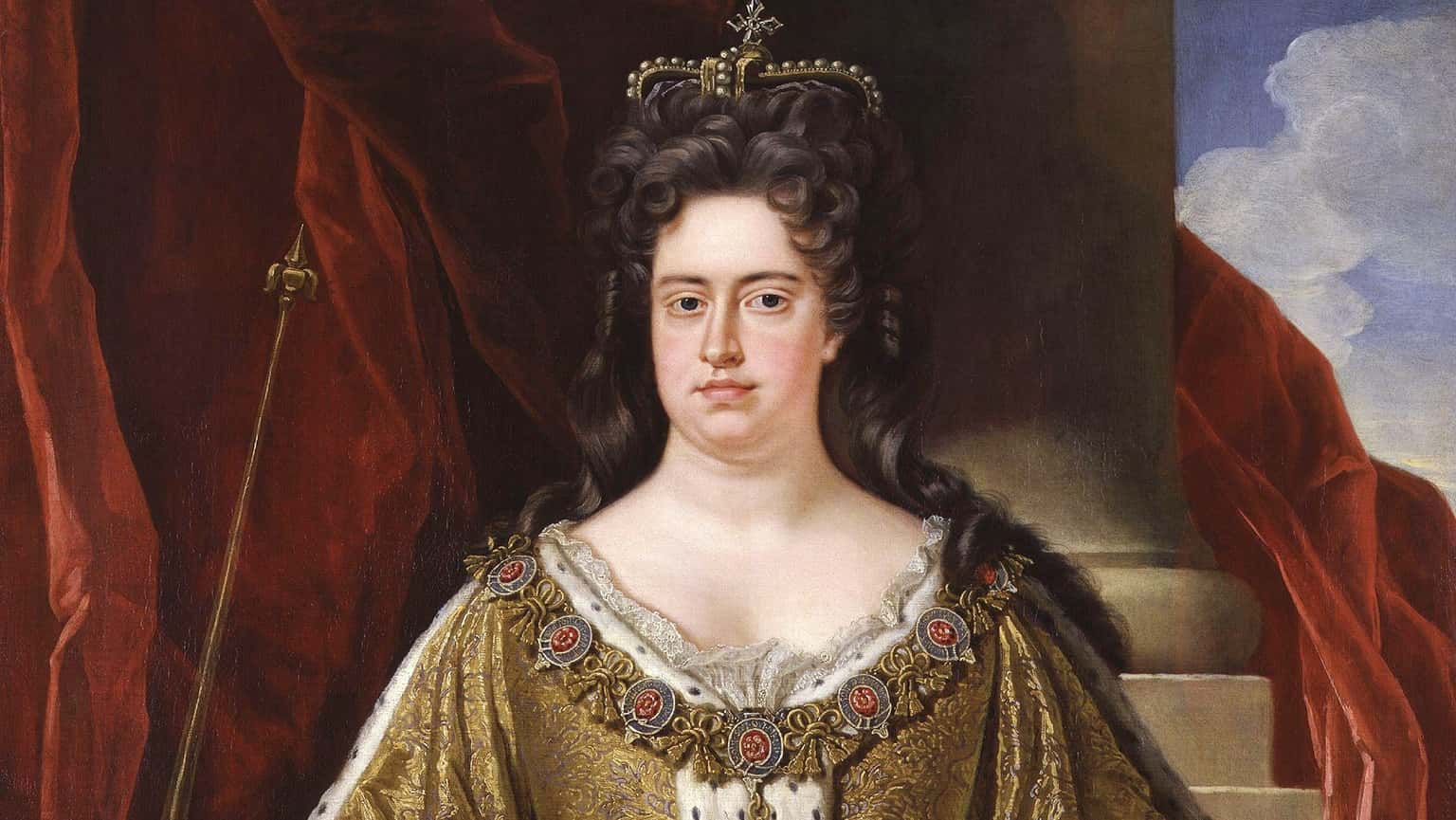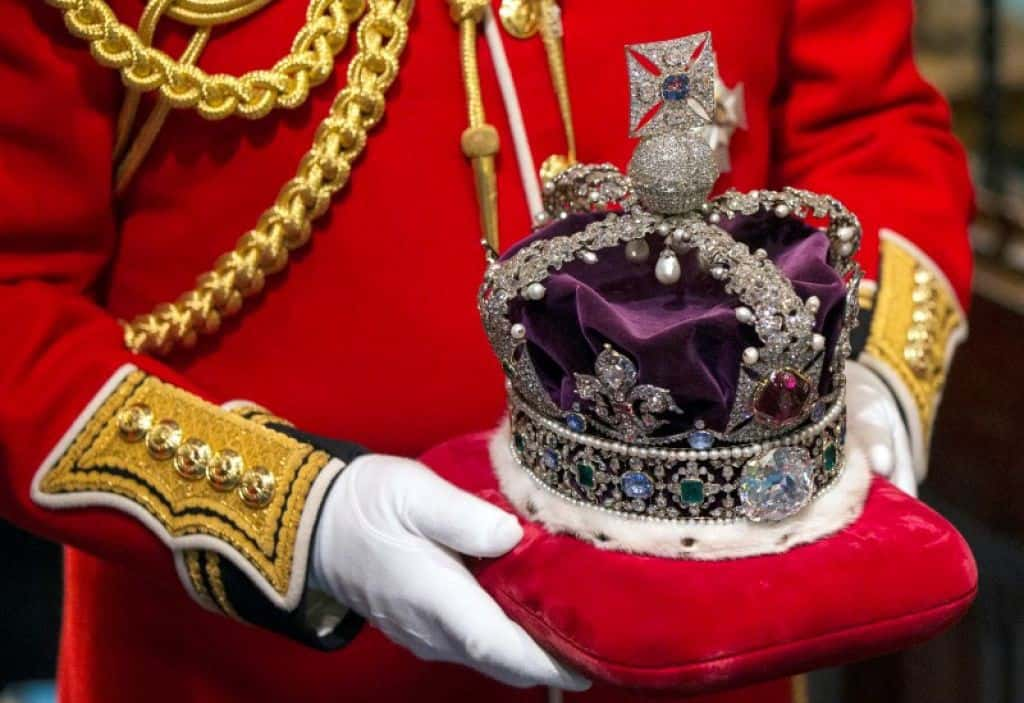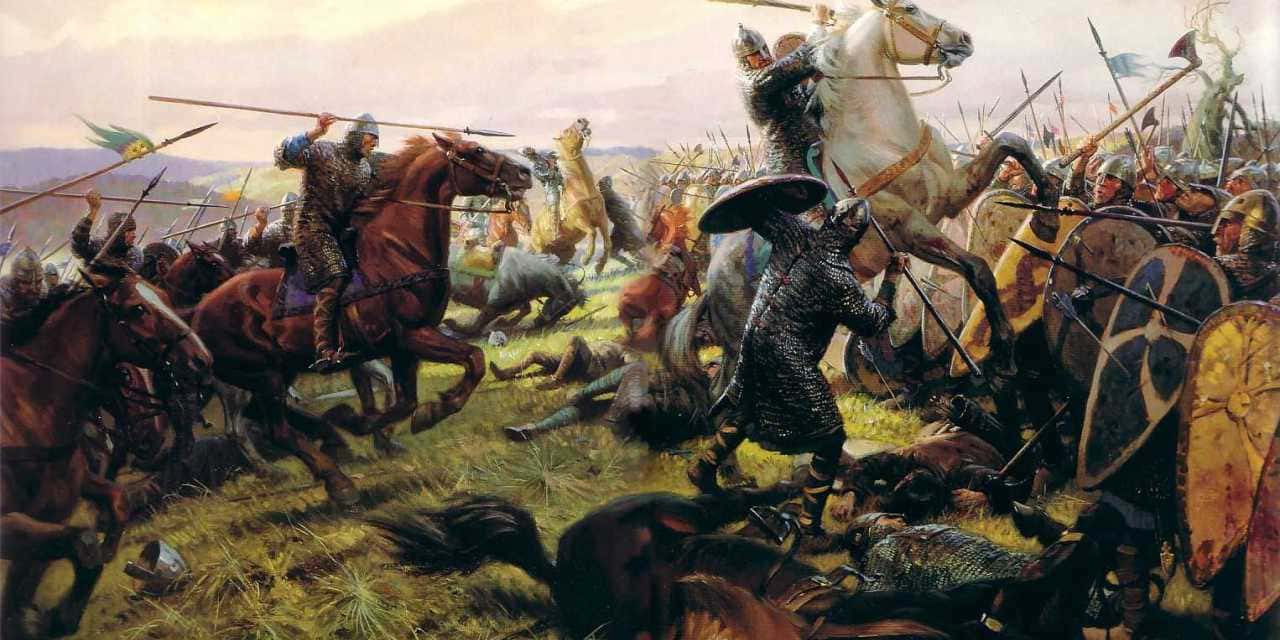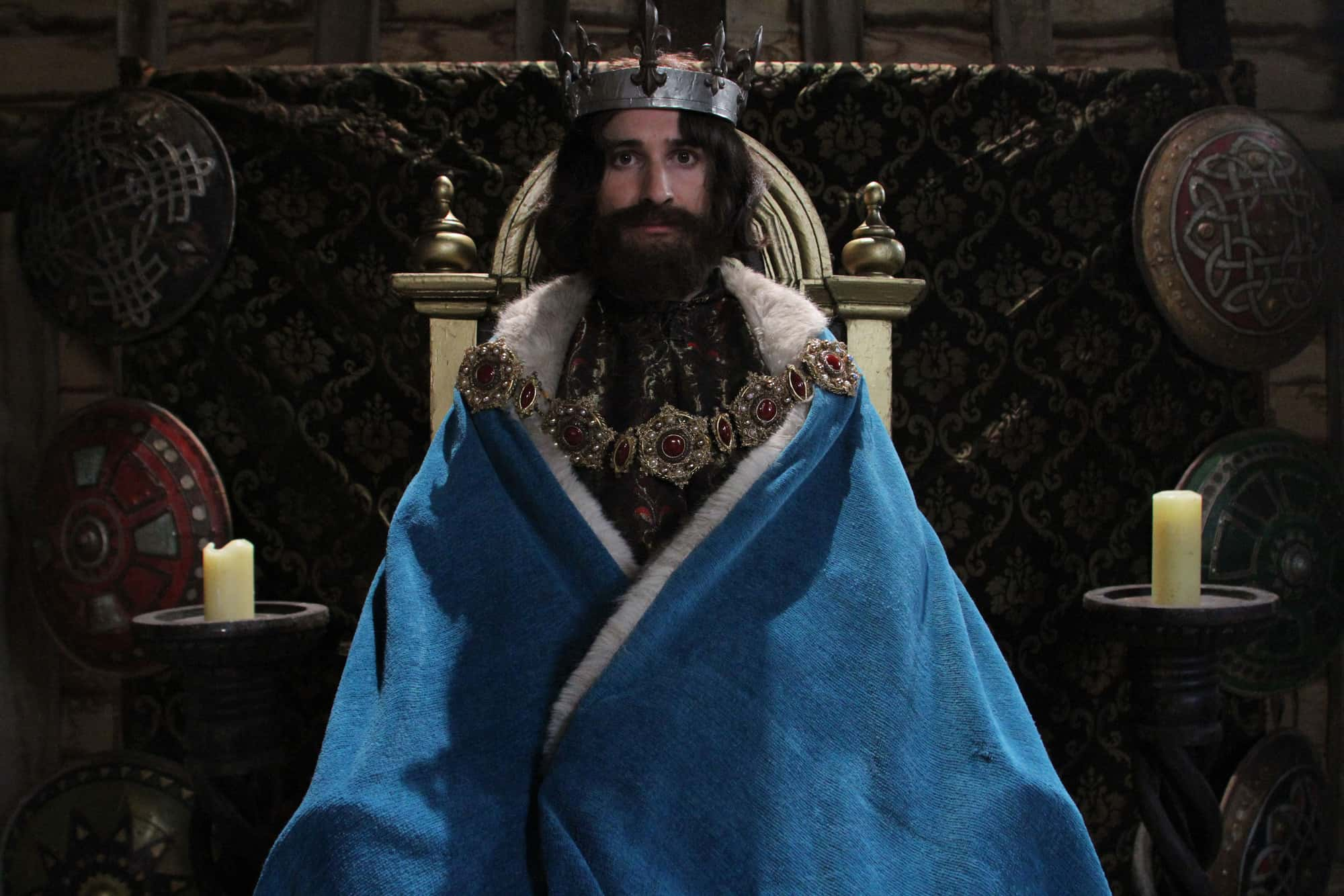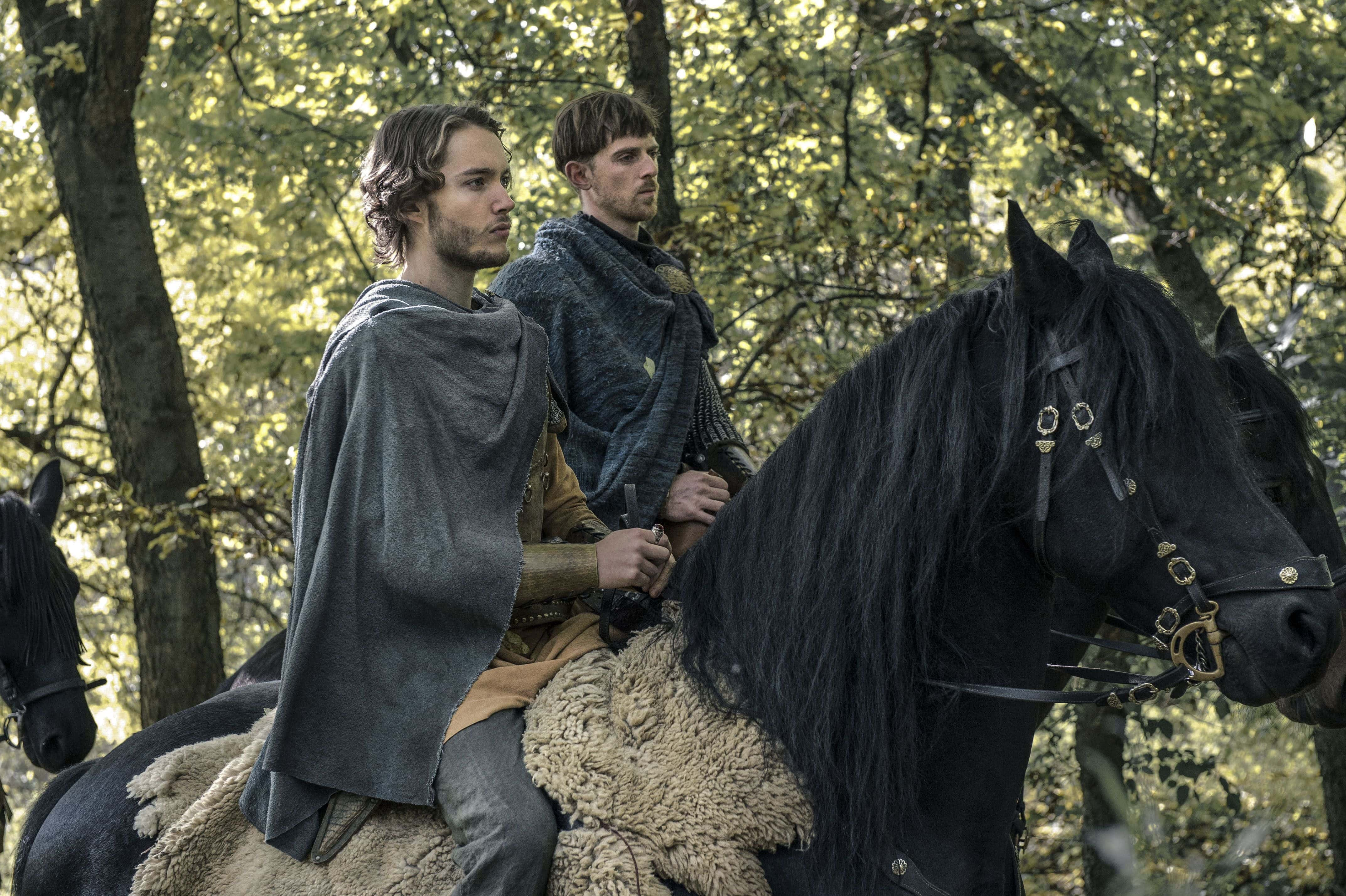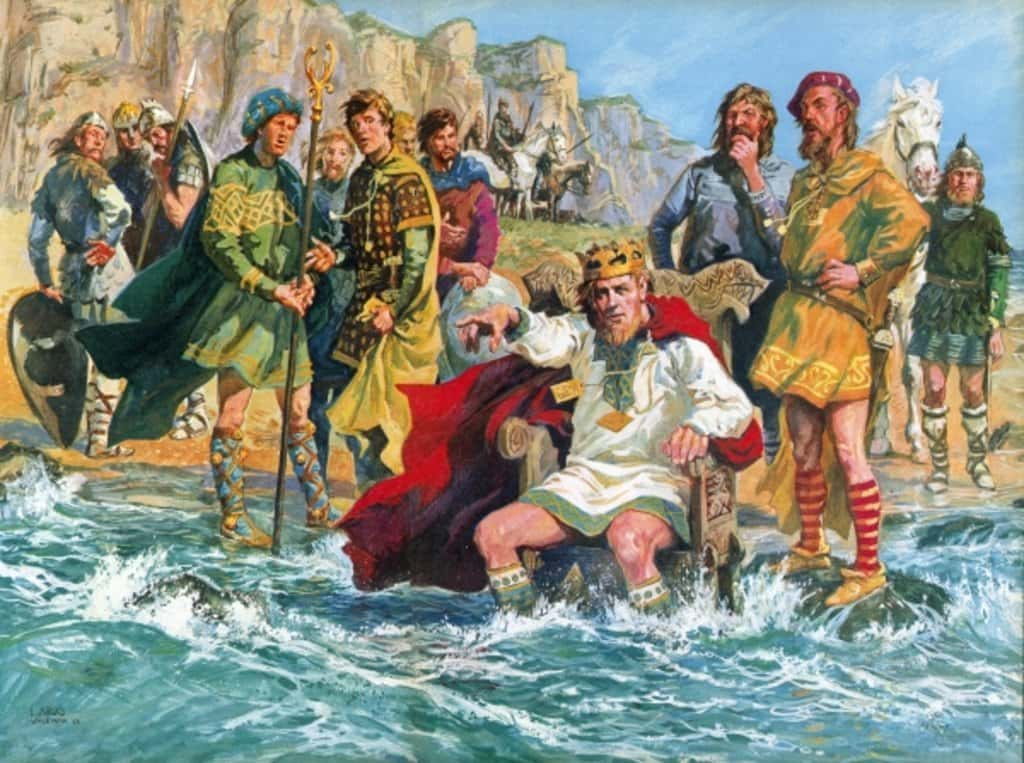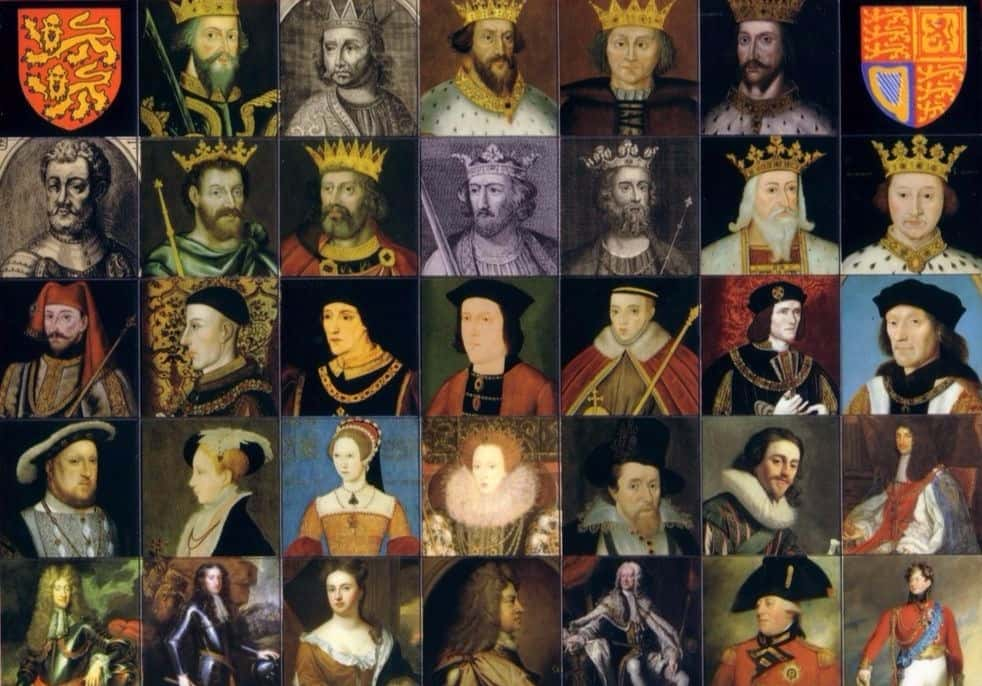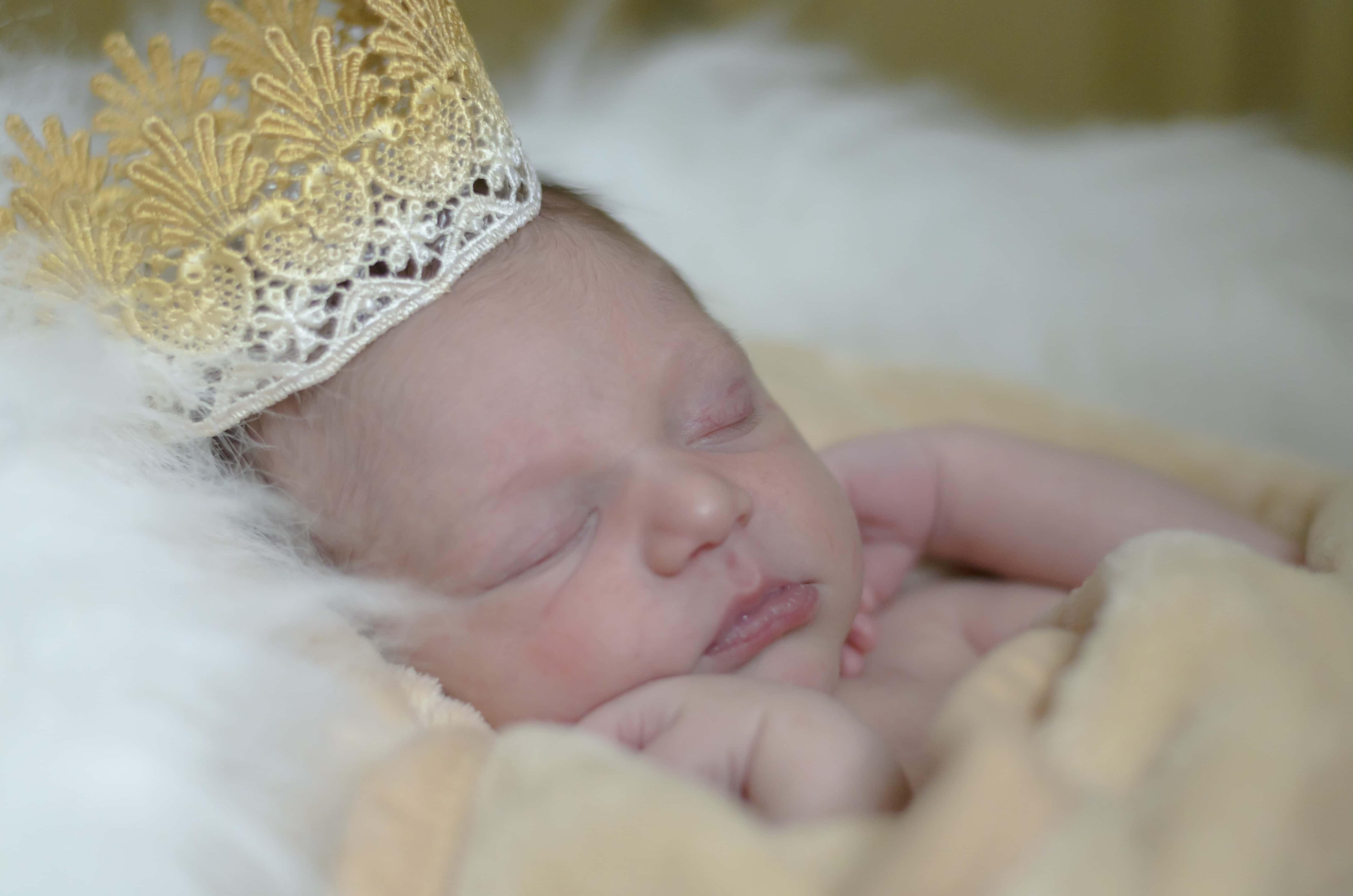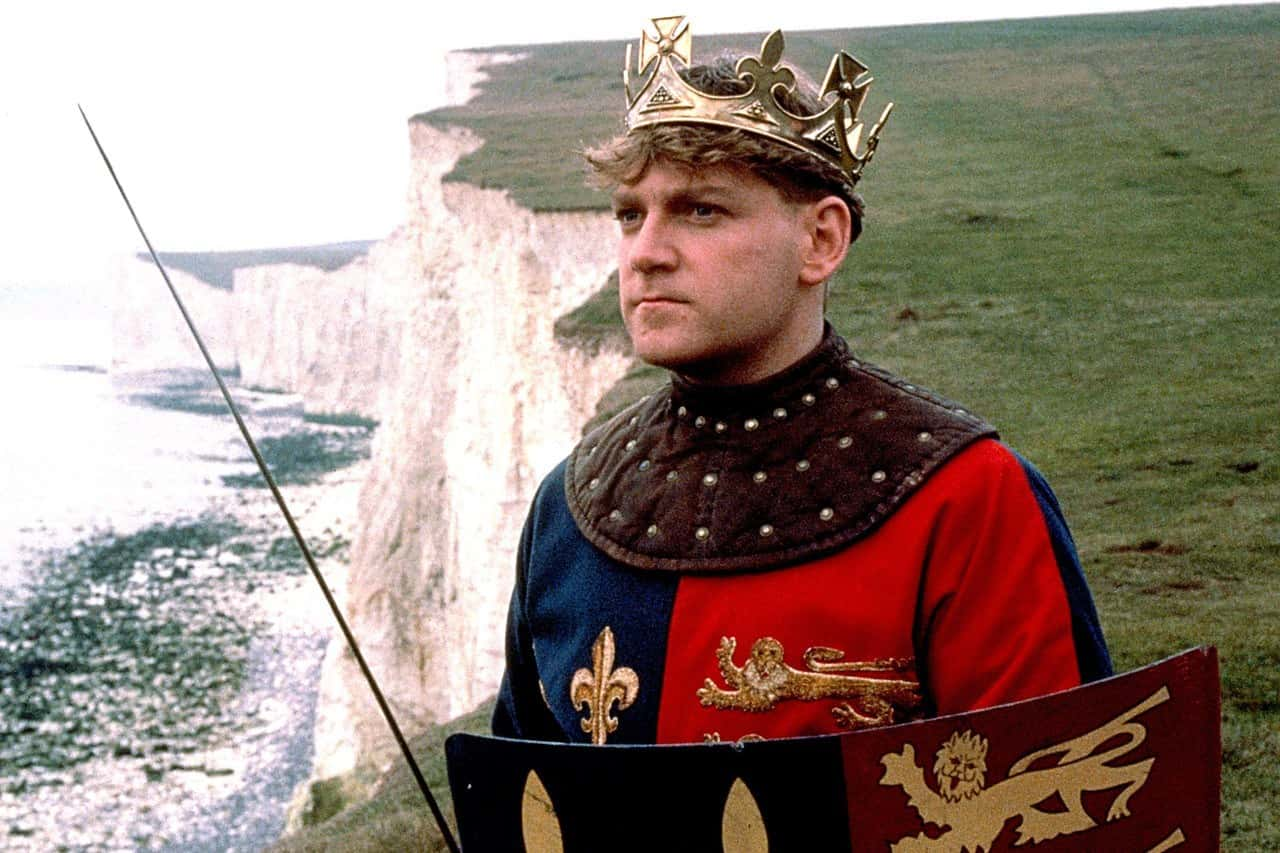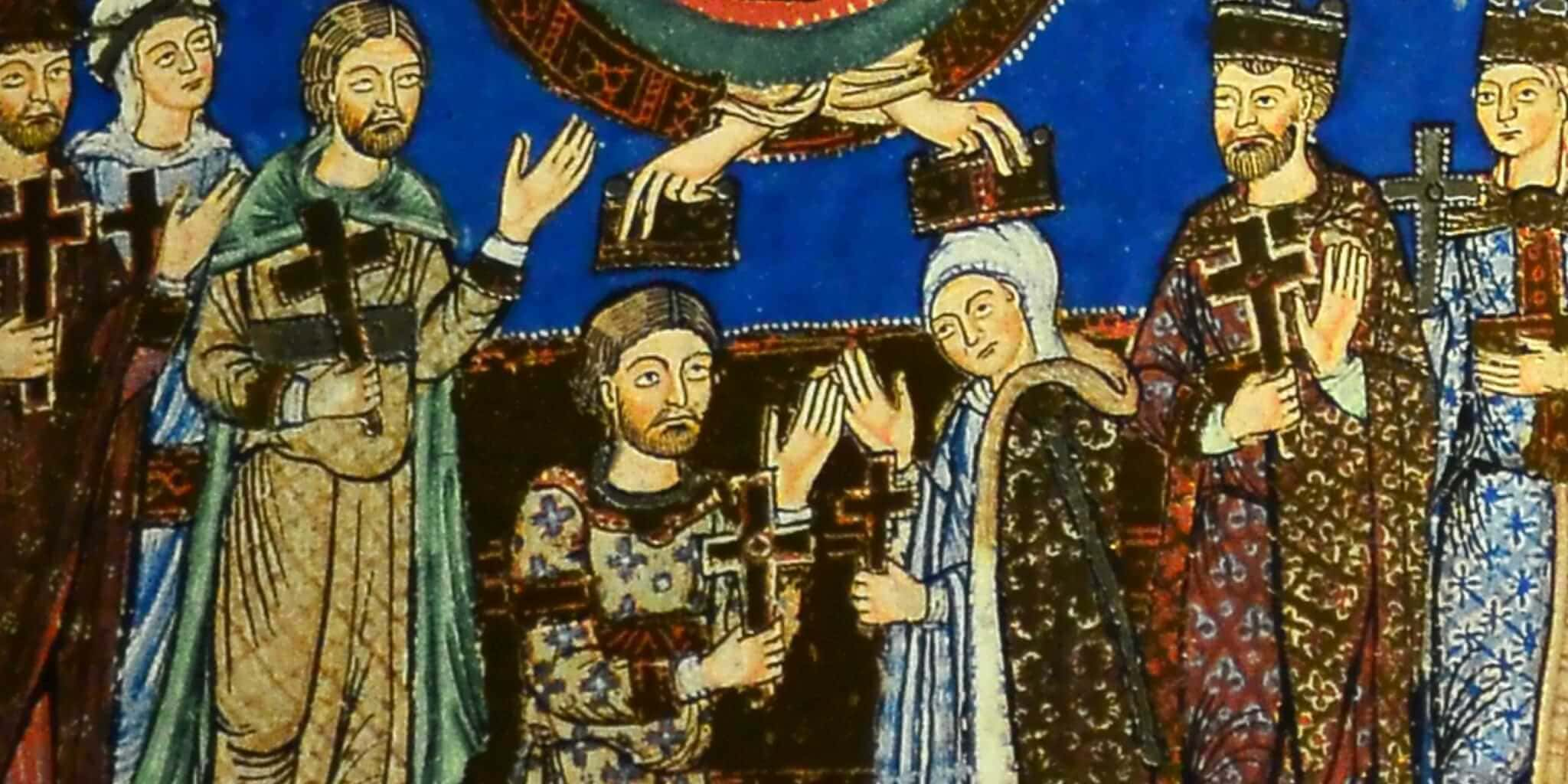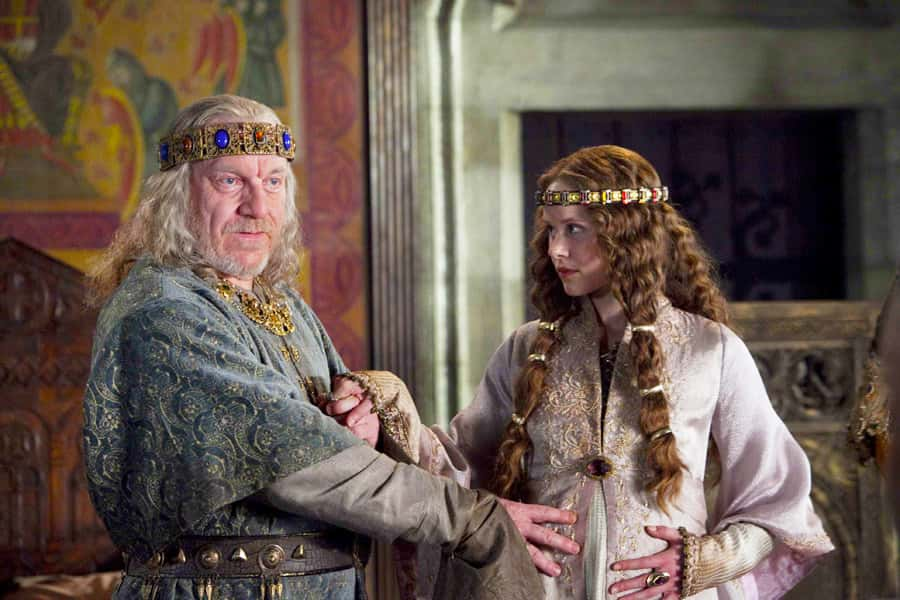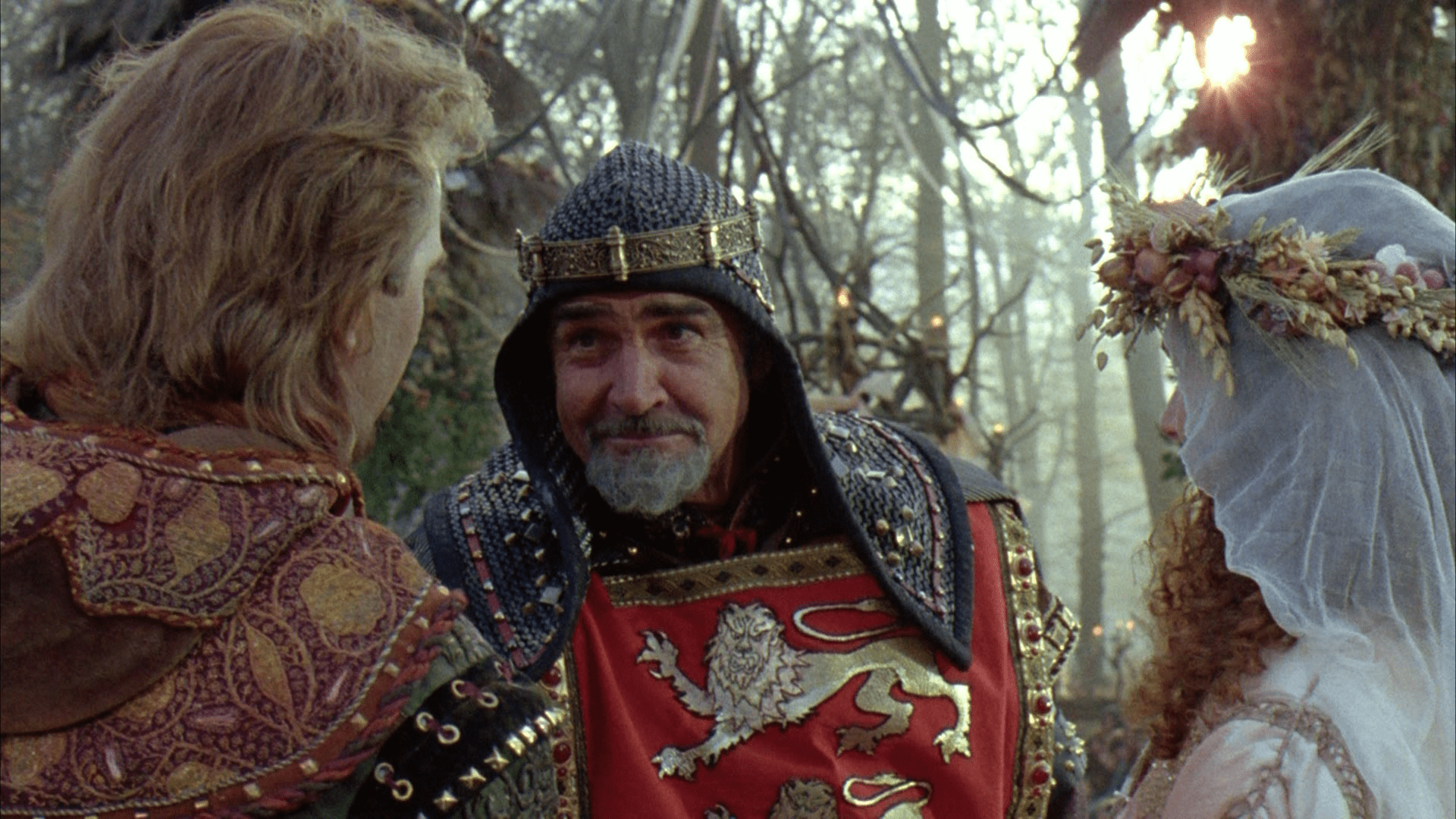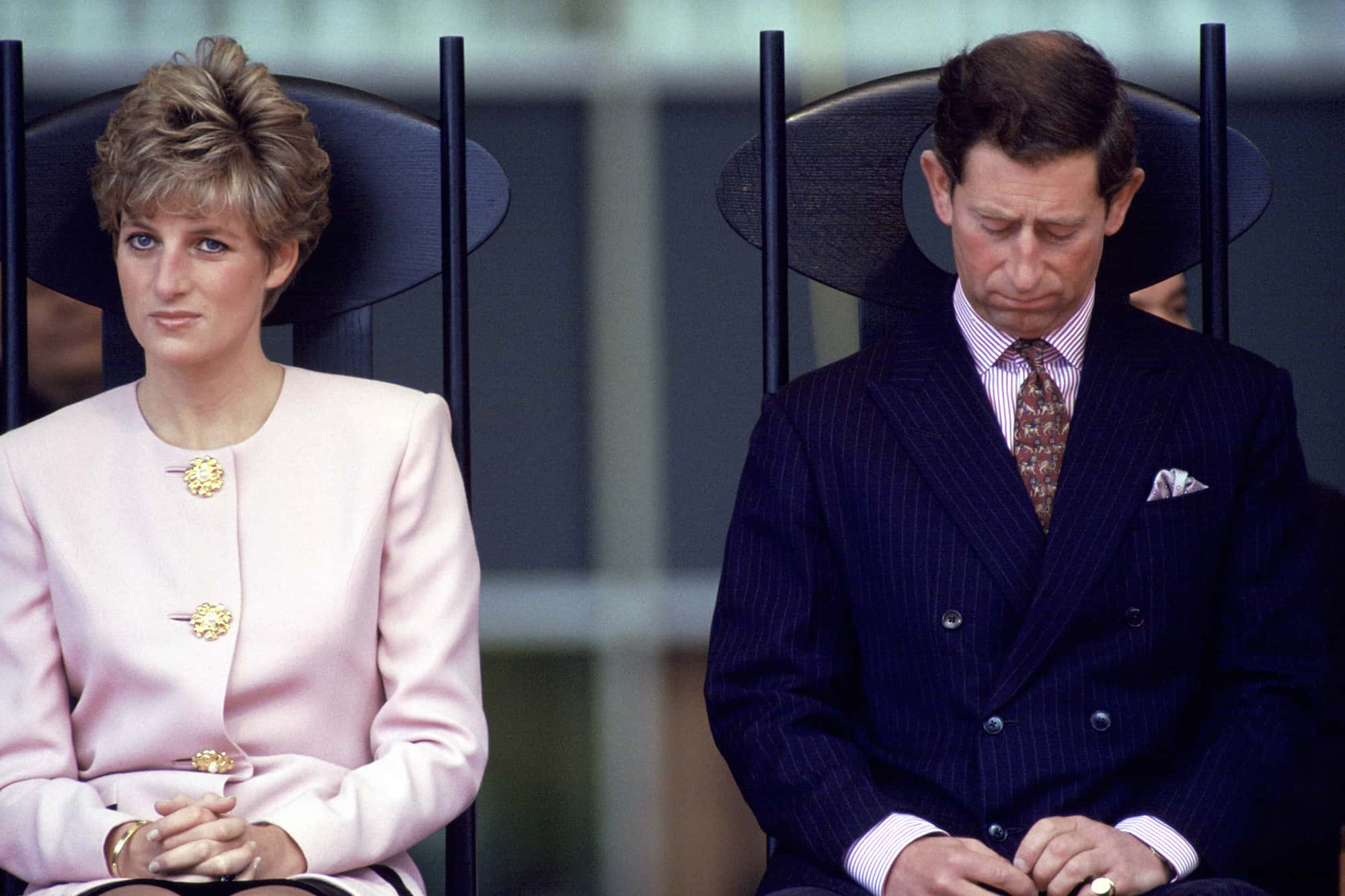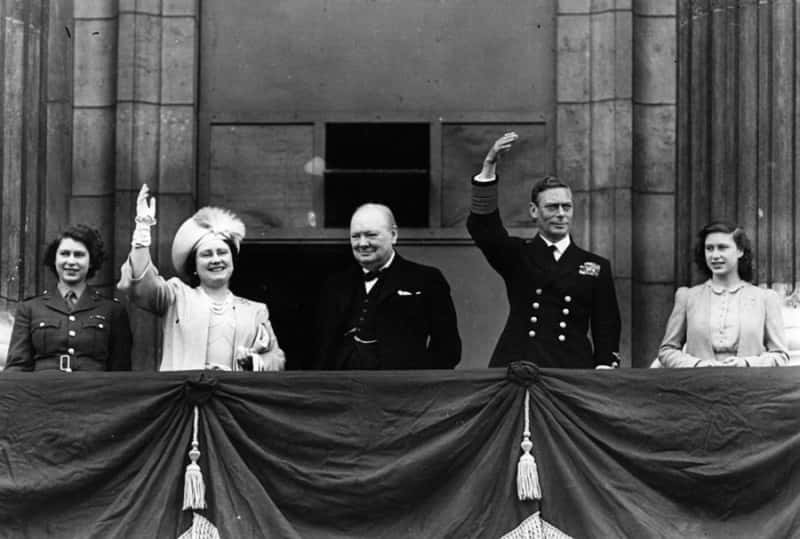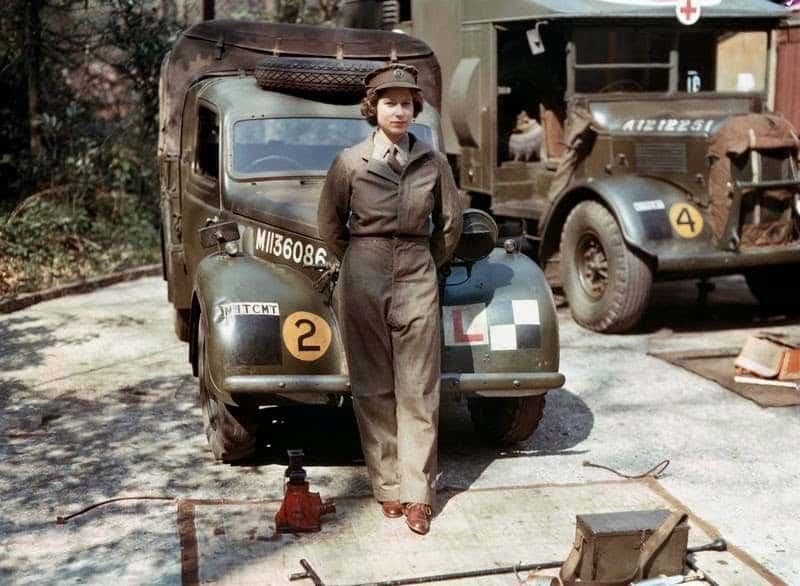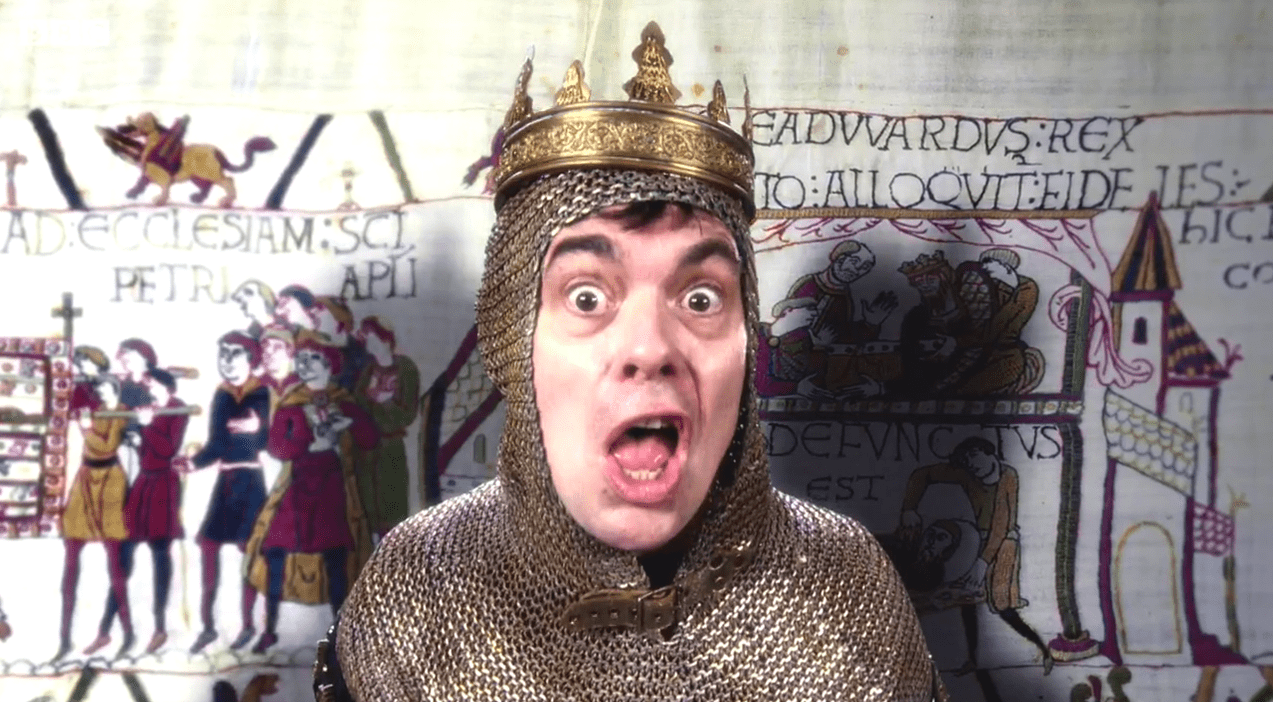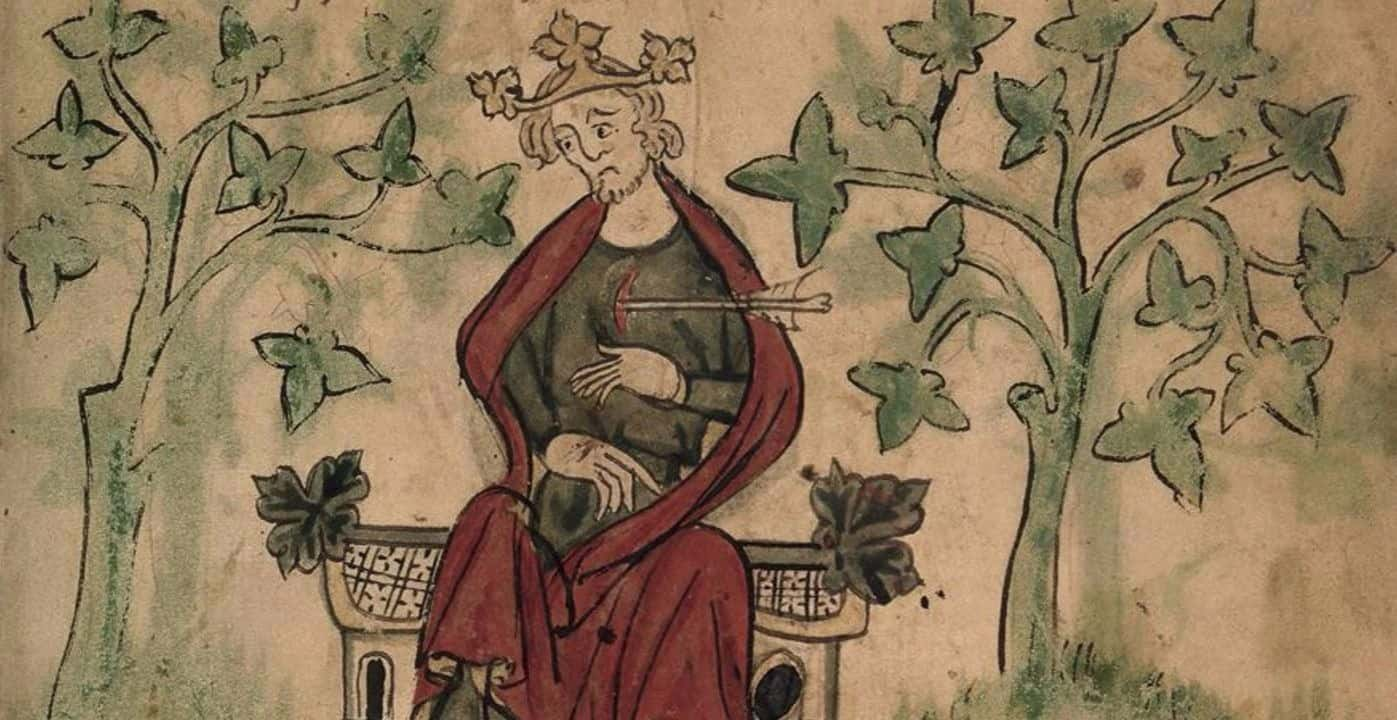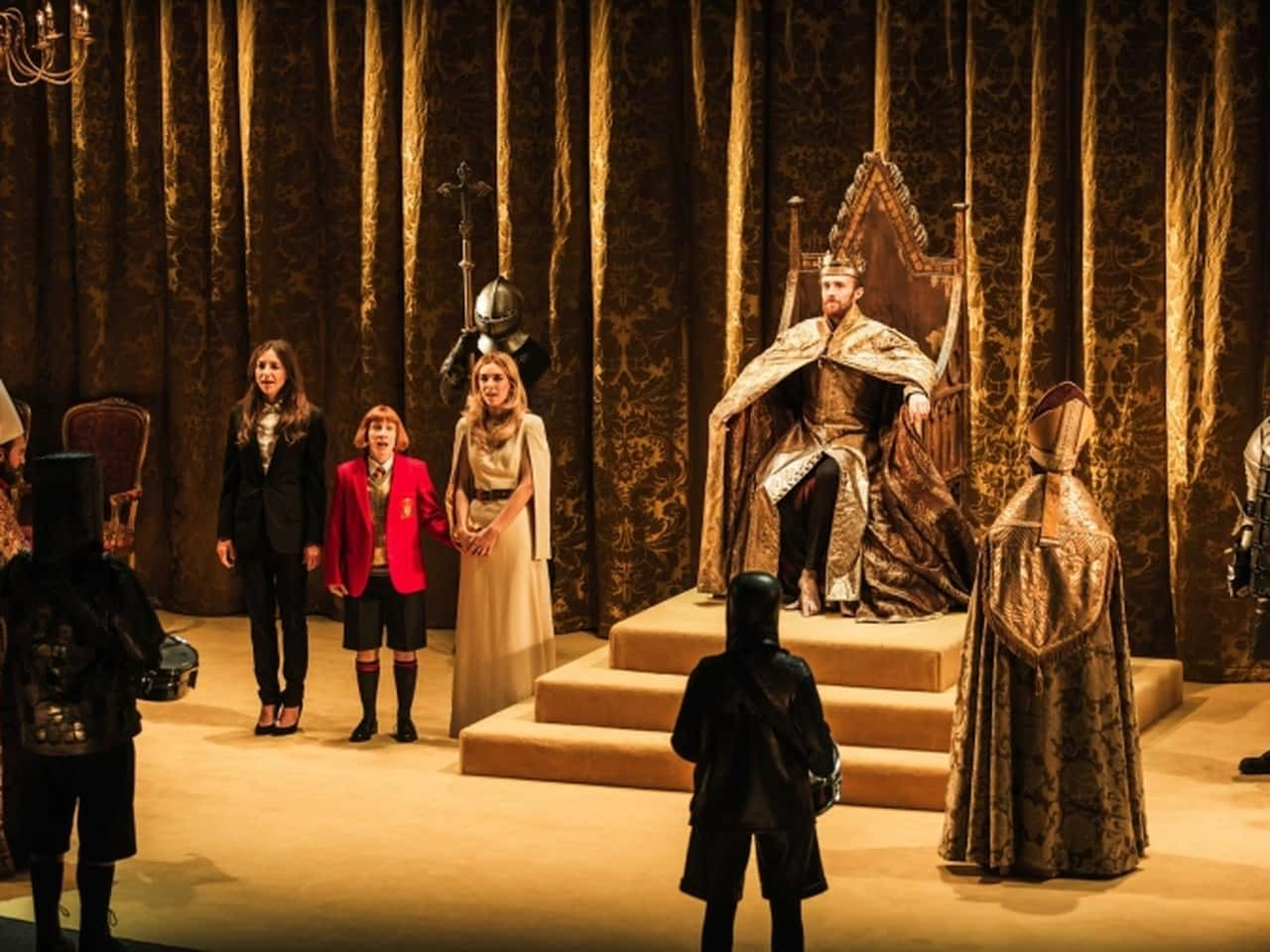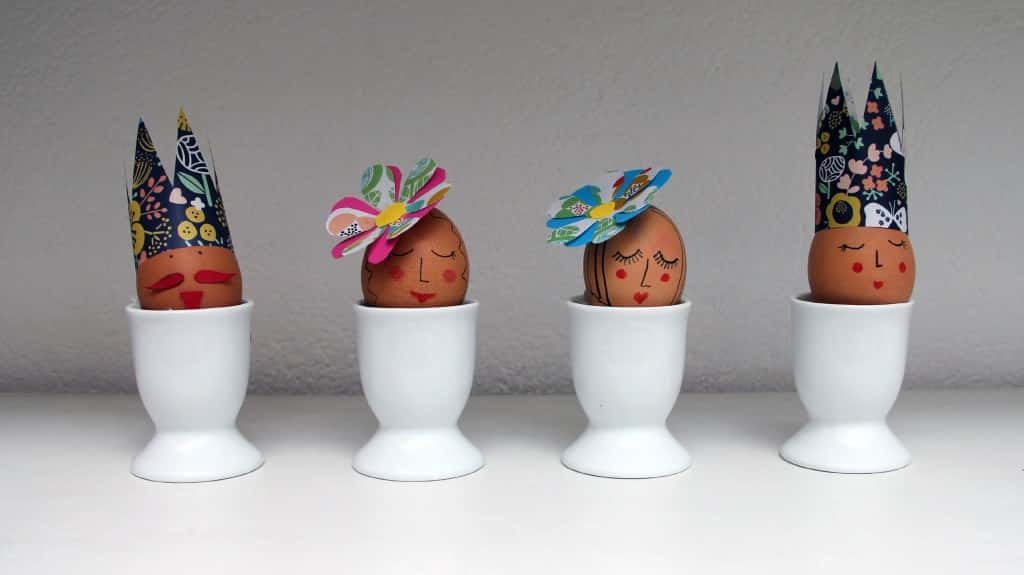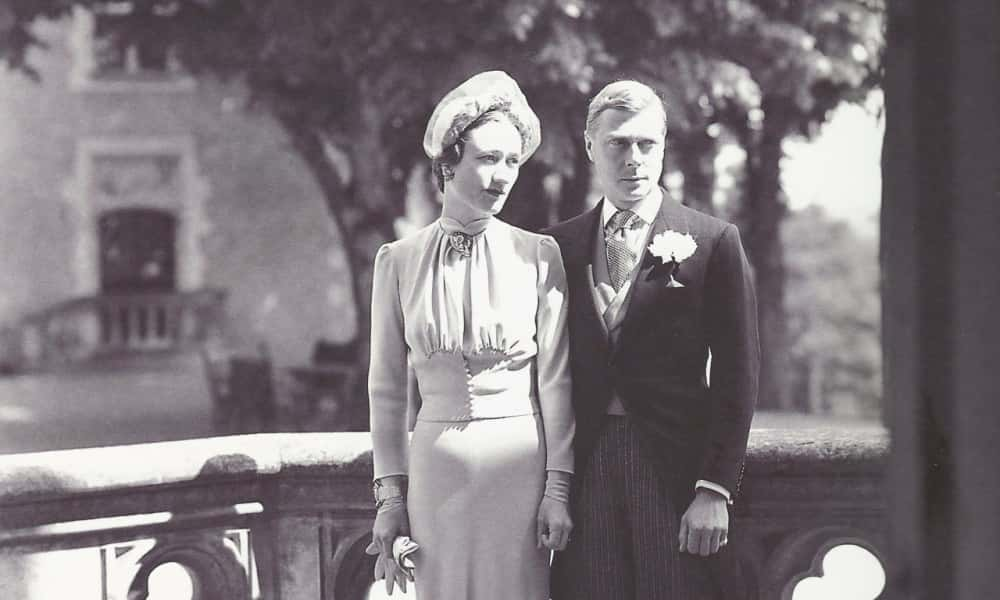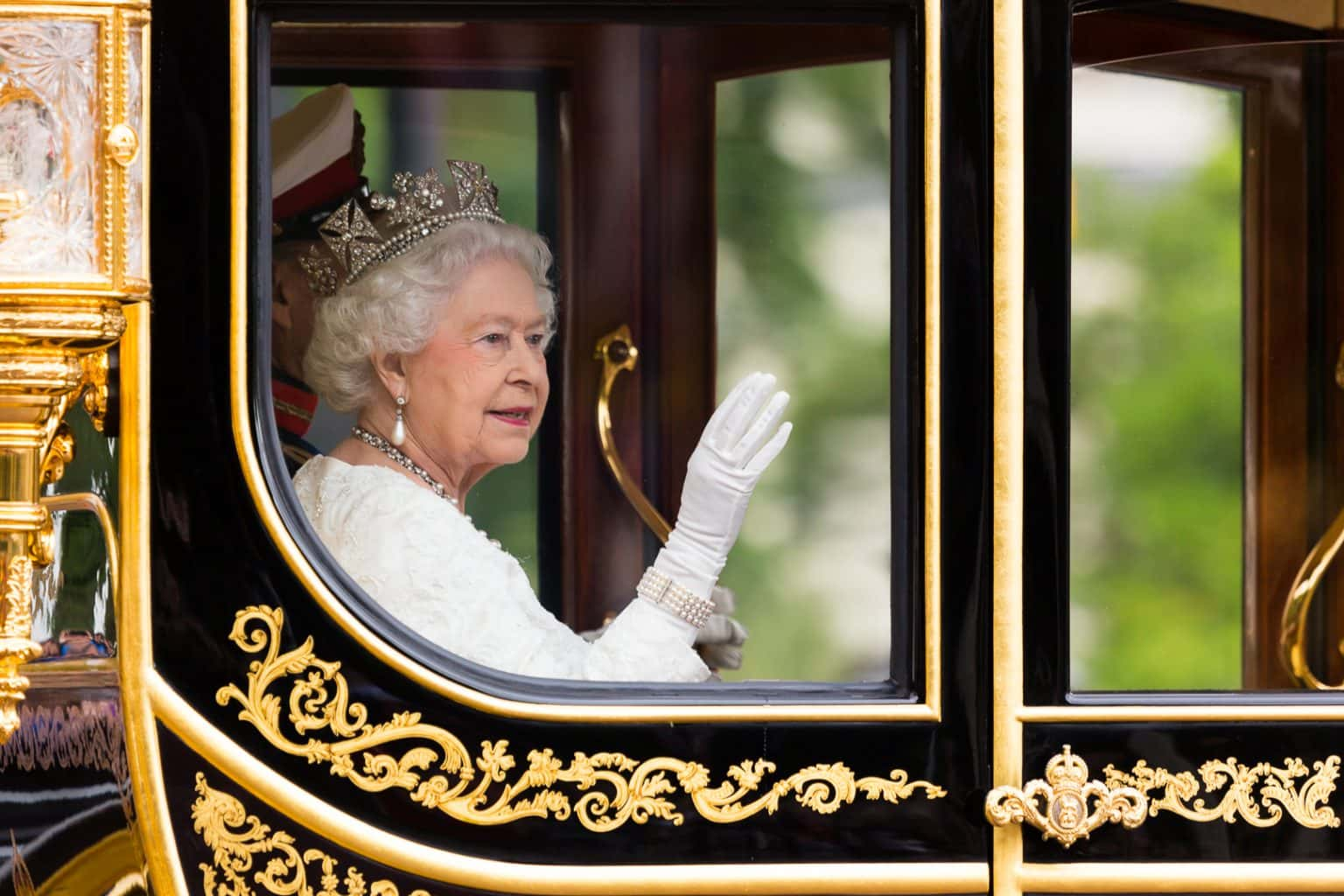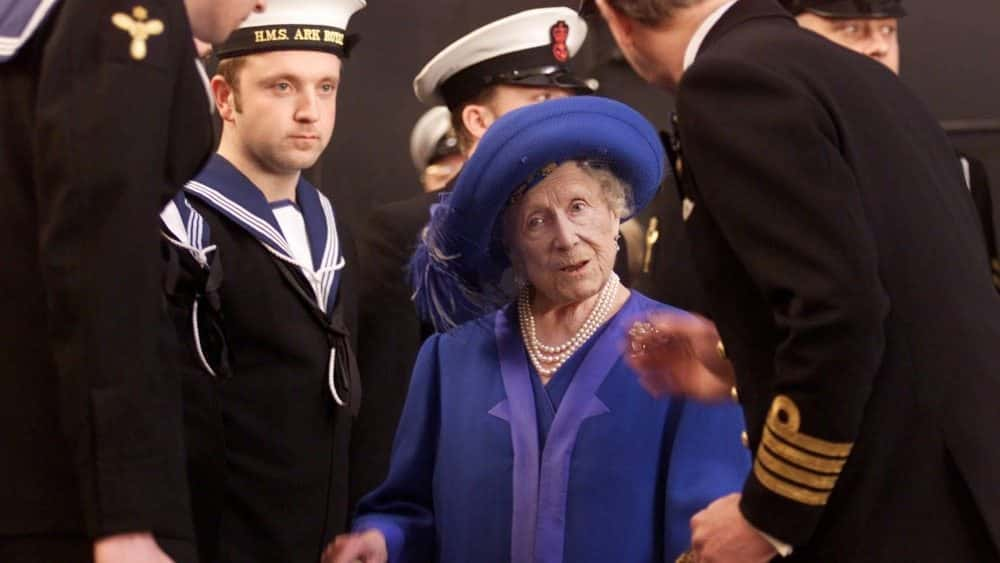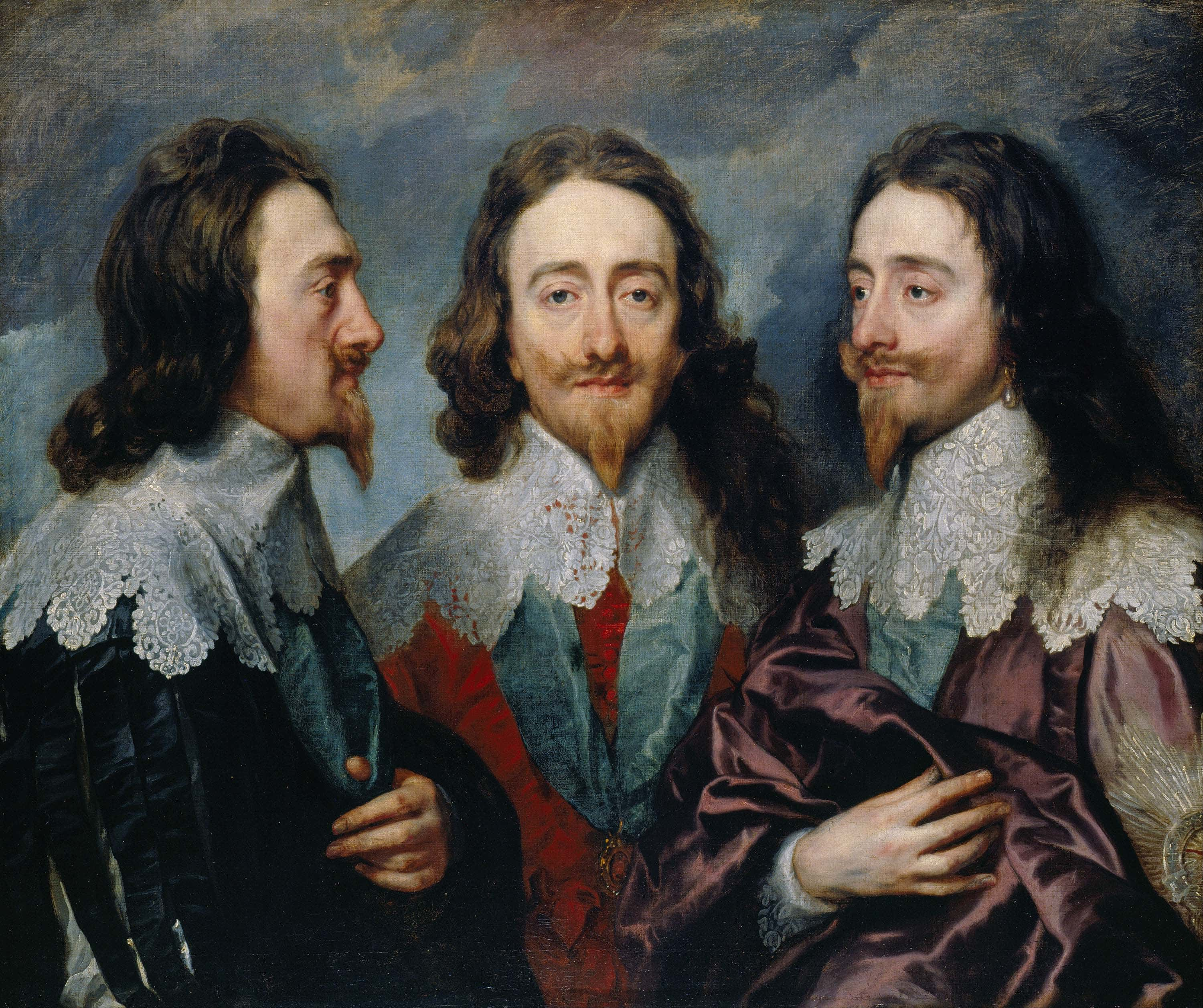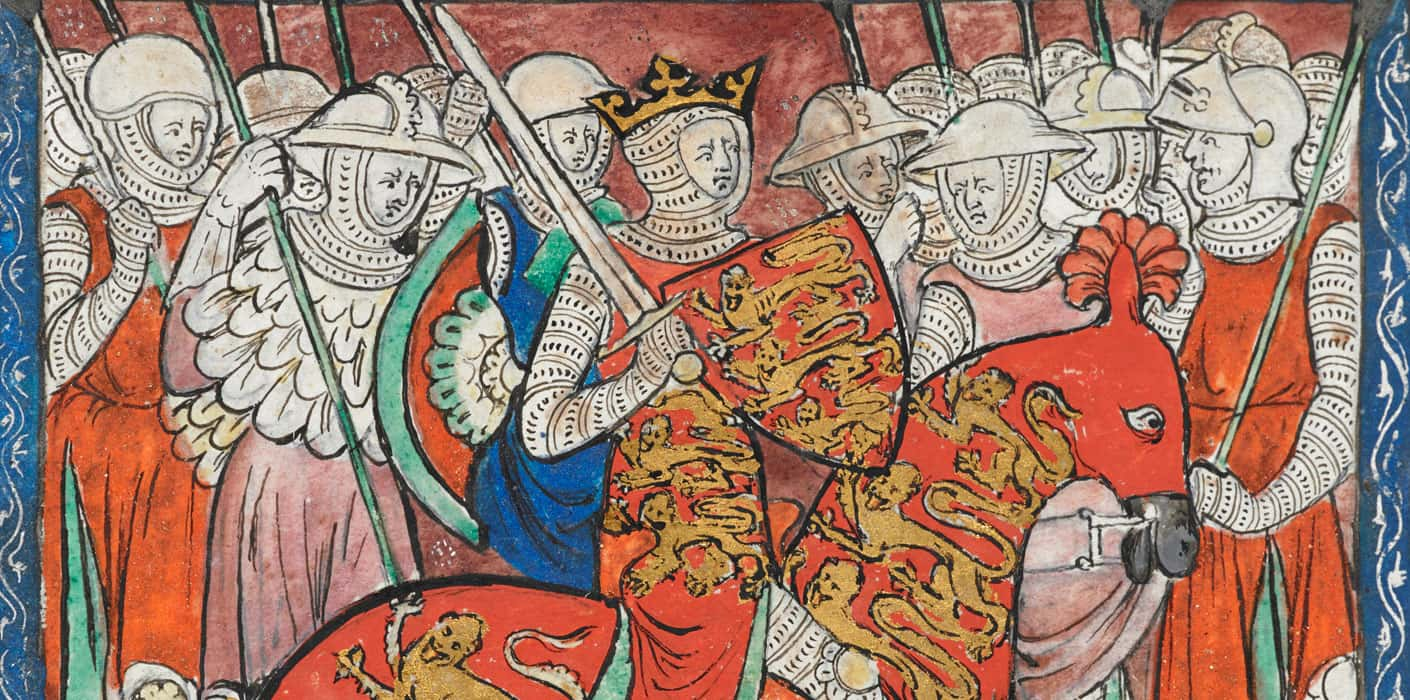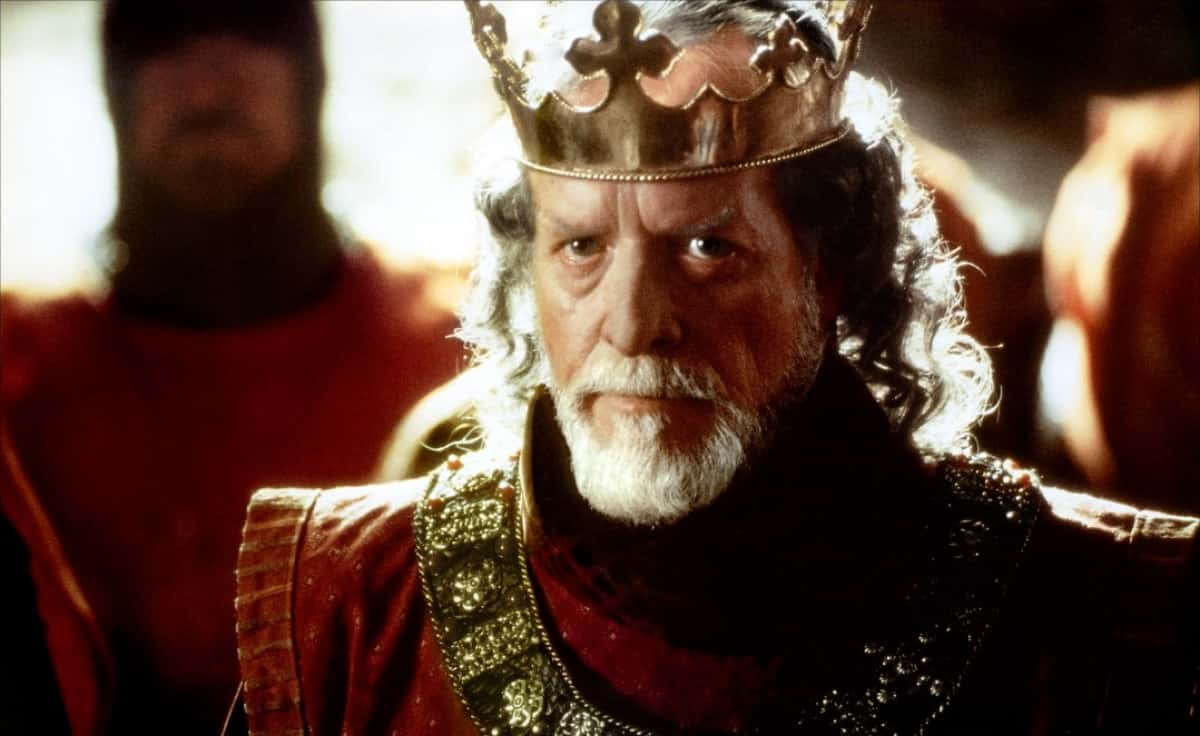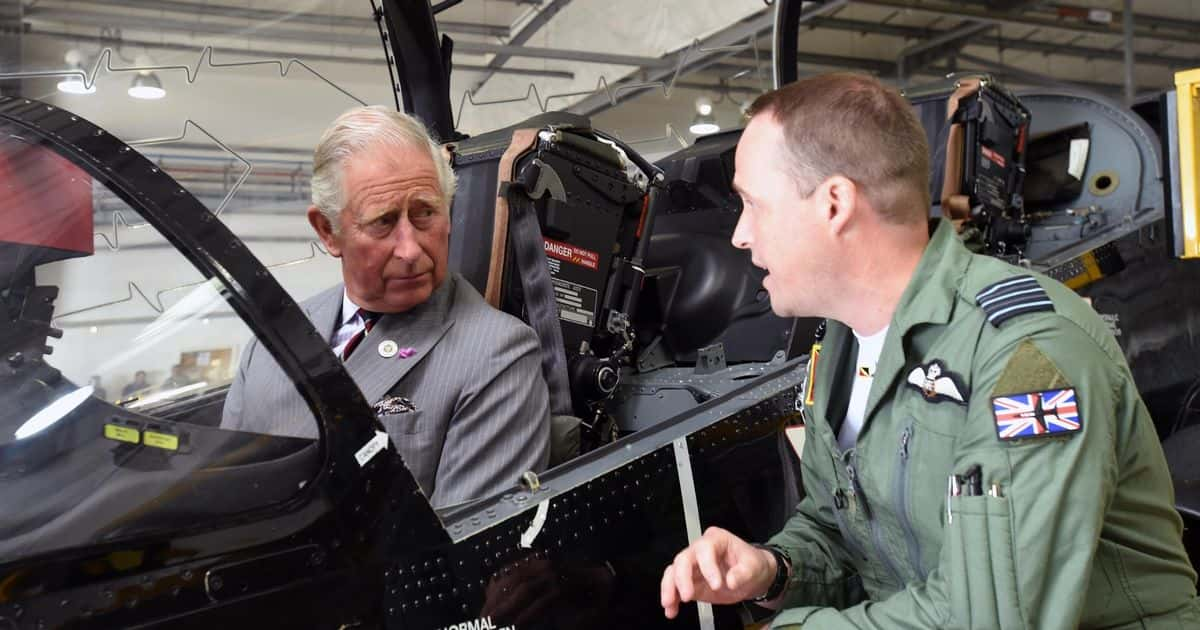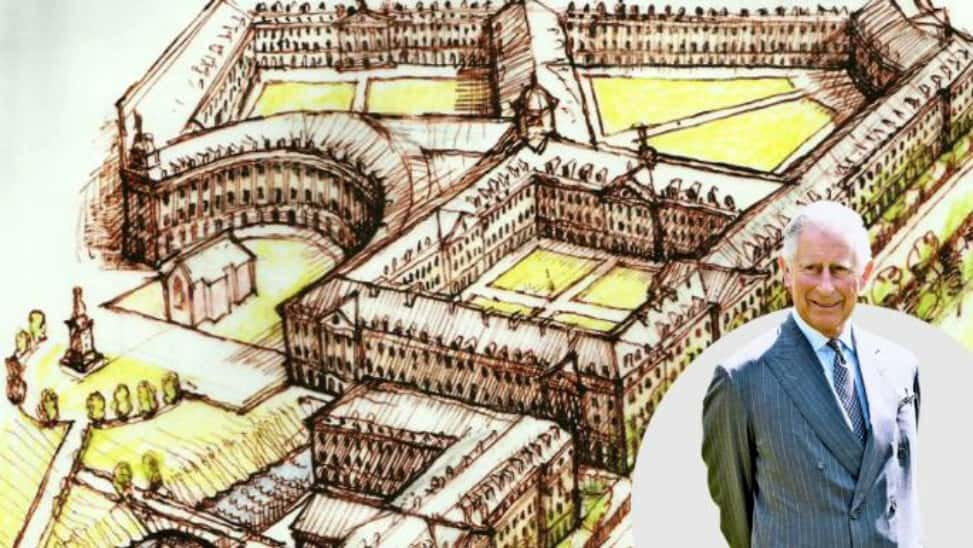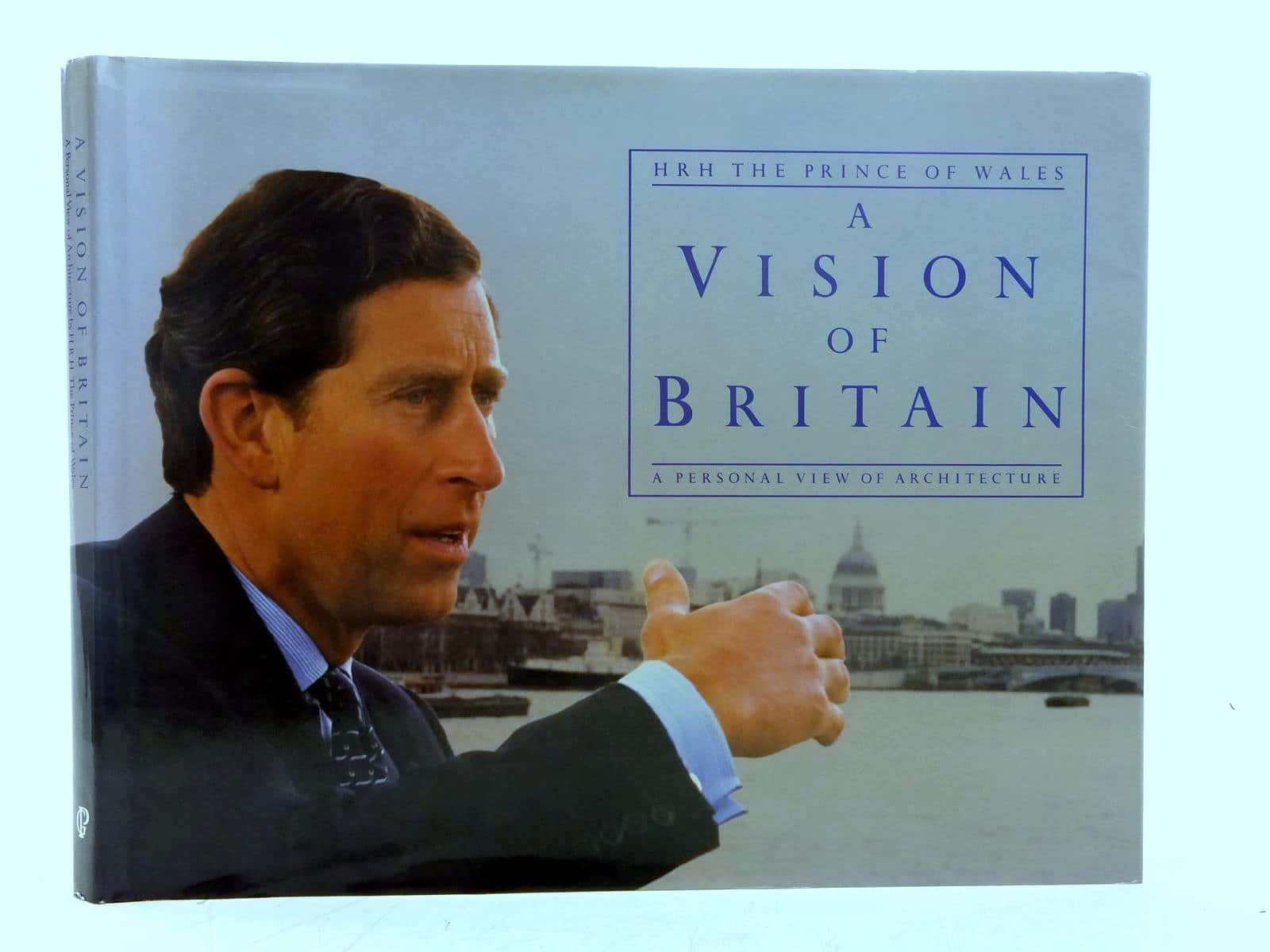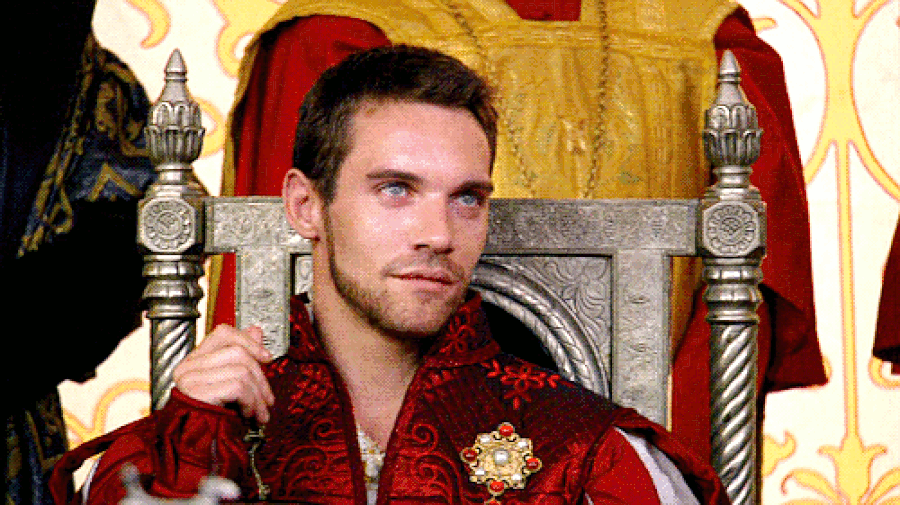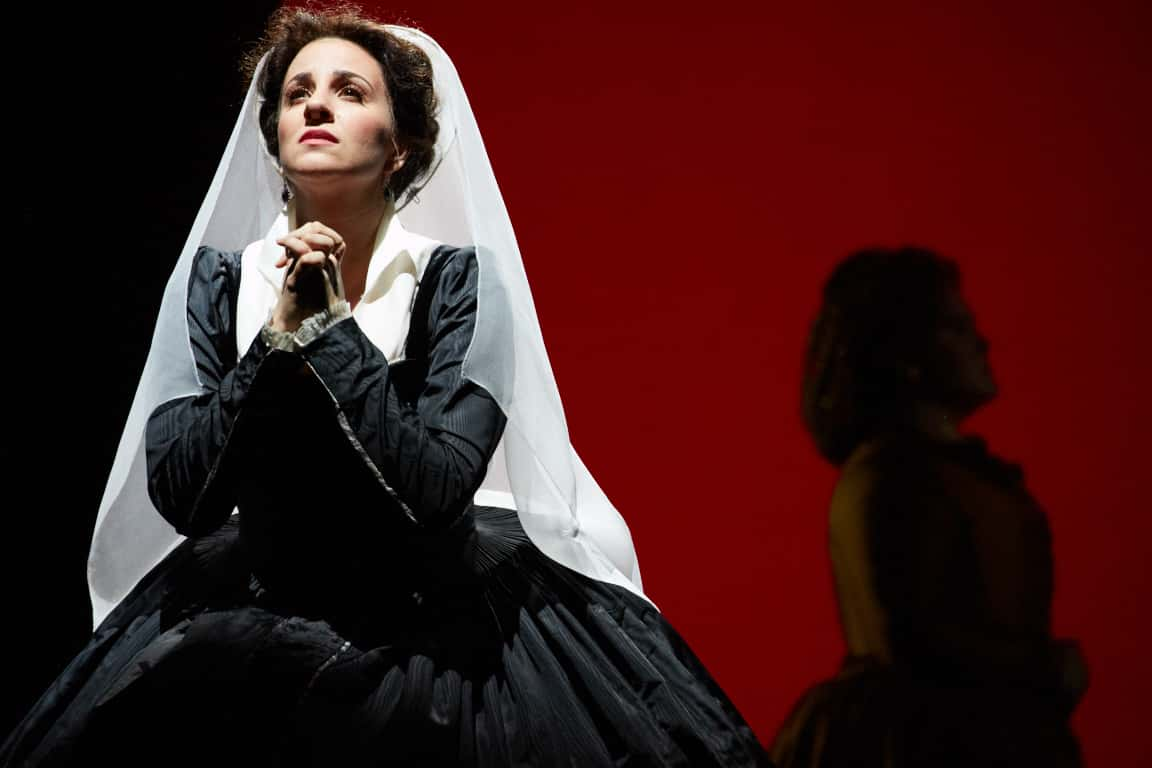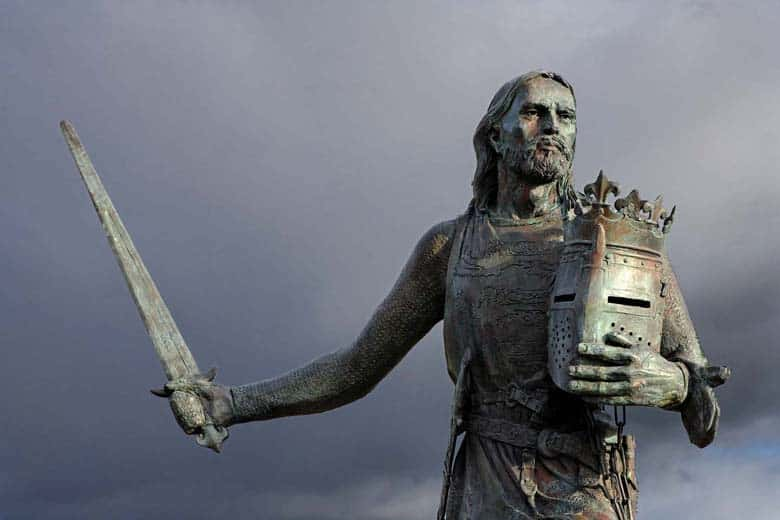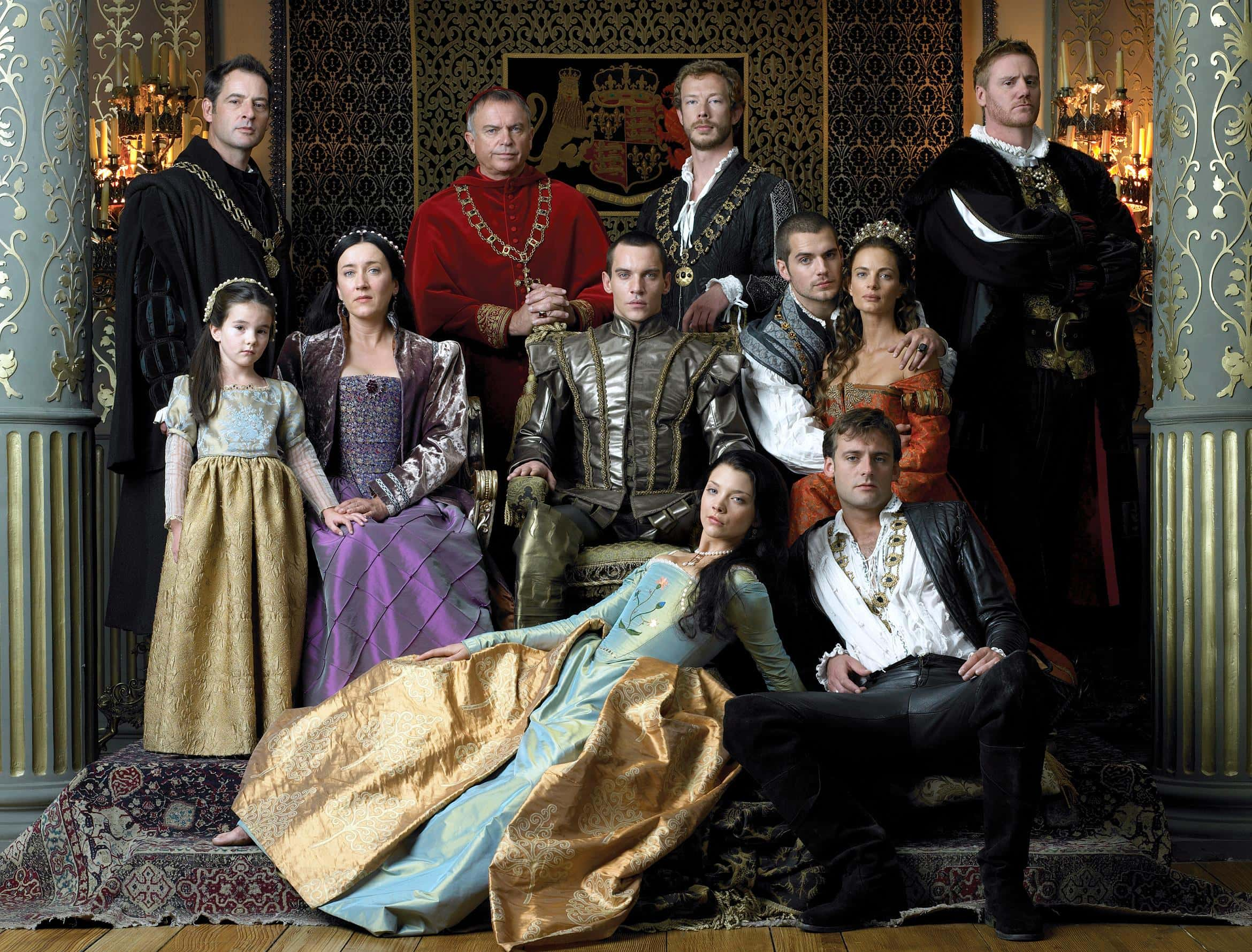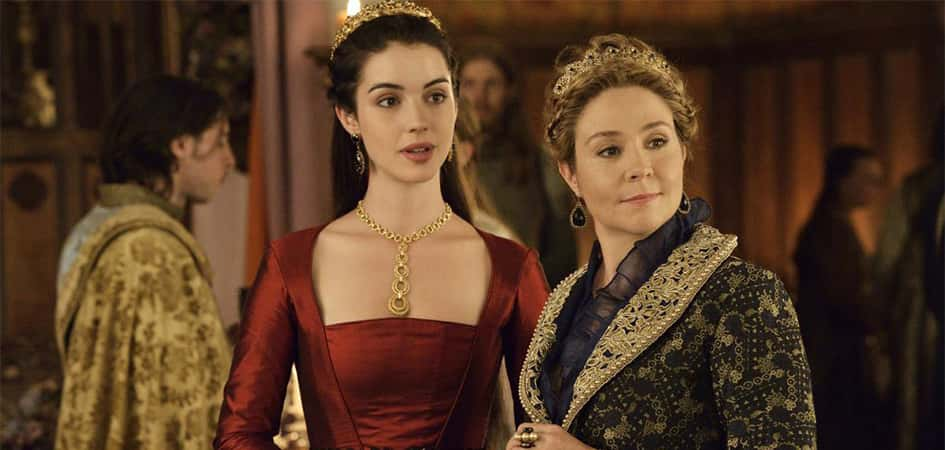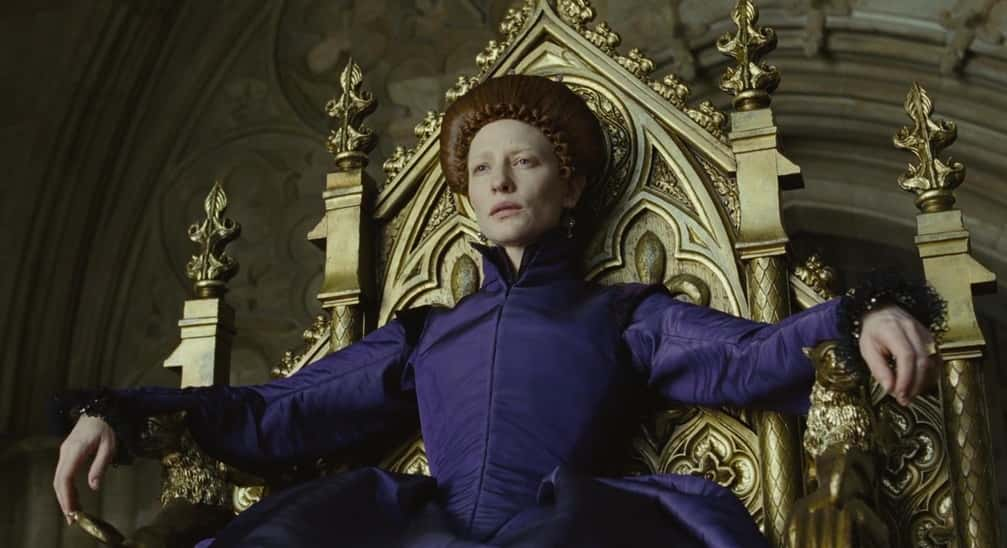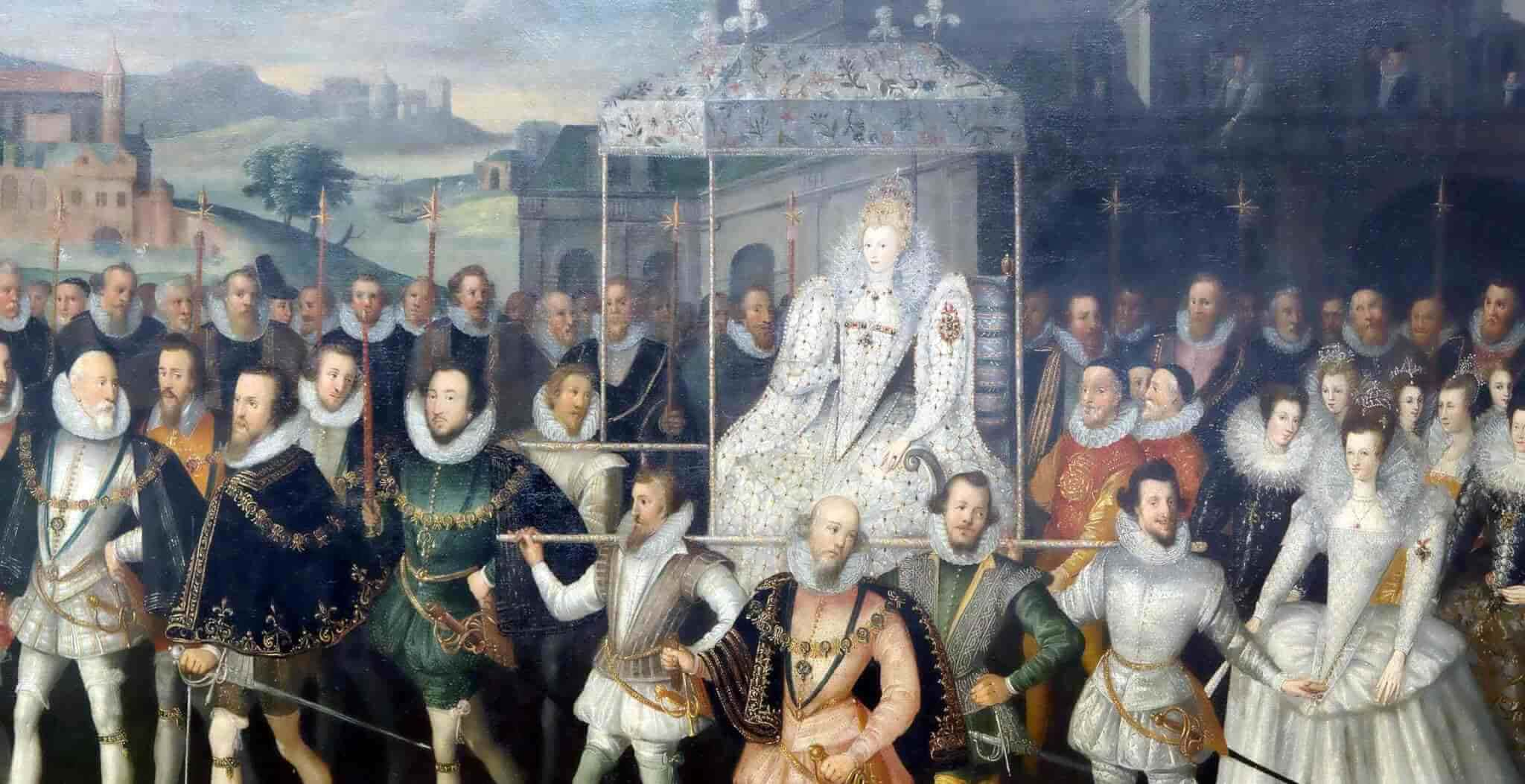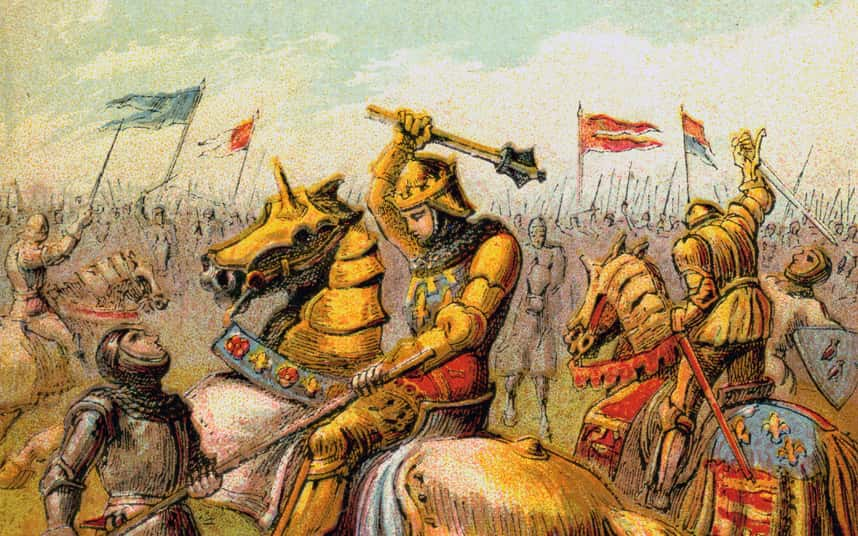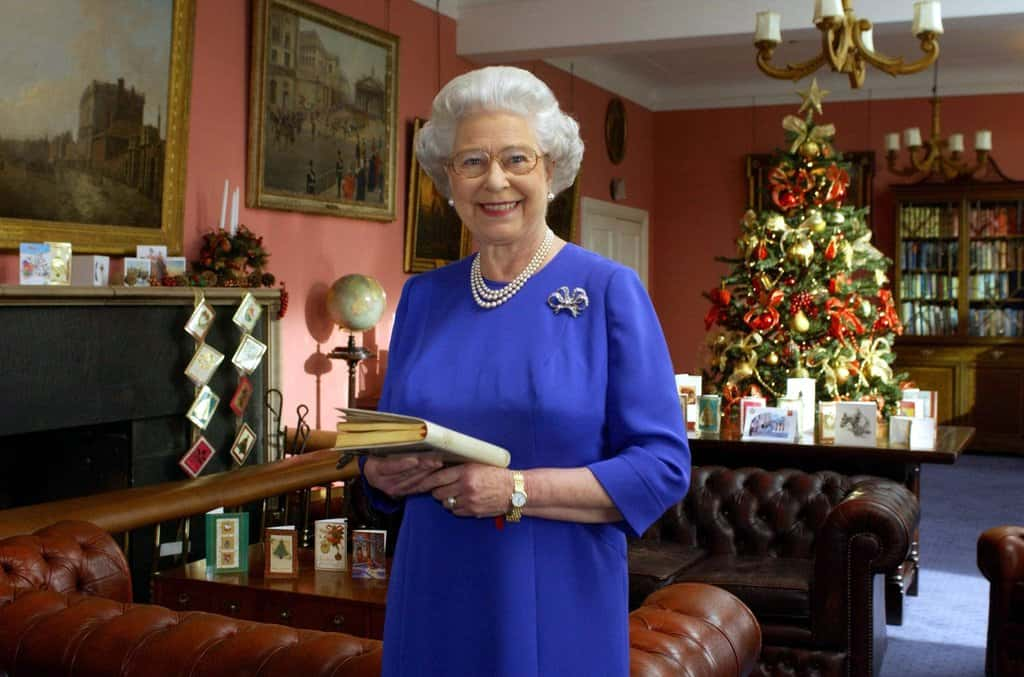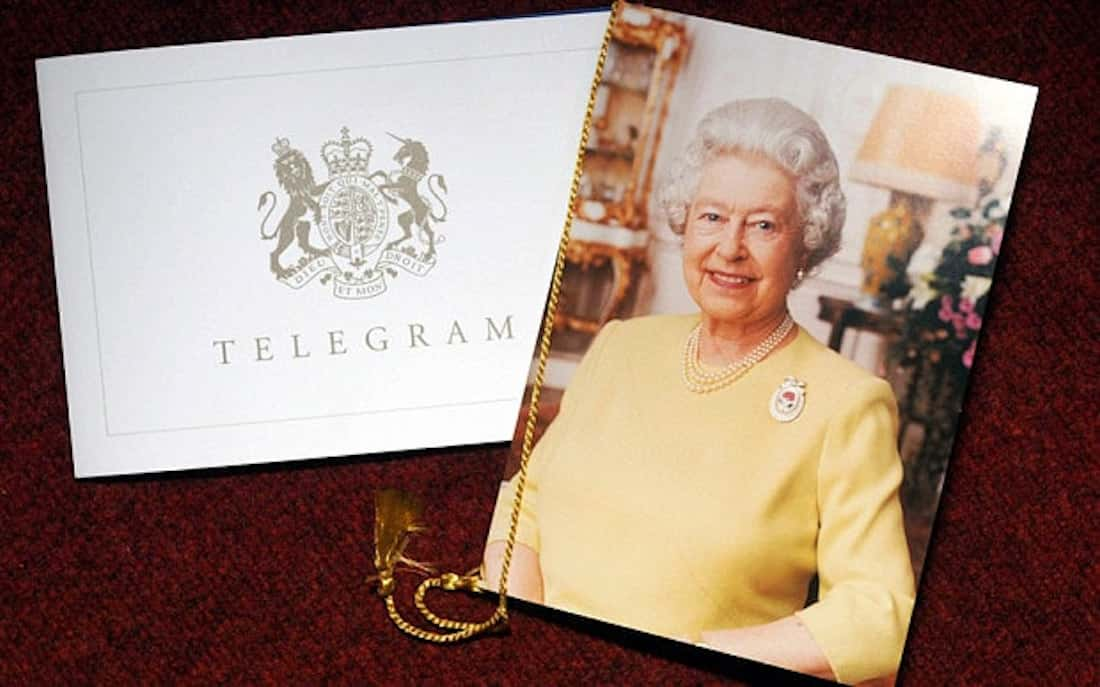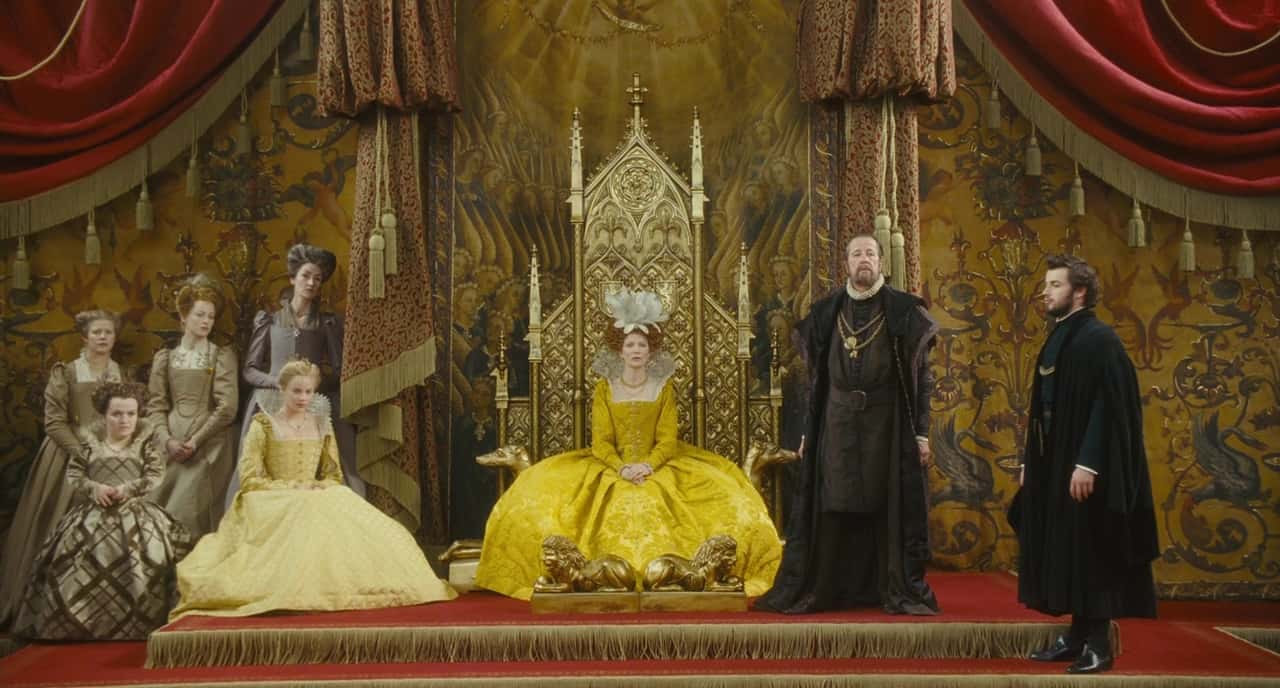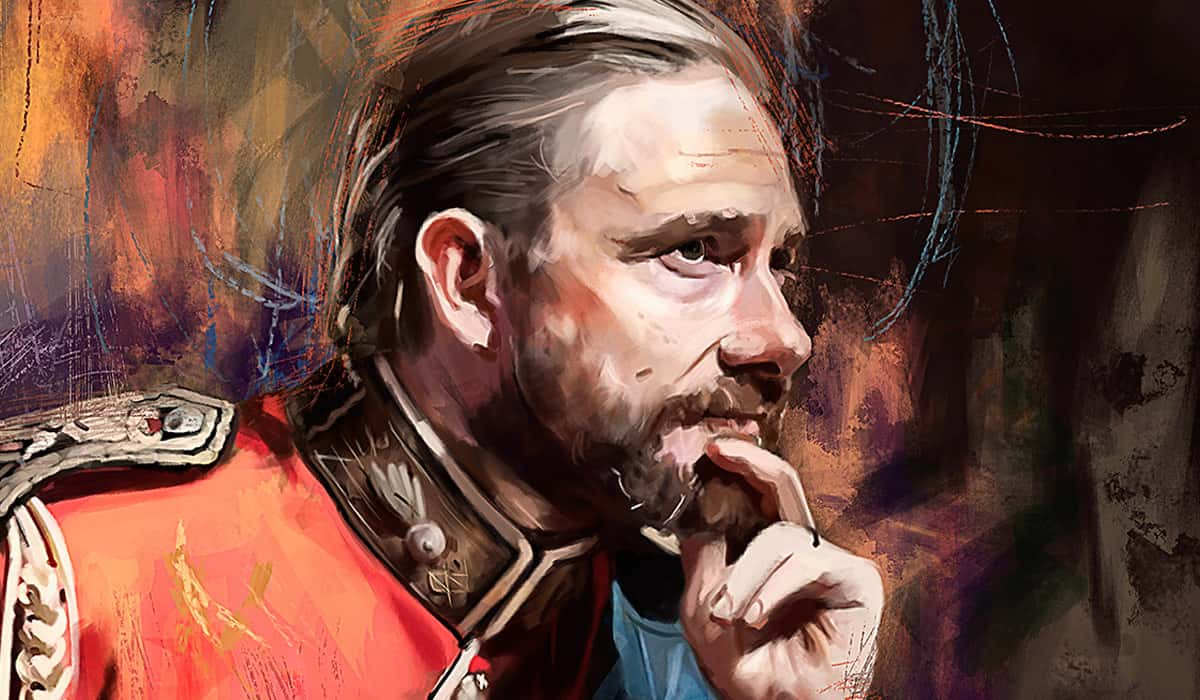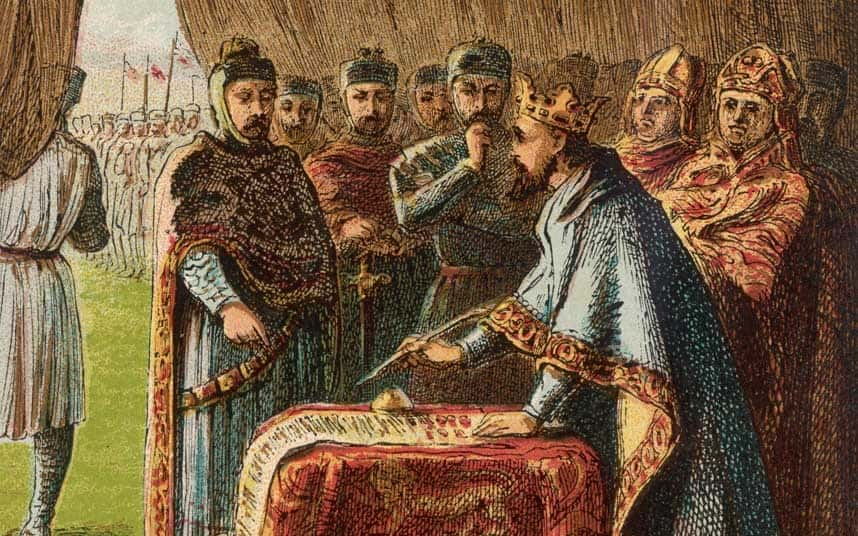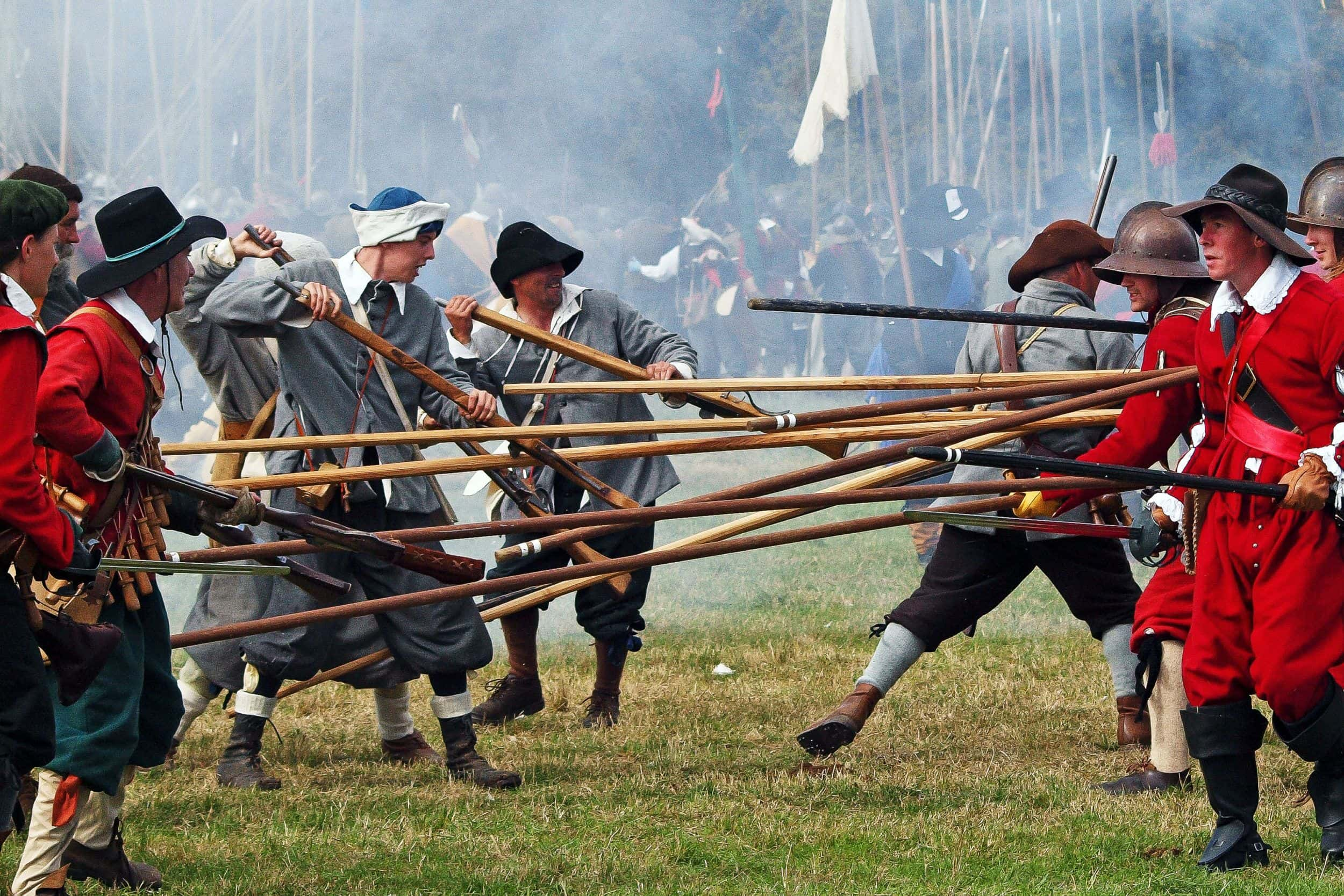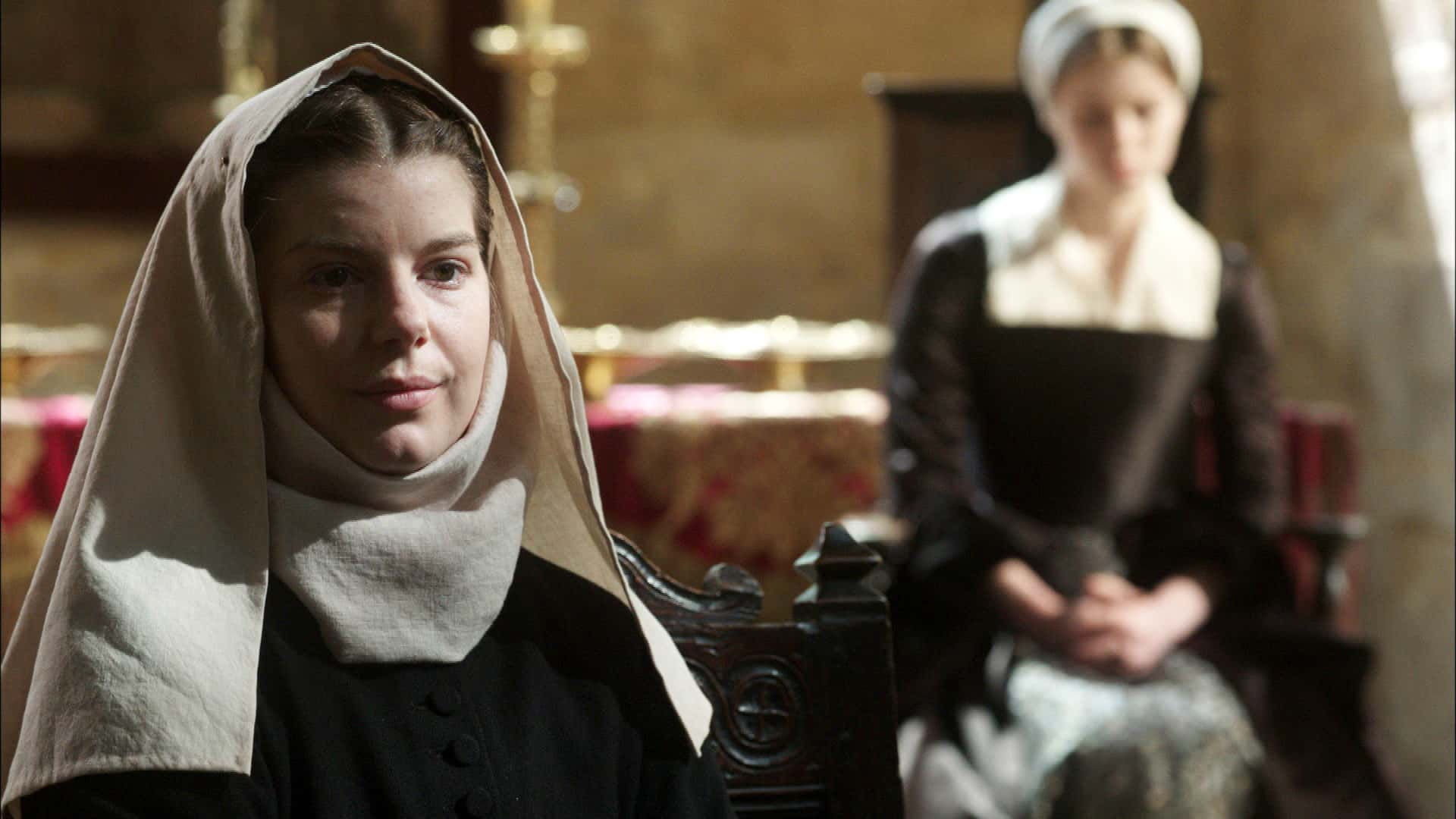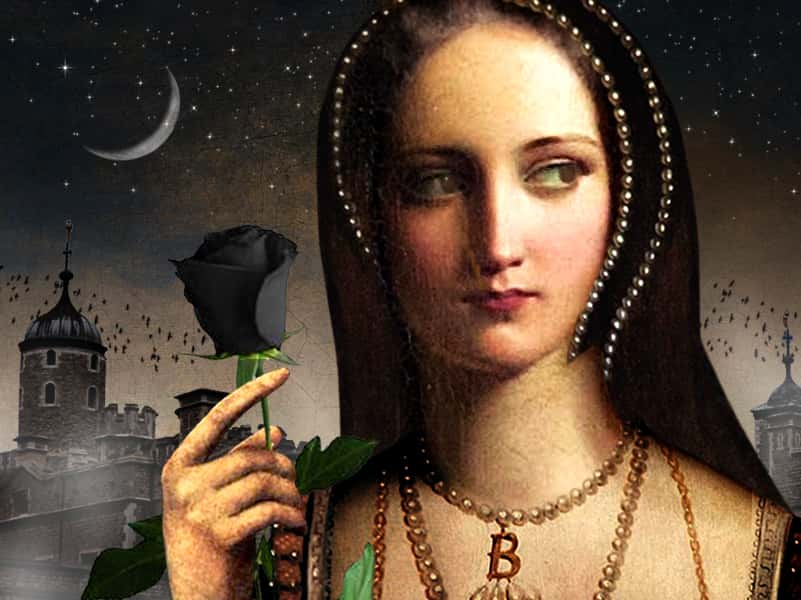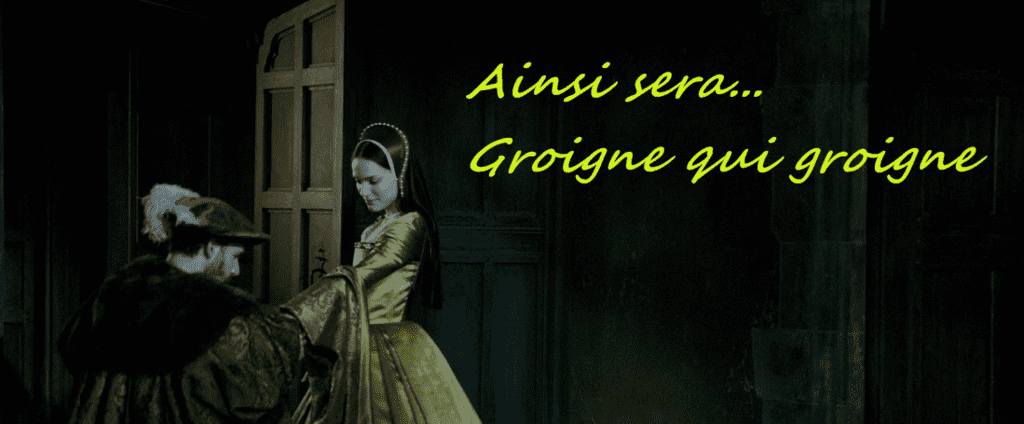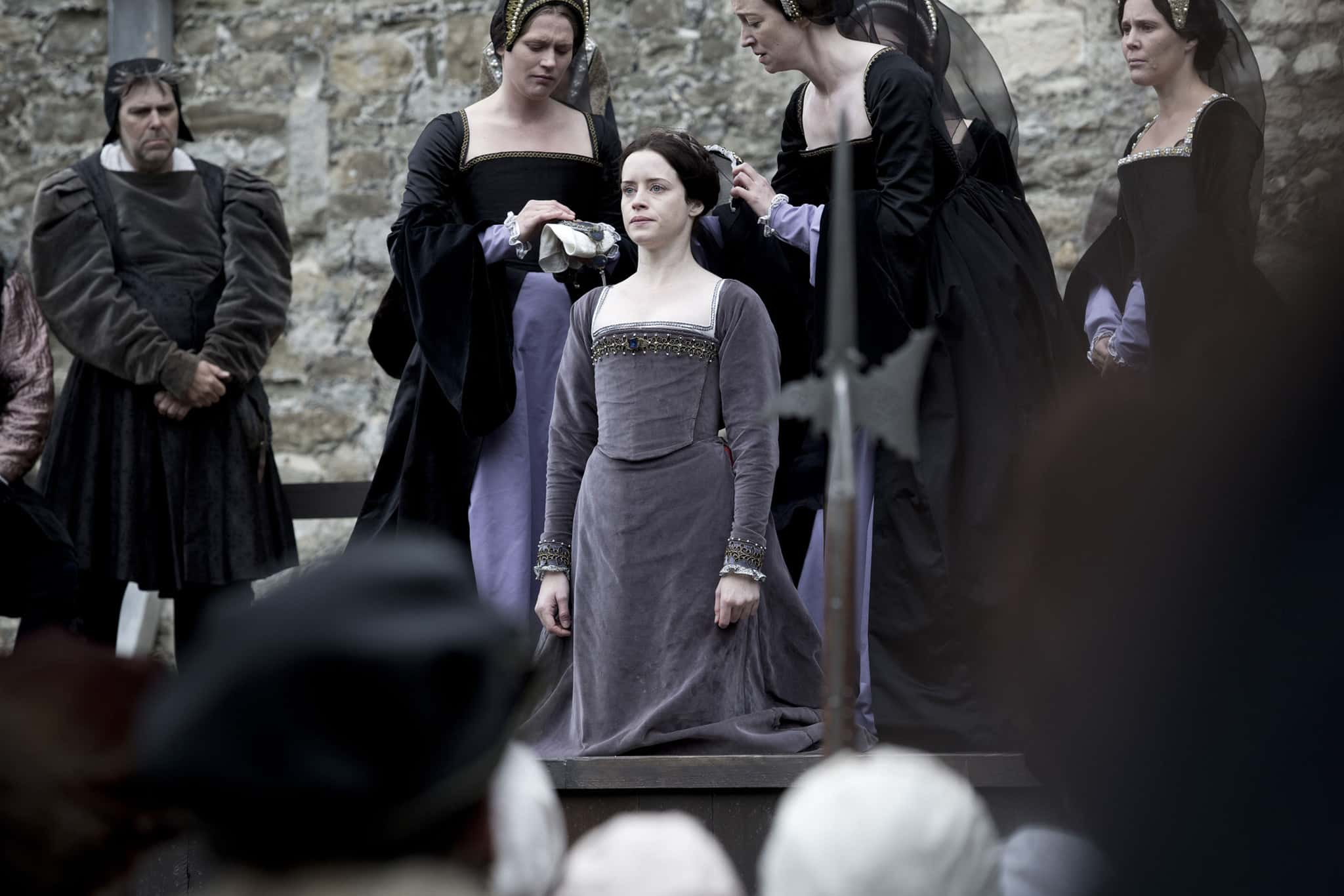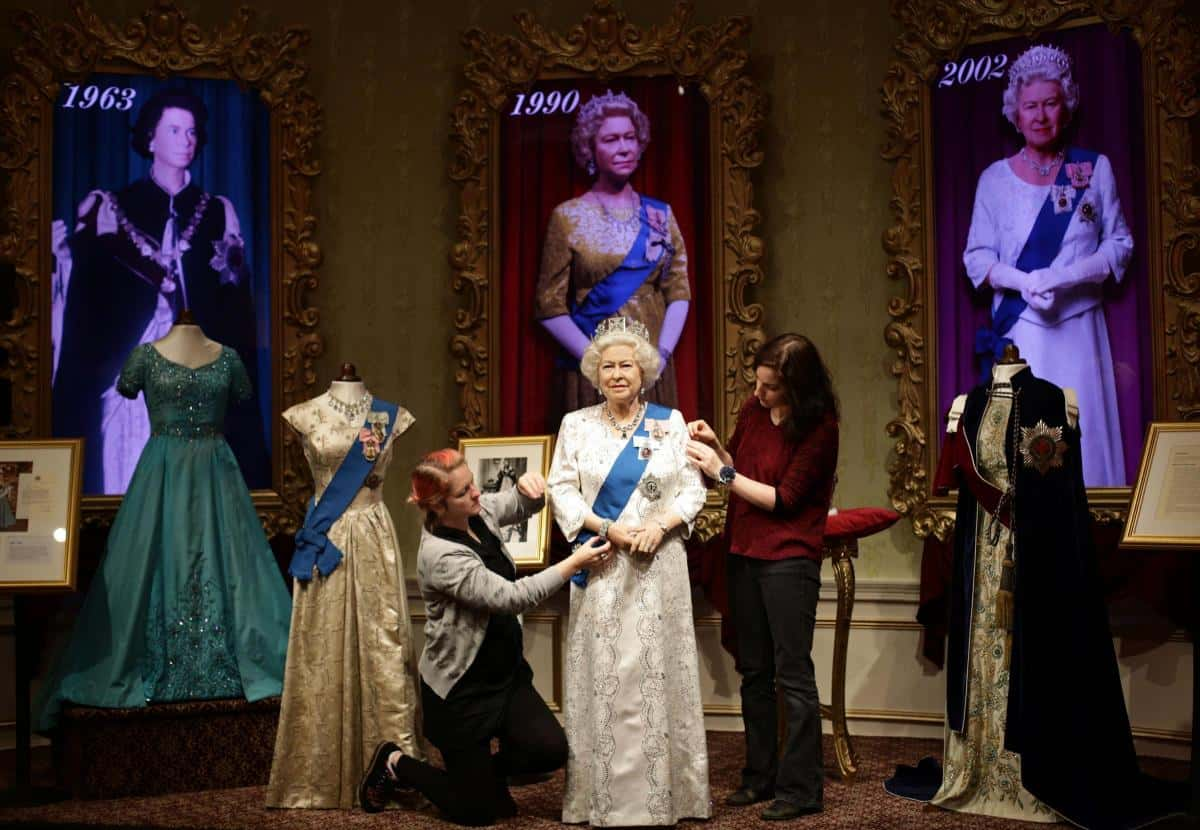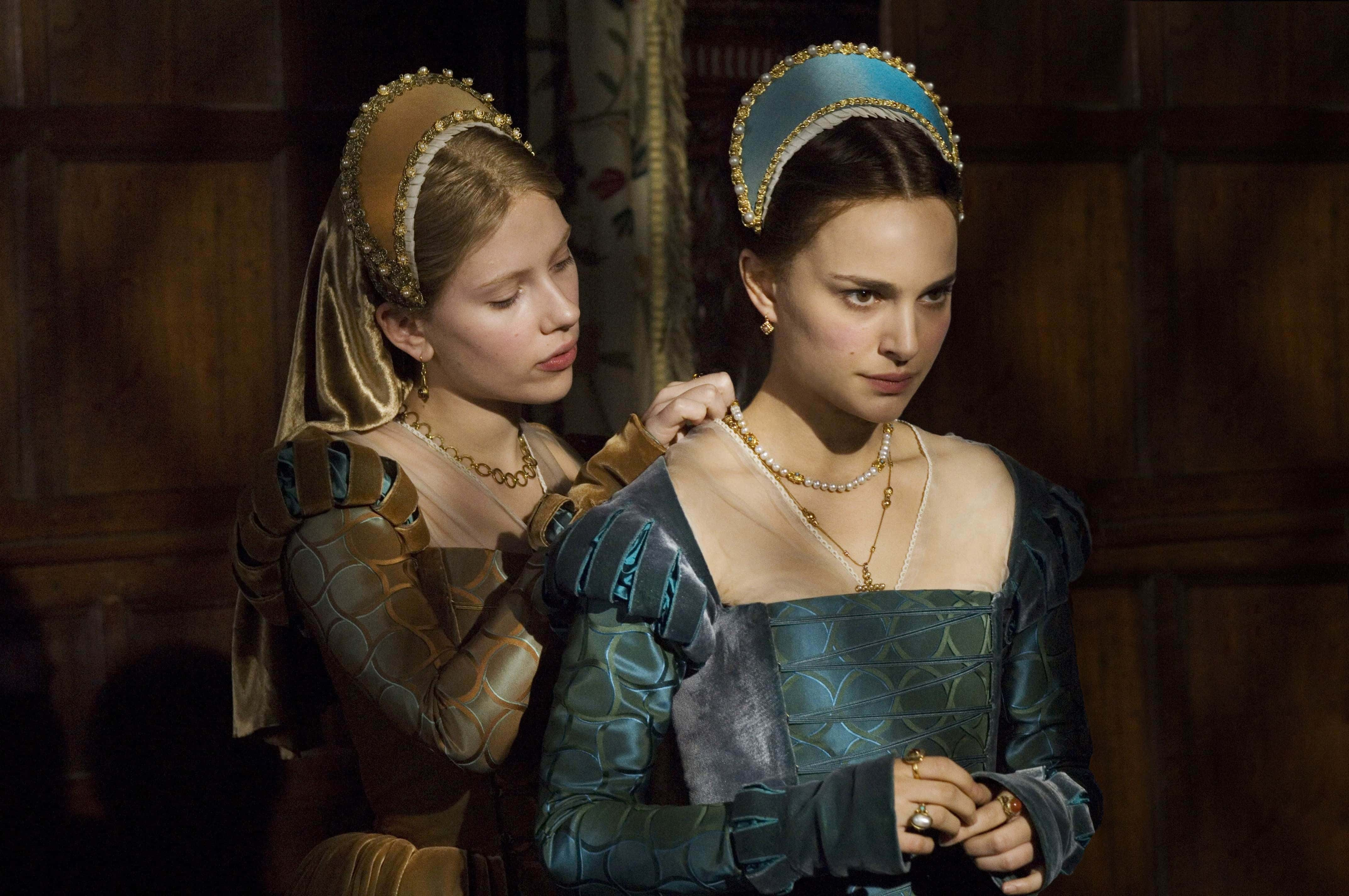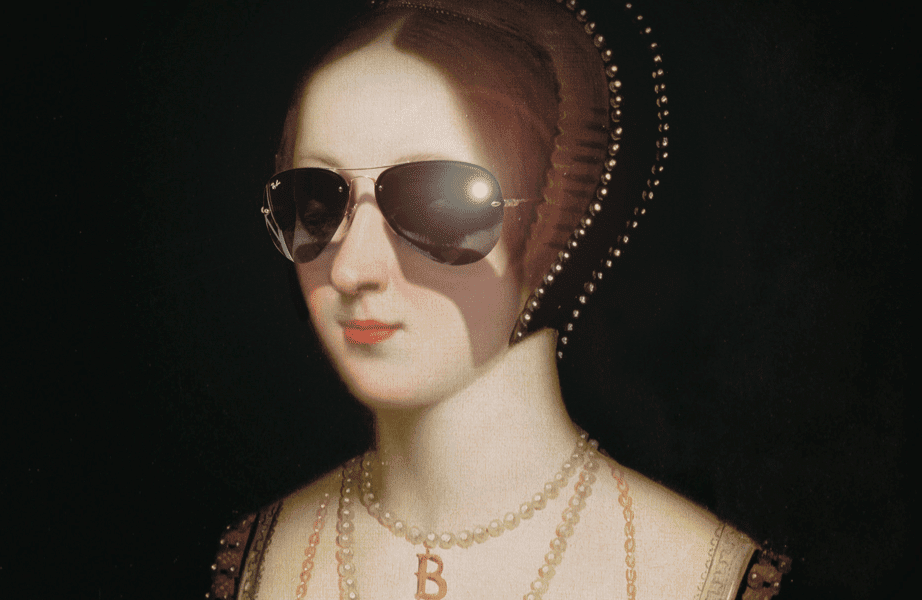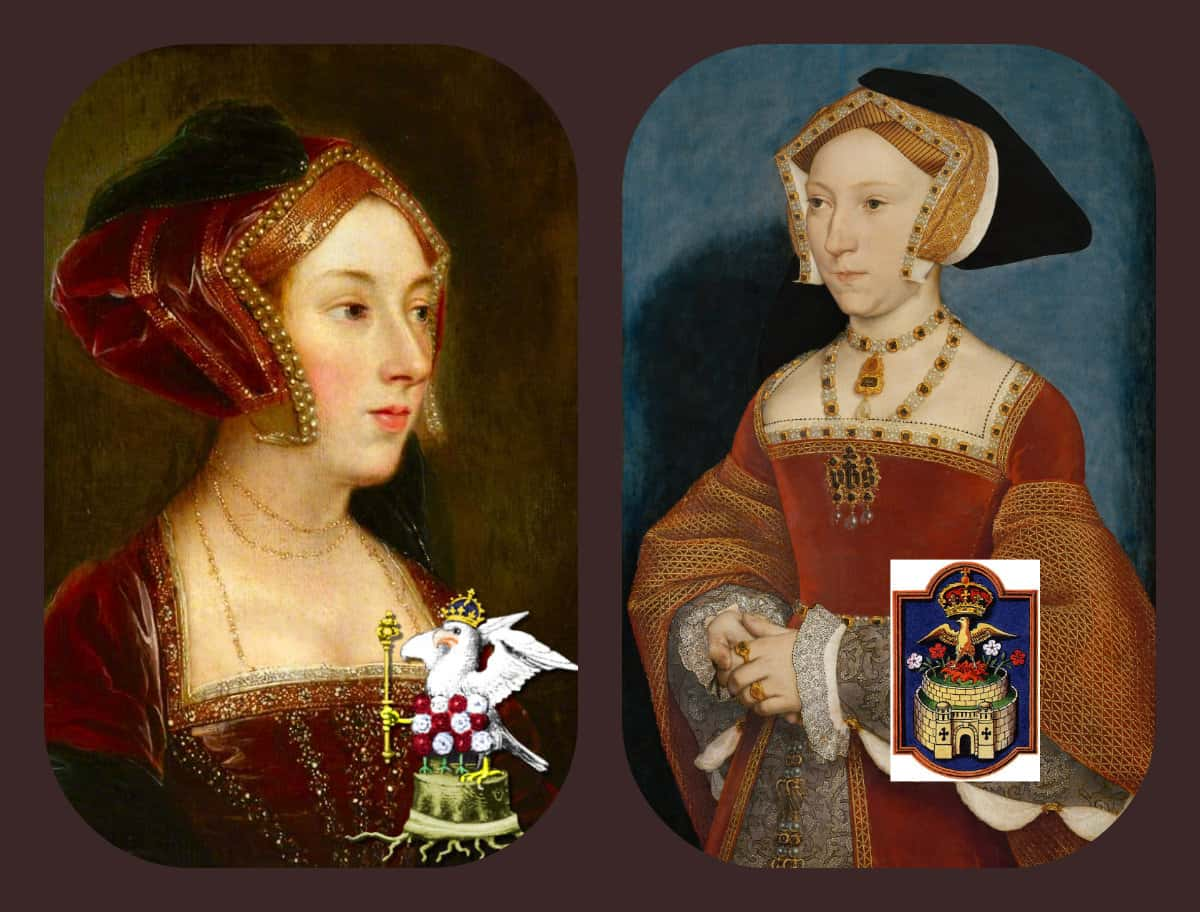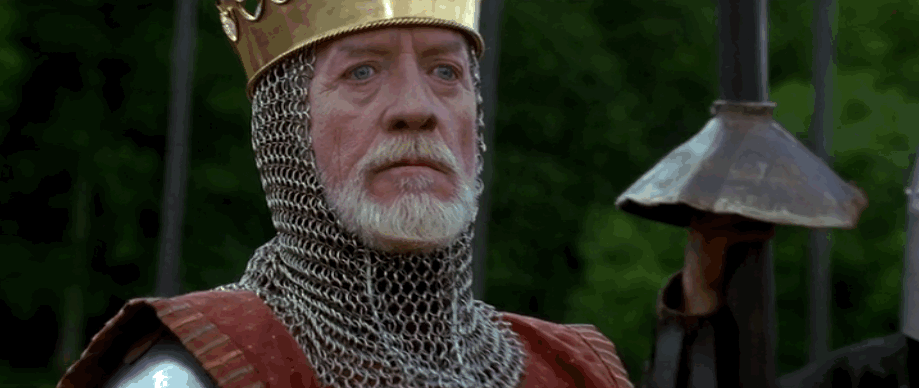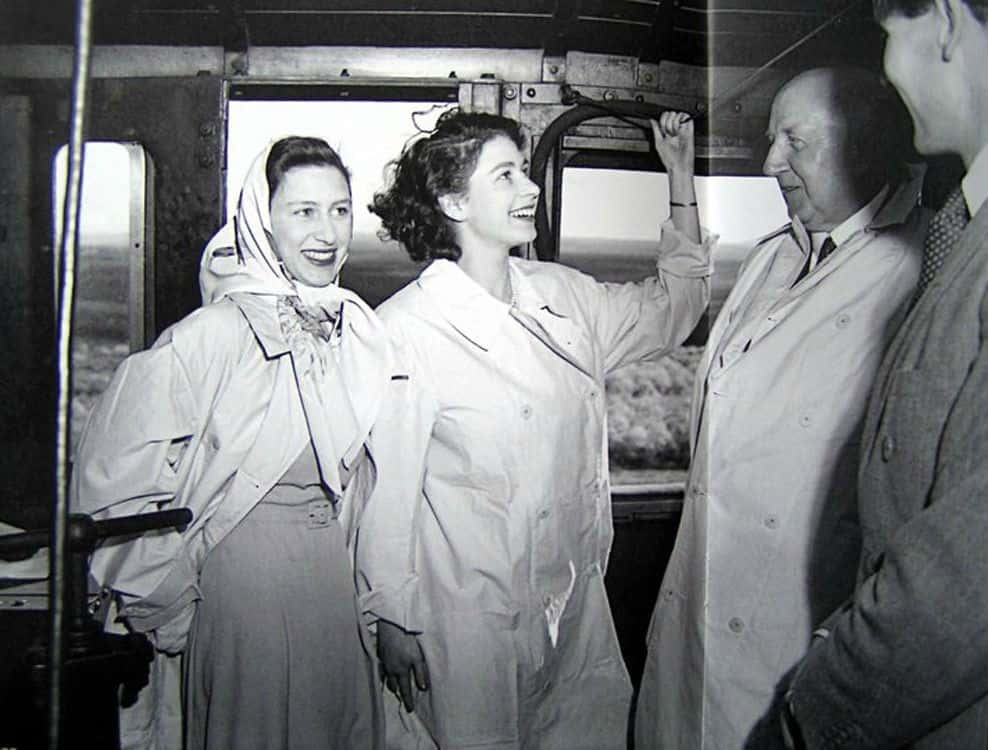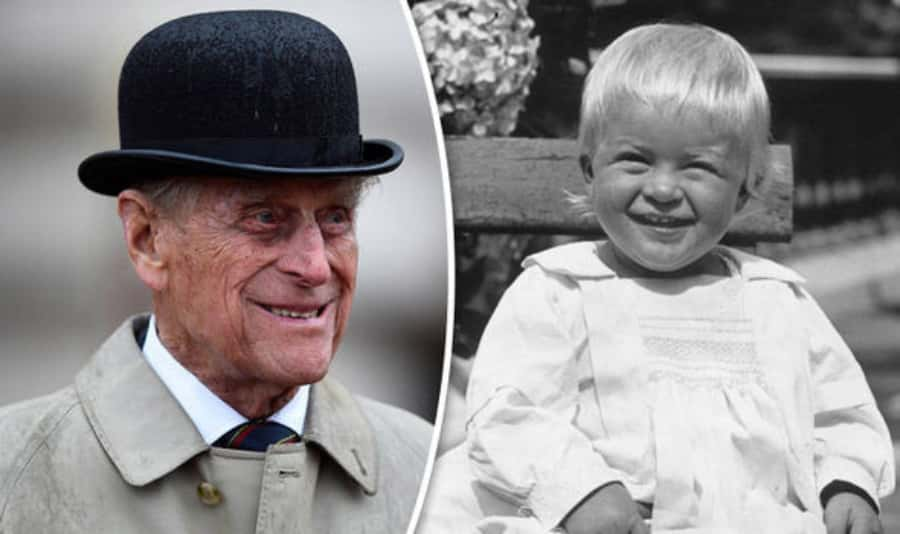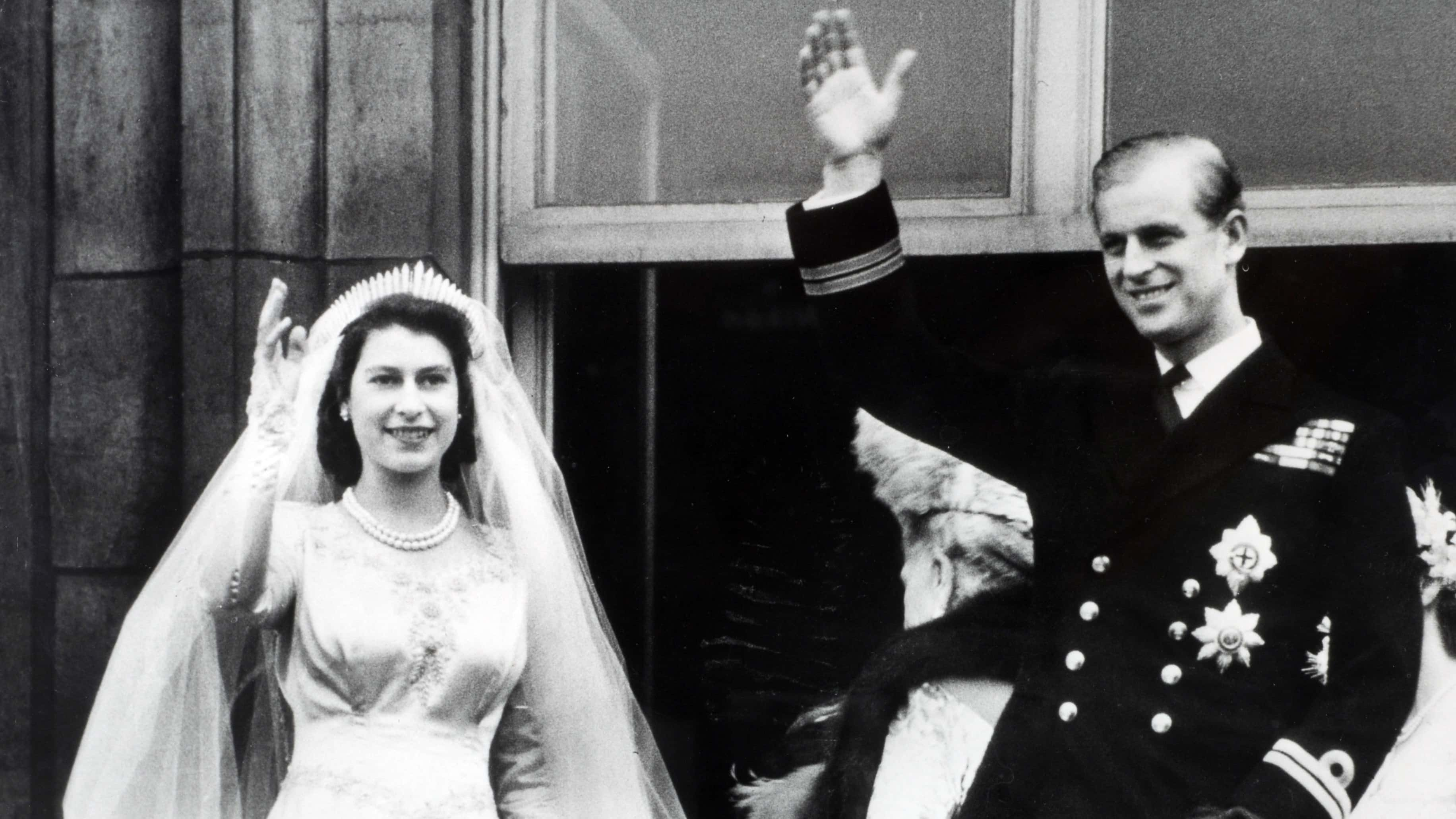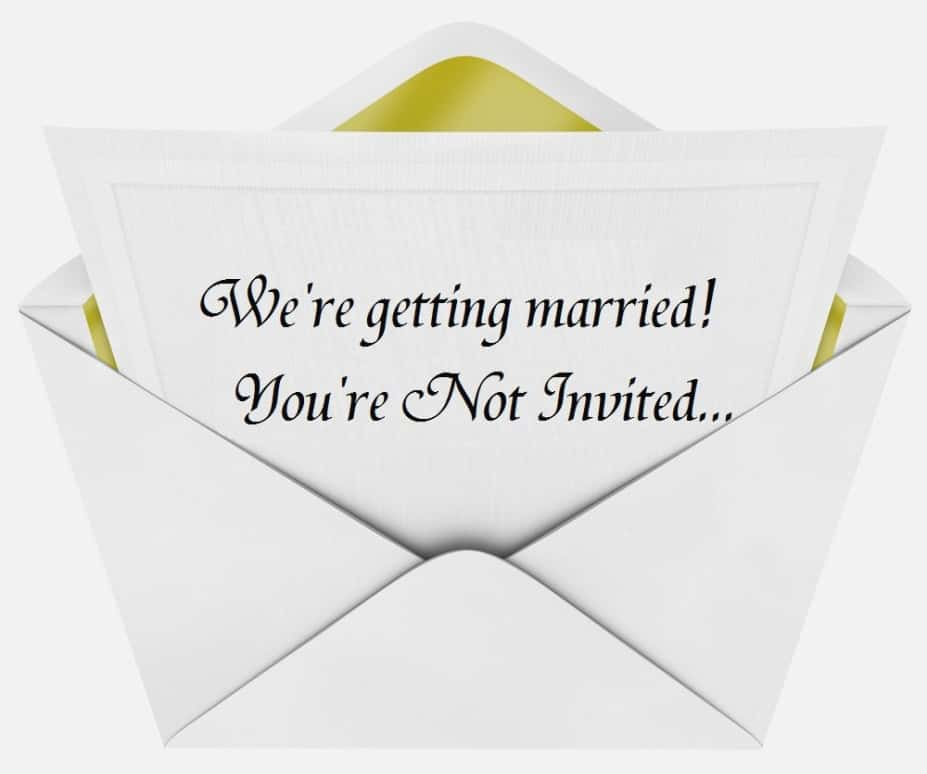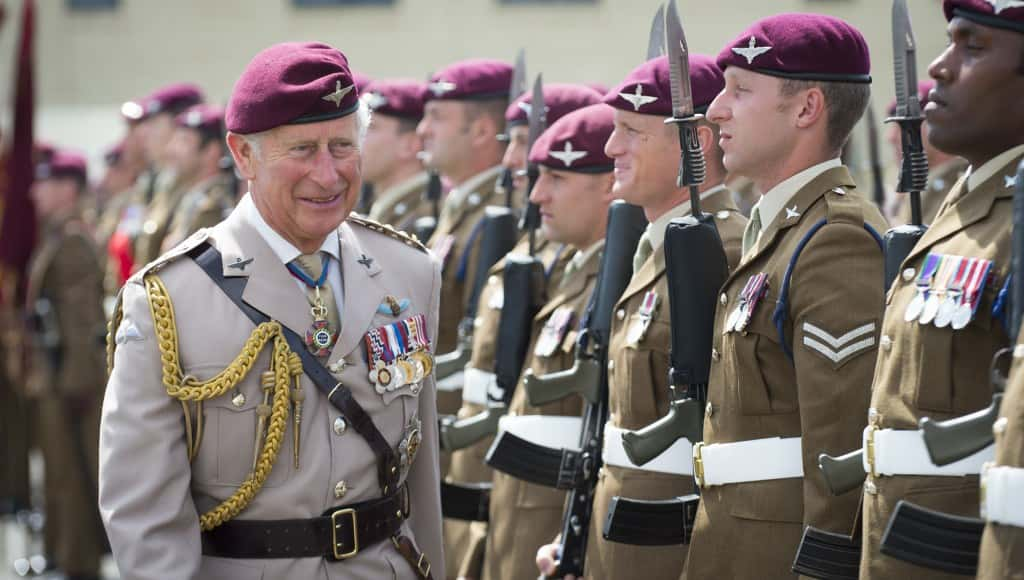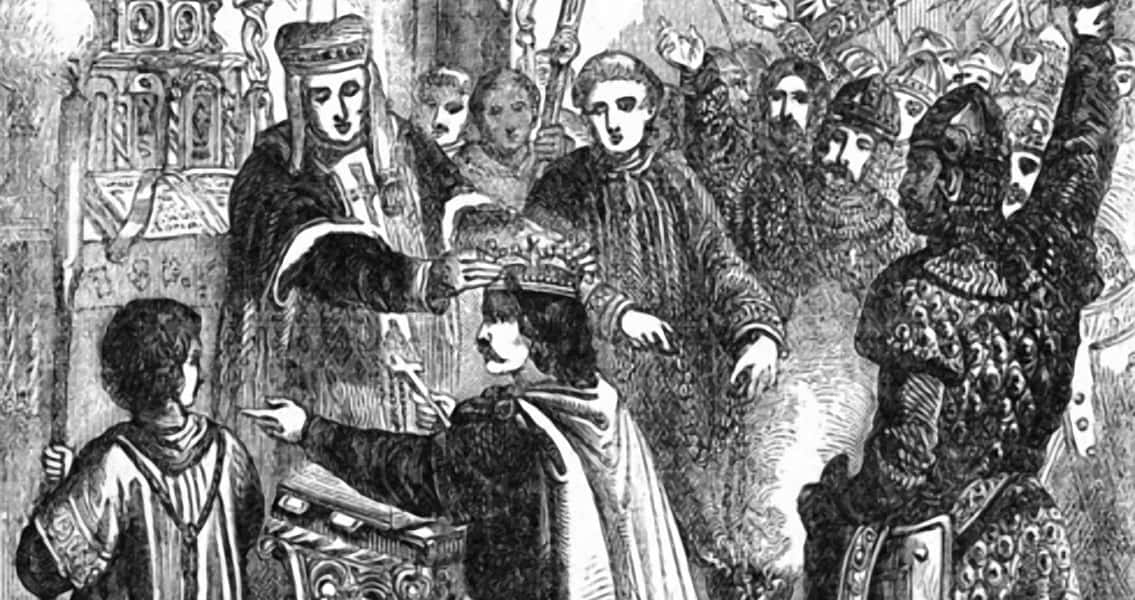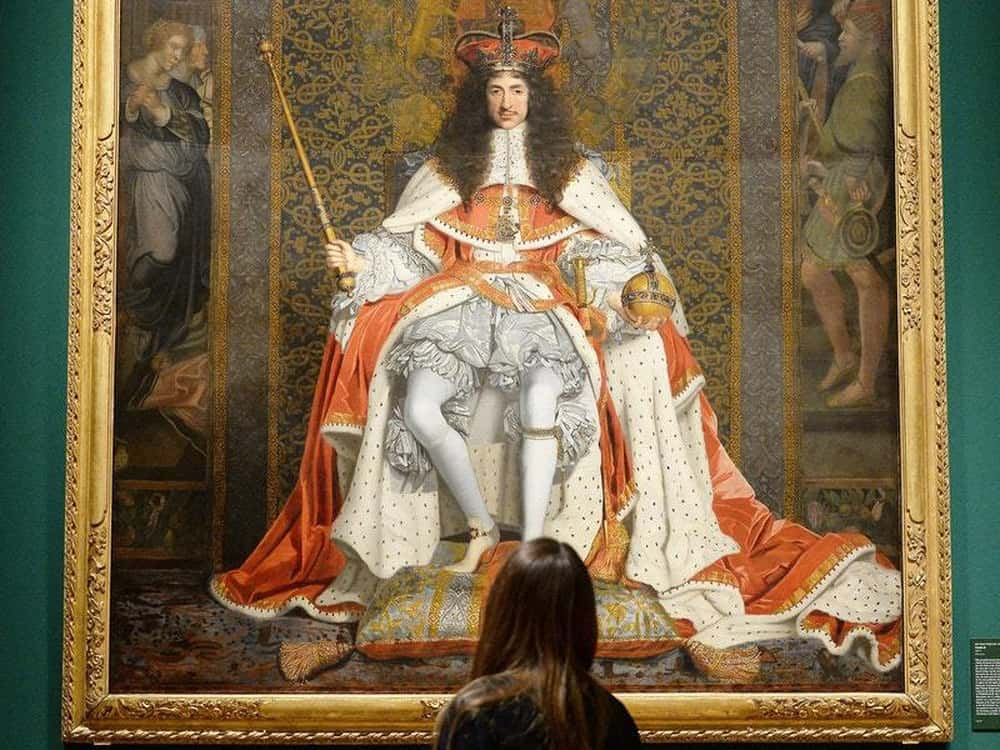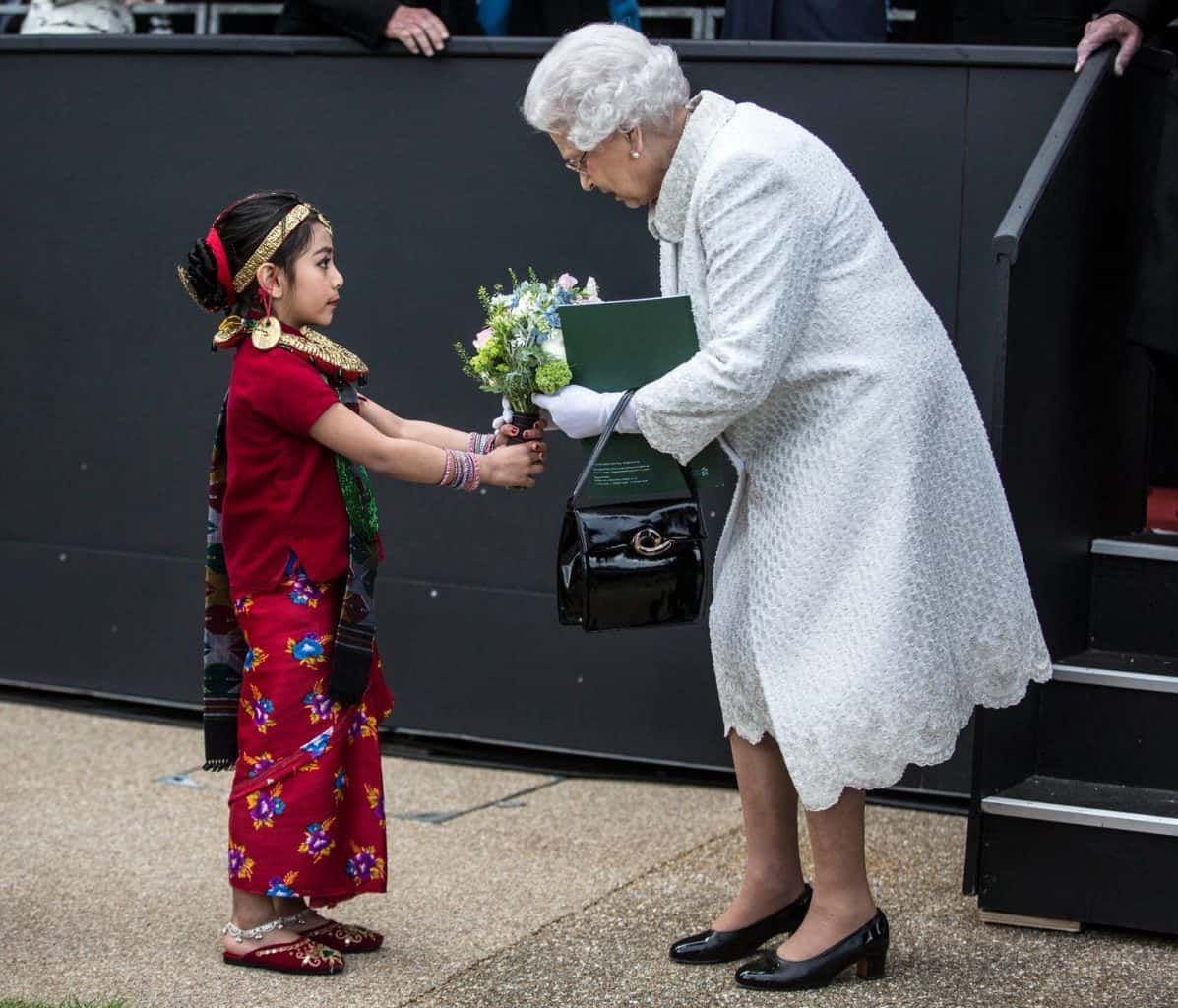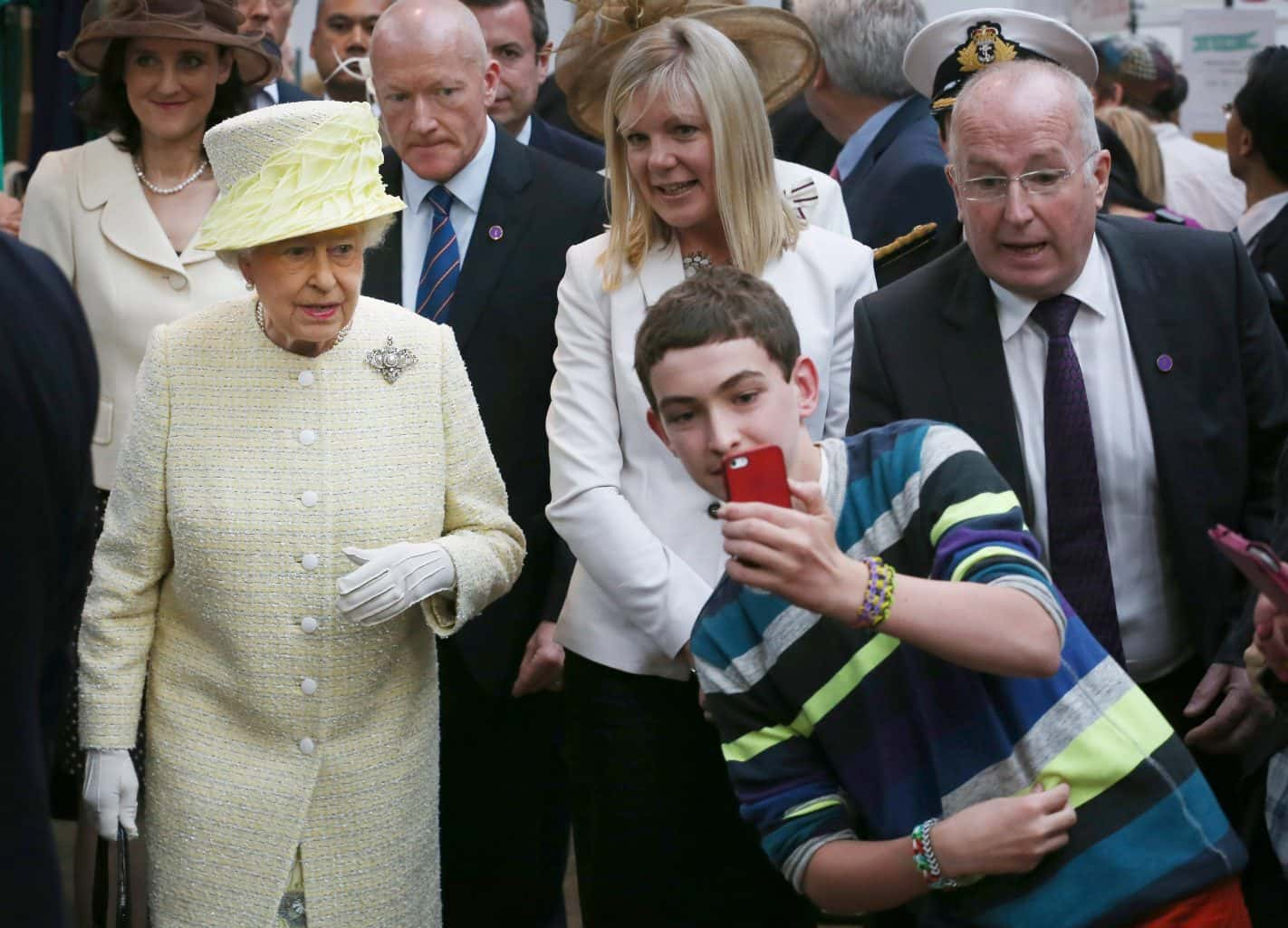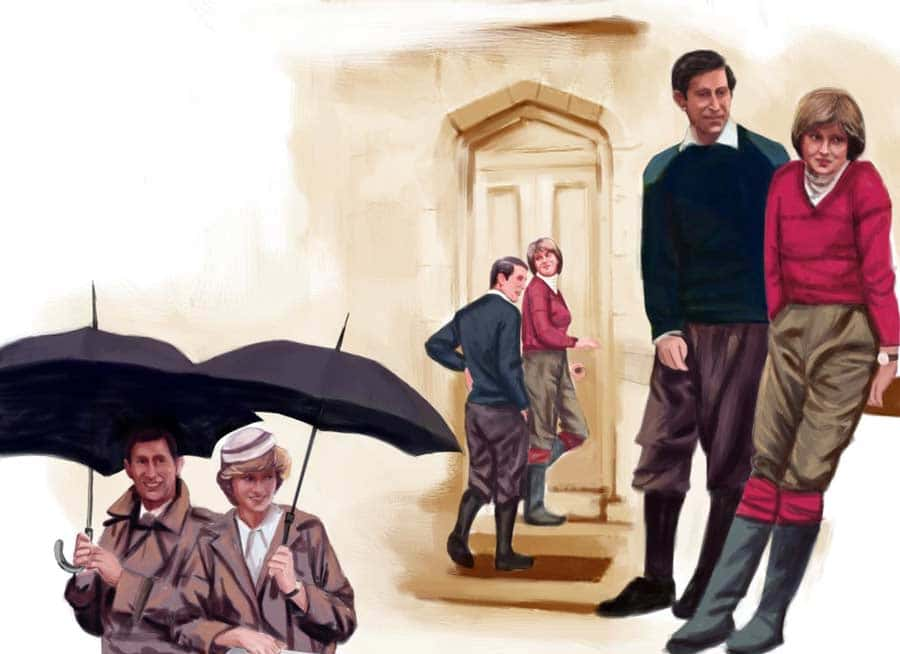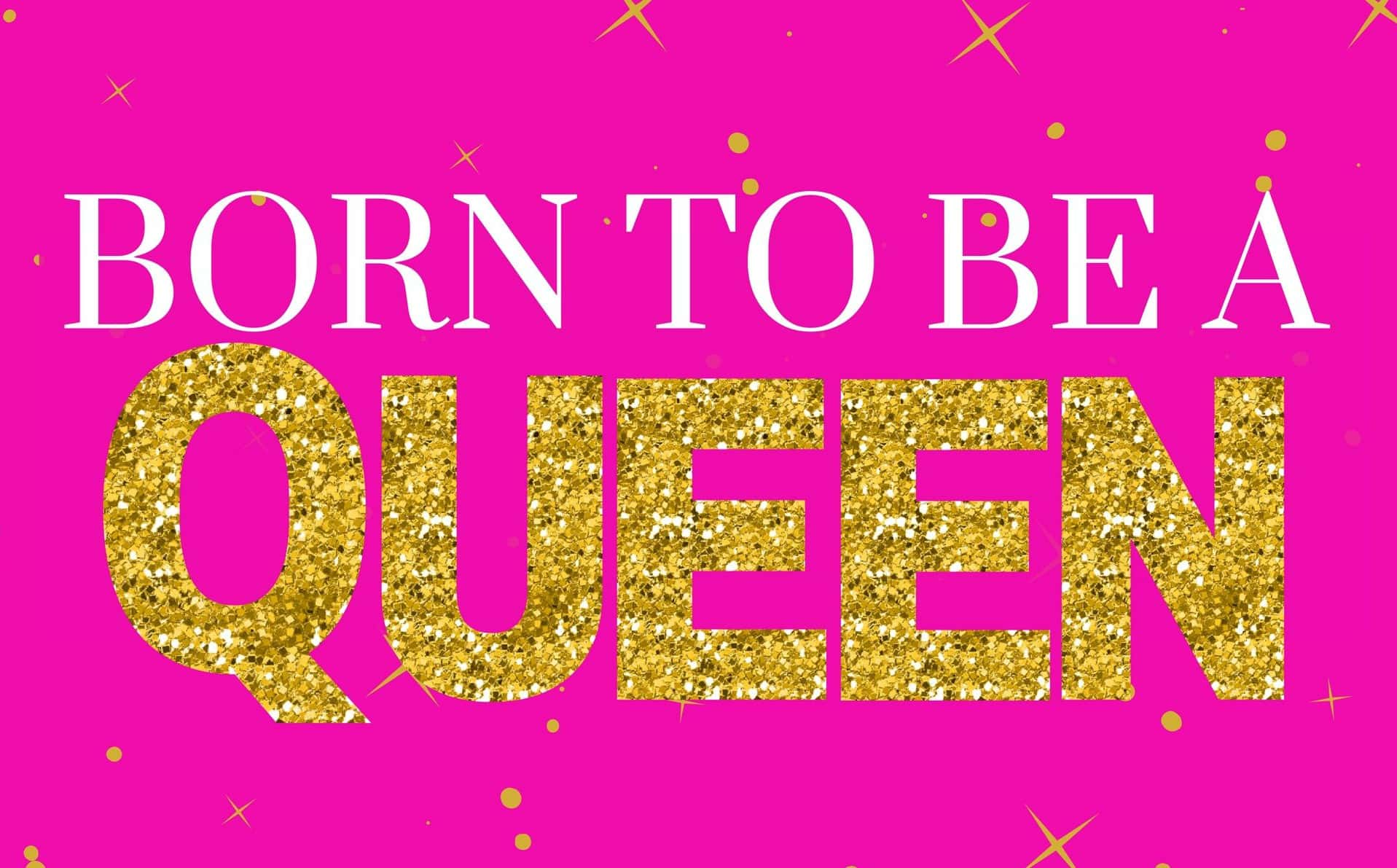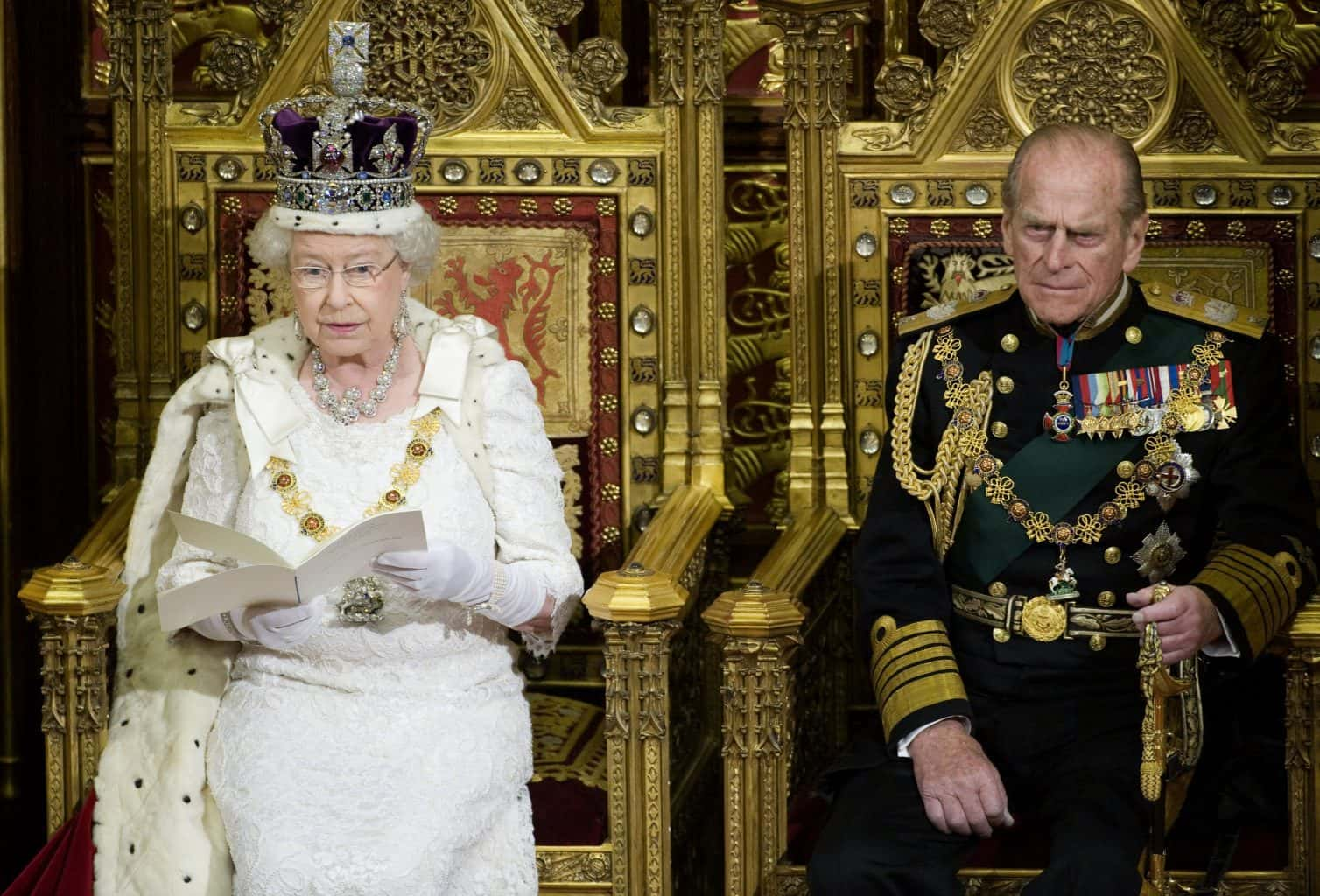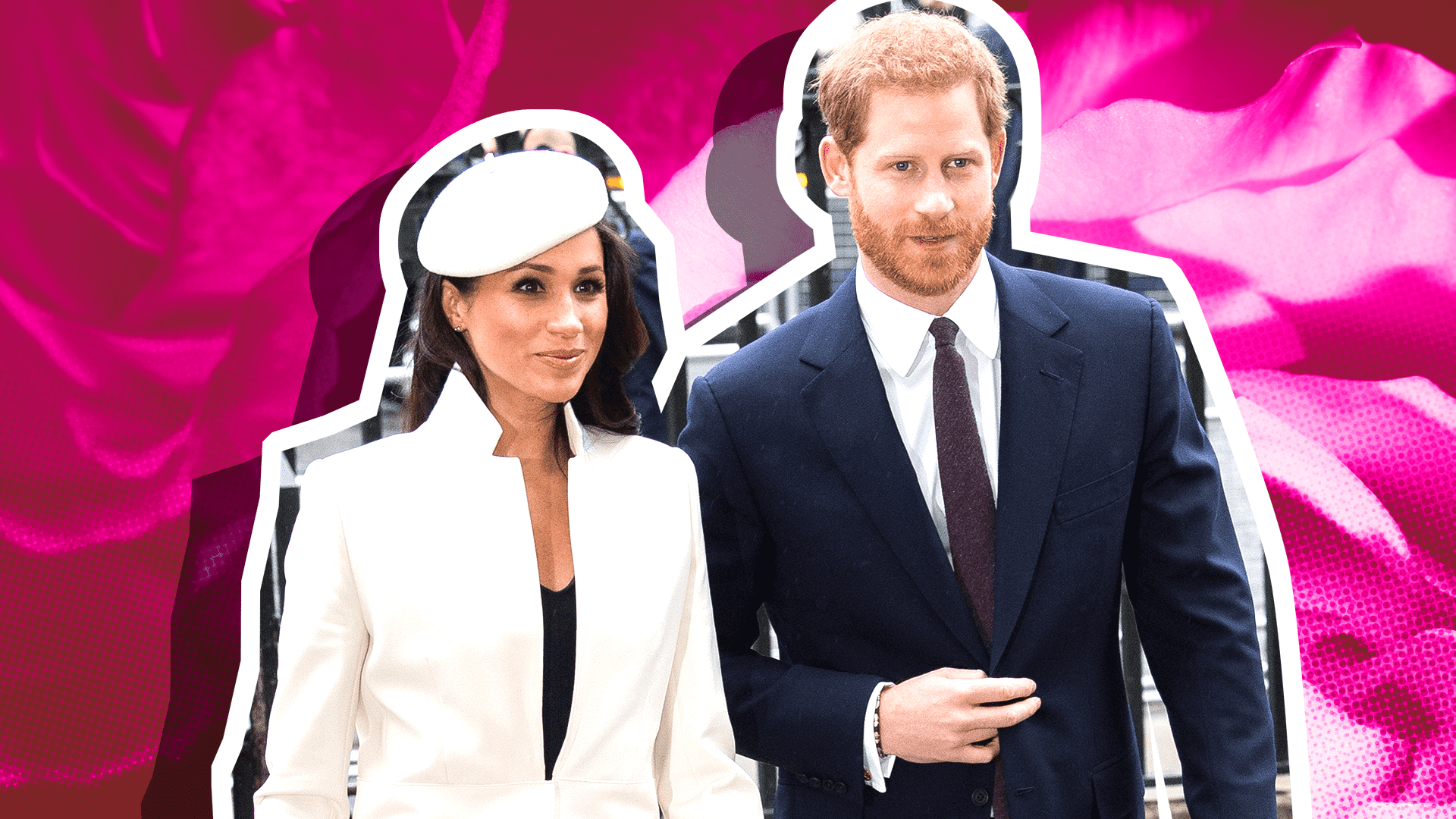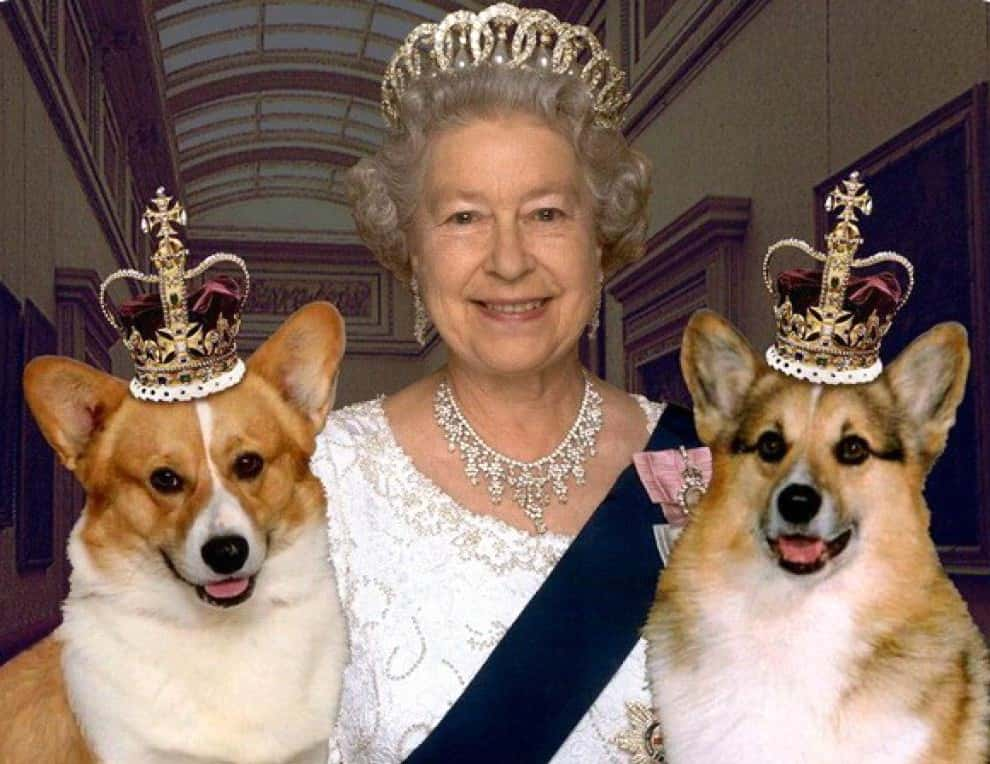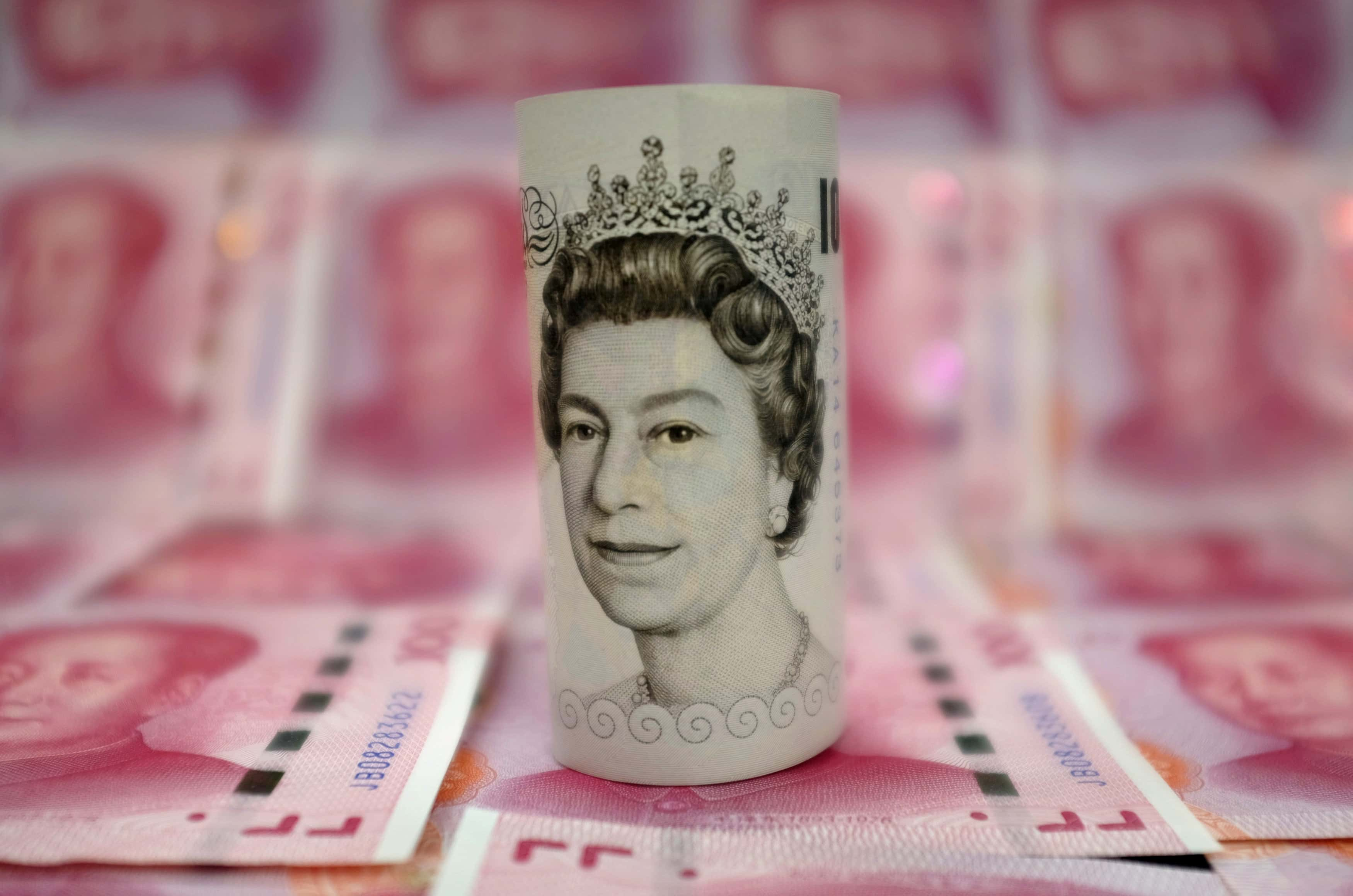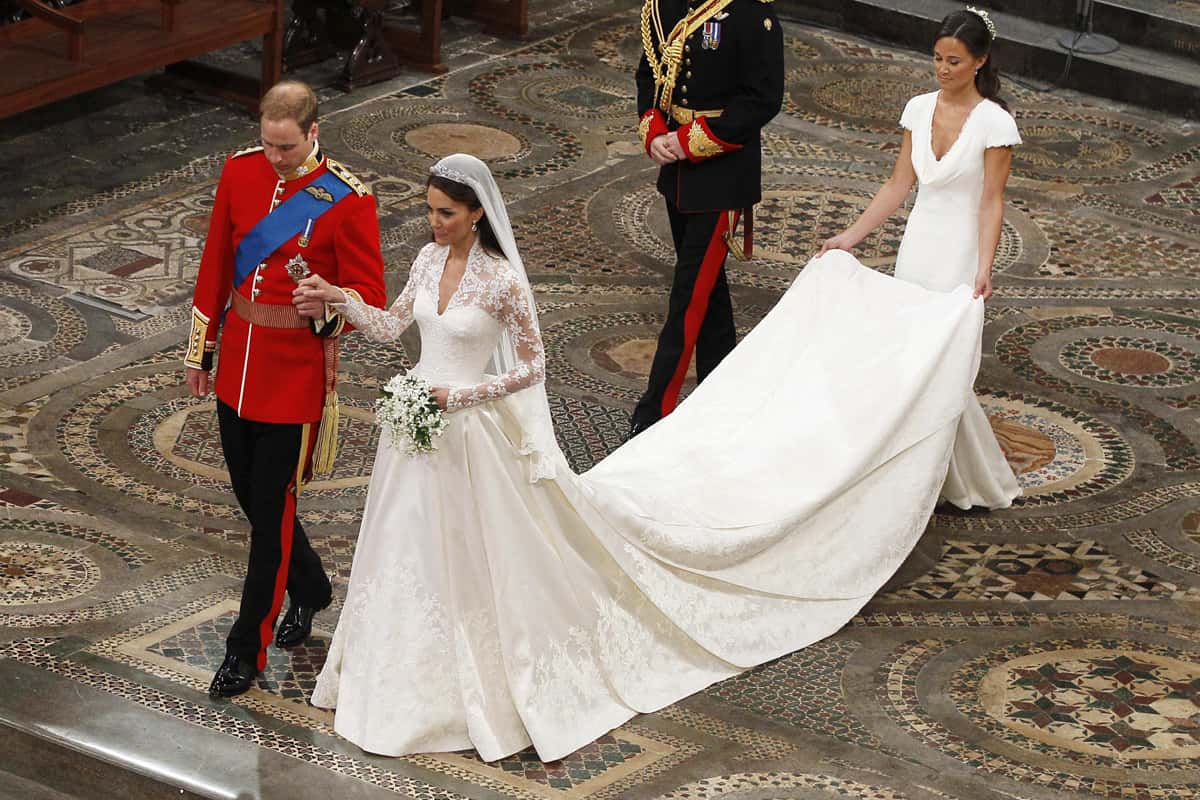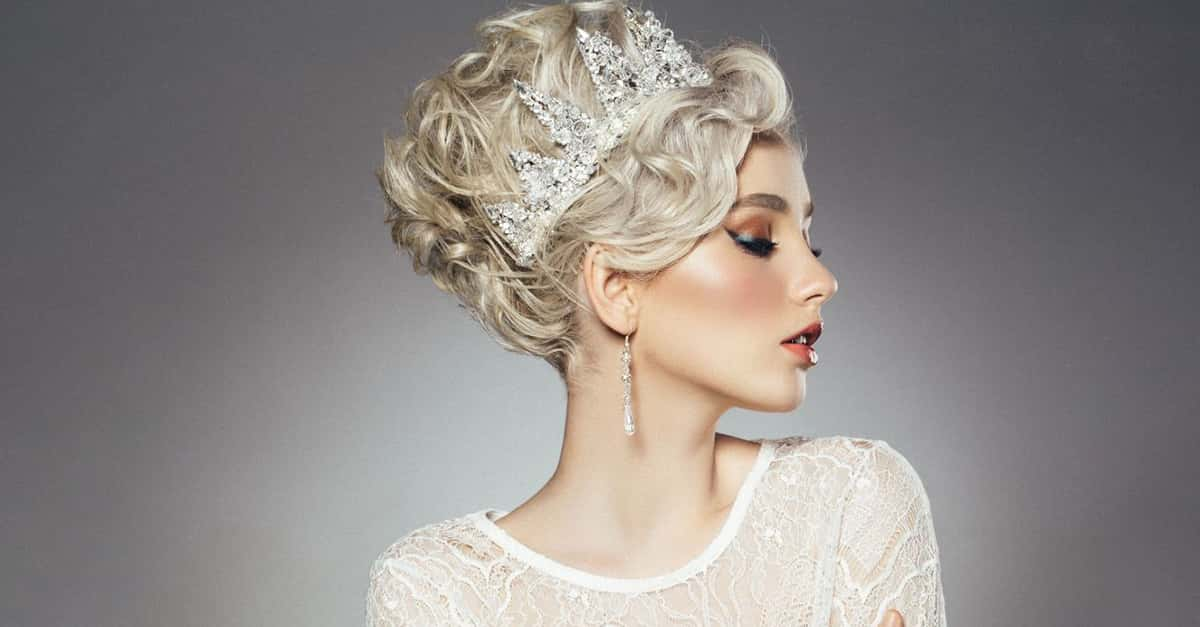The United Kingdom and England are not the same thing. Scotland, Northern Ireland, and Wales are a part of the UK, but England is its own, separate country that was itself formed from several smaller kingdoms that used to be independent of each other. Since it was first developed, England has born witness to many Kings and Queens. These 43 facts will hopefully provide you with more insight into what makes their past so fascinating.
1. We Decided to Go Another Direction
The Kingdom of England was created in the 10th century AD and existed up until 1707. That was when the Acts of Union were passed, and England joined with Scotland to form the Kingdom of Great Britain under Queen Anne.
2. Uncertain Beginnings
The land now known as England was once comprised several distinct kingdoms, such as East Anglia, Mercia, Northumbria and Wessex. As the years went by, through clashes between the Romans, Celts, Picts, and Saxons to name a few, a few men from these smaller states came close to ruling all of modern-day England, such Ecbert, King of Wessex, but it was hundreds of years before a ruler could truly say that they ruled over all of England.
3. Great Men
Only two English monarchs have ever earned the historical epithet “the Great” after their first names. These men are Alfred the Great (849-899 AD) and Cnut the Great (995-1035 AD).
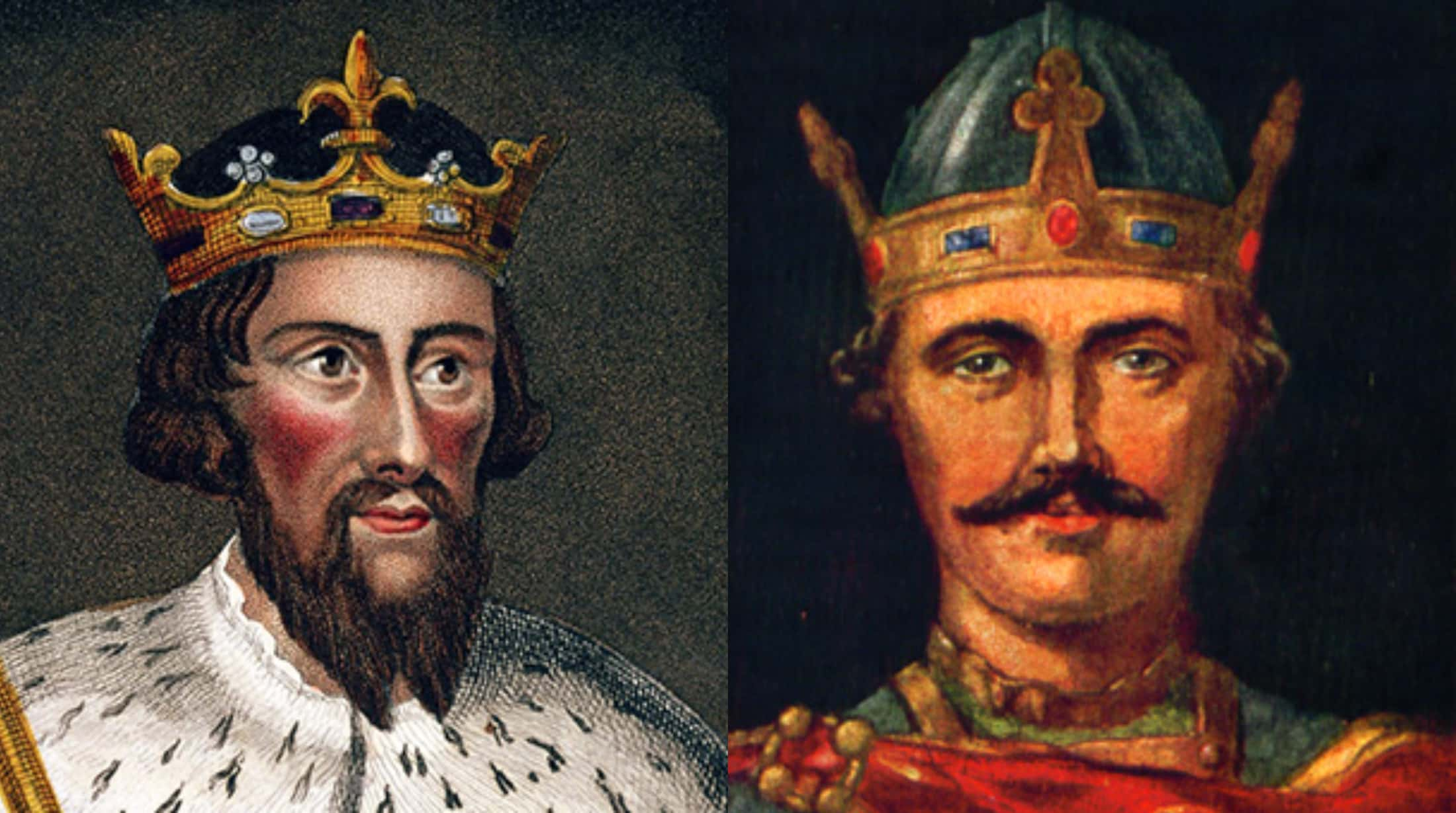
4. Long Live the King
The monarch of England (and the United Kingdom) does not die. While generations of people have died while anointed as monarch, the system is arranged so that when the ruling monarch dies, their heir is instantly sworn in to succeed them. This way, the Royal Standard (aka the flag associated with the Royal Family) never flies at half-mast, since the king or queen is still alive and well.
5. The End of Anglo-Saxon Kings
The Anglo-Saxons were the first to manage to unite and rule all of England, but after many years of war with Norse and Danish invaders, their reign was finally broken in 1066 when William the Conqueror sailed from Normandy (in Northern France) and invaded England. The Norman dynasty began after the Normans crushed King Harold at the Battle of Hastings, removed the last of the Anglo-Saxon rulers, and crowned the Conqueror himself as William I of England. This began several centuries where the rulers of England spoke french.
6. Nice Try, Gramps
Despite claiming to be “King of the Anglo-Saxons,” Alfred the Great was never king of all England. The first man to do so was his grandson, Æthelstan. He was first known as “King of the Anglo-Saxons” but eventually claimed the long-coveted “King of the English.”
7. Call it a Forced Sabbatical
King Æthelred of England, like the rest of the Anglo-Saxon kings, spent a long time fighting against Scandinavian invaders. Unfortunately for him, King Sweyn Forkbeard of Denmark was too strong an opponent; In December 1013, Æthelred decided to visit Normandy, and while he was gone, Sweyn crowned himself the new King of England. In a twist of fate, Sweyn’s rule over England lasted just 41 days. After Sweyn’s death, Æthelred returned to restore the House of Wessex to their throne.
8. The Old Switcheroo
Æthelred may have been lucky enough to win back his throne, but his good fortune didn’t last long. Sweyn had a son named Cnut (yes, that Cnut), and he gave Æthelred a lot of trouble after deciding that he wanted to fill the crown that his dad had claimed. Æthelred died only two years after returning to his throne (though to be fair, he had ruled for 37 years before that, which is impressive for those days). When his son Edmund failed to keep his father’s throne, Cnut the Great became king of Denmark and England (his Danish dynasty was later replaced with the Anglo-Saxons under Edward the Confessor in 1042).
9. Impressive Record
The longest-running dynasty of English history were the Plantagenets. This French/English family ruled England from Henry II’s coronation in 1154 to the death of Richard III in 1485. That’s 14 kings over a period of more than 300 years.
10. From the Cradle to the Crown
Inheriting the crown at nine months old, Henry remains the youngest person to become King of England. But one crown was not enough for this baby. Following the death of his maternal grandfather just a few months later on 21 October 1422, Henry also claimed the French throne (in name, at least). To this day, he is the only English monarch to also be crowned King of France. What did you accomplish while still in diapers?
11. Daddy Issues
Ironically, the gentle Henry VI’s father is one of the most famous warrior kings in history. This daddy, Henry V, immortalized himself in the One Hundred Years’ War against France (Shakespeare’s plays also helped). Unfortunately, the battling took its toll: while on campaign, the 36-year-old Henry V died of dysentery and left behind just one infant child, our Henry VI, to take his place.
 Wikimedia Commons, -AHCd_53Kwff3Q
Wikimedia Commons, -AHCd_53Kwff3Q
12. We Want Your Birth Certificate!
Henry V is one of the most famous kings in the history of England, but for such a well-known and beloved figure, we have no idea when Henry V was born. Two different plausible dates exist for his birth due to an astrologer’s horoscope for Henry, and even that information may simply have been propaganda.
13. A Second Chance at Family
After his father’s death, Henry VI’s mother famously embarked on an affair with her Welsh household servant, Owen Tudor. Although “official” record of their marriage is very tenuous, the young King Henry proved generous towards the resulting half-brothers, Edmund and Jasper Tudor. He later granted earldoms to both of them, effectively helping them found the House of Tudor.
14. She’s Not Worth the Price of Admission
Henry V’s marriage was considered a “loss” for the English people. In 1445, the 24-year-old Henry VI married the 16-year-old Margaret of Anjou, niece to the French King. Instead of bringing a dowry to her husband like a normal royal bride, Margaret actually cost the English money. Upon the marriage, Charles VII of France received Maine (the province in France) from England in exchange for peace. This deal was so controversial, it was actually hidden from the general population (not like they’d notice a big chunk of the country missing, right?). Unfortunately, this move enraged the dukes of Gloucester and York, paving the way for conflicts that would trigger the Wars of the Roses.
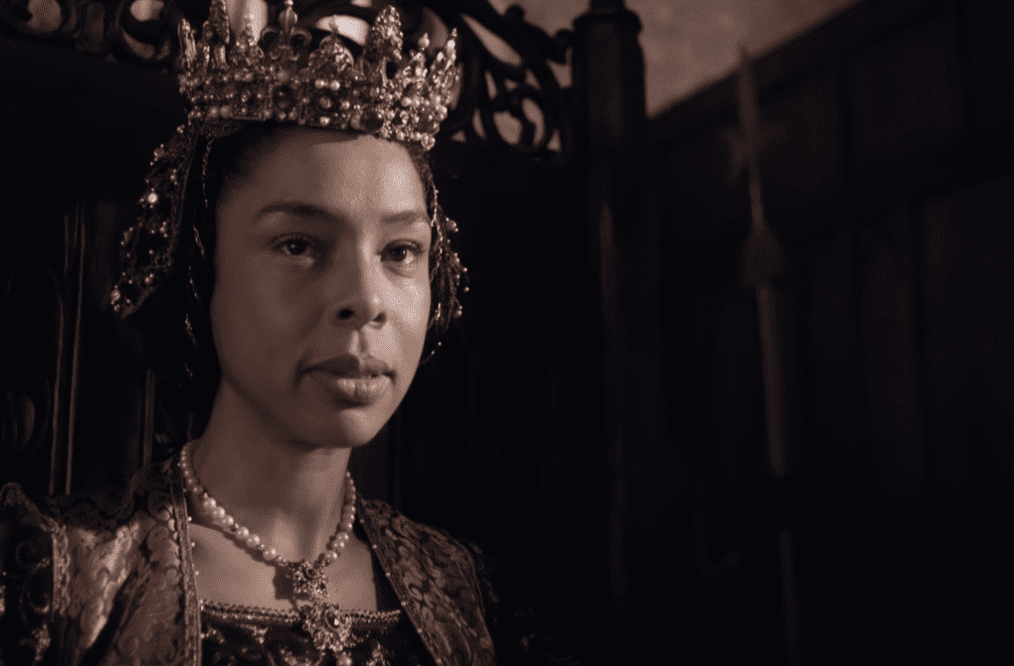 The Hollow Crown, Neal Street Productions
The Hollow Crown, Neal Street Productions
15. If You Want To Be Our King, You Can’t Get With Your Friends
Henry’s chosen allies made him very unpopular with the people. One of the nobles in his clique, the Duke of Suffolk, was so hated that Londoners called regularly for his blood. Instead, the king met the people halfway and settled for Suffolk’s exile. Unfortunately, the duke’s ship was intercepted, and his body was found murdered on the shores of Dover. This goes to show how little the king’s will was respected by 1450.
16. “Your Epicness” Wasn’t Around Yet
The words “Your Majesty” seem like common usage to refer to any king, but the term actually began in England. Henry VIII decided that being called “Your Grace” wasn’t enough, as it referred to the fact that he only ruled by the grace of God. When he split from the Catholic Church, he wanted to lead based on his own undeniable right. Thus, “Majesty” was introduced because of its Latin meaning referring to a divine being rather than just an ordinary king.
17. Those Wacky Cousins…
After the death of his son and heir, Henry I of England had to pick someone else to replace him. He wavered between his nephew, Stephen of Blois, and his daughter, Matilda. Henry ultimately chose Matilda, but Stephen disputed the choice, invading England when Henry died and declaring himself King. Matilda and Stephen spent a good two decades fighting for the throne, a period known as "The Anarchy."
18. Does it Count?
In the year 1141, in the middle of all the political and military strife, Matilda ruled England while battling Stephen. She became the first woman to rule England, despite how short her time on the throne was, and despite the fact that she was never officially crowned. Ultimately, the joke was on Stephen, because Matilda's son would go on to inherit the throne after Stephen died.
19. Gives New Meaning to the Term ‘Poop Deck’
In a case of near misses in history, the would-be King Stephen was very nearly killed at the same time as Henry I's only son. On the 25th of November 1120, the unoriginally-named White Ship was taking almost all of Henry’s family and court across the English Channel. The ship sank mid-voyage, killing nearly everyone aboard, including the heir to Henry I. The only reason Stephen wasn’t also on the ship was because he was allegedly suffering from a bad case of diarrhea. There you have it folks, one of the only times in history where you're lucky to have diarrhea.
20. Not So Great After All
King Richard the Lionheart famously shows up triumphantly at the end of every Robin Hood film, celebrated as the beloved king coming to replace his tax-loving brother, Prince John. In reality, Richard spent less than a year of his life in England. Not only that, Richard’s time Crusading was spent making so many enemies amongst his Christian allies that he had to smuggle himself across Europe just to get back home. When he was discovered, he was held for ransom by the Holy Roman Emperor, and his mother began a PR campaign about "Good King Richard" to encourage the English populace to accept high taxes to ransom Richard back.
21. Infelicitous Behavior
After marrying in 1981, Prince Charles and Princess Diana sustained a rather rocky marriage. Both were involved with extramarital affairs before they eventually divorced on August 28, 1996. The marriage troubles and divorce were major tabloid news in Britain throughout the 1990s.
22. Where Were You During the War?
Throughout World War II, Elizabeth II and her family stayed in the United Kingdom despite calls to move outside the island, with the aim of keeping Elizabeth II safe. Elizabeth’s mother refused, and instead they moved around different homes and castles, including Balmoral, Sandringham House, and Windsor Castle.
23. War Effort
When she was 18, Elizabeth was appointed an honorary subaltern in the Auxiliary Territorial Service, where was trained as a truck driver and mechanic. Unlike the other enlistees, she remained living at Windsor Castle and did not sleep in the barracks. Elizabeth was the first female member of the royal family to join the Armed Services as a full-time, active member.
24. The North Remembers
William the Conqueror spent a good part of his early reign silencing disagreement over a Norman being king of an Anglo-Saxon population. These disagreements came mostly from the north of England, and so William decided to teach the northmen a brutal lesson. He laid waste to the lands north of the Humber, making them uninhabitable for humans. Over 100,000 are said to have died from starvation or by William’s troops, and records show a marked drop in the population thanks to William’s efforts.
25. He Wasn’t Even in High School??
For such a warlike king, the death of Richard the Lionheart was a bit less glorious than he probably hoped it would be. While he battled outside of Chalus Castle in France, he was hit by a crossbow bolt through his shoulder. Richard spent two weeks dying from the infection caused by the wound. Presumably he also spent those two weeks doing some serious soul-searching, since the crossbow bolt had been shot at him by a child in the castle.
26. Saying Farewell
Princess Diana’s funeral was televised across Britain and around the globe on September 6, 1997. The funeral amassed one of the highest-ever viewing figures in the United Kingdom. At its highest viewing peak, 32.1 million viewers tuned in to the state funeral.
27. Sacrifice
When she agreed to marry Prince Harry, Meghan Markle had to undergo some major changes to her life. She started studying to become a British citizen, she deleted her social media presence, and she was baptised into the Church of England.
28. Problems With Parents
Regardless of dynasties or time periods, one thing that nearly all of the English royal families had in common was serious issues between parents and children. In two of the more famous instances, Edward III’s father, Edward II, was mysteriously killed while his mother took a new lover, Roger Mortimer. Both ruled in Edward III’s name, which Edward III eventually got tired of. He eventually put his mother under gentle imprisonment and executed Mortimer, presumably right after declaring "you're not my real dad" and storming off to his room. Years later, in the 17th century, James II had the misfortune of being a Catholic king in an Anglican country. The English eventually asked James’ daughter Mary, a Protestant married to William of Orange, to depose James and take the throne themselves instead, something they did happily. Some people's kids, am I right?
29. Make Sure They Aren’t Scotch Eggs!
Edward I popularized Easter Eggs. In 1290, Longshanks ordered 450 eggs to be covered in gold leaf as special Easter gifts.
30. Heir Presumptive
When she was born, not many people actually imagined that Elizabeth II would ever become queen. At the time, she was third in line to the throne behind her uncle Edward, Prince of Wales, and her father. However, Edward VIII abdicated the throne in 1936 when his proposed marriage to Wallis Simpson prompted a constitutional crisis.
31. Grand Old Lady
As if to spite all those who said she'd never be Queen, Elizabeth II holds a pretty astonishing record...
At 91 years old, Queen Elizabeth II is the longest-living and longest-reigning British monarch ever. She’s also the longest-reigning monarch and longest-serving head of state anywhere in the world. She celebrated her Sapphire Jubilee on February 6, 2017, marking 65 years of her reign. She’s the only British Monarch ever to have celebrated a Sapphire Jubilee.
32. Too Many Elizabeths
Speaking of royal names...
Guidelines about the titles of ruler’s spouses explain why Queen Elizabeth is known as Elizabeth II, when her mother was also a Queen Elizabeth. After all, “Elizabeth I” refers to the first Queen Elizabeth, Elizabeth I, who ruled between 1558 and 1603. So that means that Queen Elizabeth II’s mother was known as plain old Queen Elizabeth, without a numeral, as she did not technically count among the rosters of British rulers. Upon her husband’s death in 1952, she became known as Queen Elizabeth the Queen Mother. Confusing much?
33. That’s an Odd Pet
When James VI of Scotland became James I of England as well (the first of the Stuart Kings), he presumably wanted to make sure that he left a memorable impact on history—he was, after all, following Elizabeth the Virgin Queen, perhaps the most famous English monarch of all time. Maybe that's what brought him to keep a pet elephant in St. James’s Park. The elephant was reportedly given a gallon of wine to drink every morning during the winters. We can only hope that it also had its driver’s license taken away until spring.
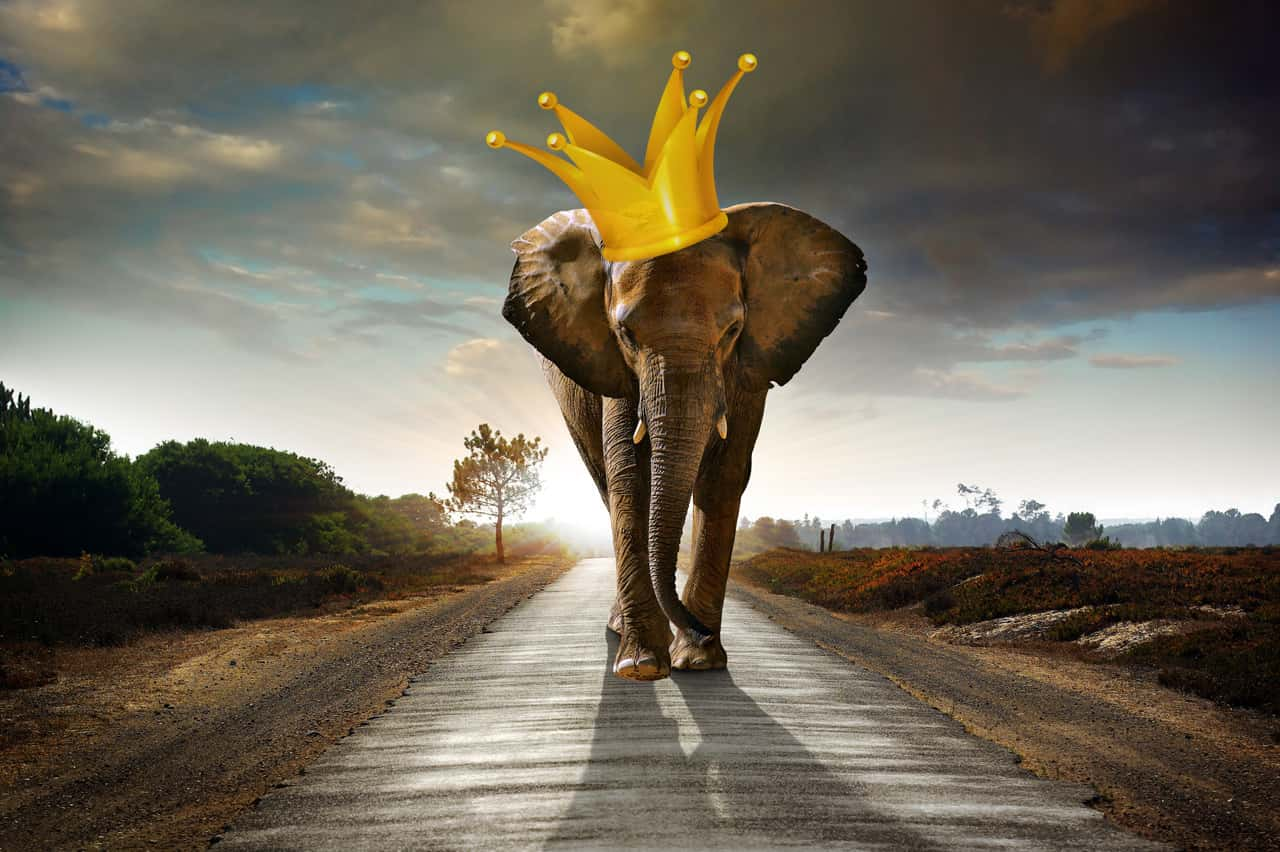
34. Hopefully it Wasn’t on Backwards
One way that the Stuart dynasty is memorable in the history of England is that it featured the first and only English king to be executed. Charles I was famously deposed, put on trial, and beheaded for treason at the end of the English Civil War. Executing a king was a big deal, and maybe some people were still a little uncomfortable about it afterwards, because Charles’ head was then sewn back onto his body for burial.
35. Family Feud
William II of England, son of William the Conqueror, met his end while hunting in the New Forest in 1100. While it appeared to be accidental, it’s been generally accepted that he was murdered so his younger brother, Henry I, could become king. We’d call this a tragic situation if it wasn’t for the fact that around thirty years before, William’s older brother, Richard, had also died while hunting in the New Forest under mysterious circumstances. Not only that, but Richard’s son, Richard Jr., had died in nearly the exact same circumstances just the year before William! We’re starting to think William II wasn’t exactly smart.
36. "Stretch" Wasn’t Royal Enough
You might remember from the film Braveheart that Edward I of England was nicknamed Edward Longshanks, though the movie never really explains why. The reason was that Edward I was famously long-legged and long-armed. In fact, his height of 6”2 made him one of the tallest kings in the history of England.
37. They Don’t Count!
Edward I of England was not, in fact, the first King of England to be called Edward. However, the tradition of numbering kings only began with the year 1066, and Longshanks was the first Edward to be king after that date.
38. Fly-Boy
Prince Charles was, for a while, an avid pilot based on his training in the RAF. He flew regularly until 1994, when he crashed a BAe 146 in Scotland. He was unharmed in the crash, but thought better of taking off again.
39. Built Environments
Prince Charles’ biggest philanthropic endeavors often concern city life and built environments. He has frequently commented on his desire to preserve a strong architectural sense in Britain and has publicly denounced building renovations that he feels to be too modern.
40. Room With a View
In 1987, Prince Charles published a book and correlating BBC documentary called A Vision of Britain. The documentary was an attempt to campaign on behalf of traditional urbanism, where restoration of historic buildings and sustainable design were advocated for in place of modern architecture.
41. Paranoid, Bro?
Henry VIII loved collecting things, whether it was tapestries or meals during the day. But one thing he loved especially was weaponry. His collection included a total of 6,500 handguns, and a huge battle-axe which lay next to his bed while he slept. We can only imagine what a sight that must have been for his wives.
42. It Runs in the Family
The Stuart dynasty featured two women named Mary who were connected to a foreign monarch coming to England to take the Kingship, whether by force or by prearrangement. The first Mary Stuart is better remembered as Mary Queen of Scots, whose son, James VI of Scotland, became James I of England when Queen Elizabeth I died. The second of these Mary Stuarts was married to her cousin, William of Orange, ruler of the Netherlands. William would invade England alongside his wife and lead the Glorious Revolution of 1688 which crowned them both as joint monarchs of England.
43. England Isn’t Enough!
The title “King of England” was formed in the 10th century, but after Edward I conquered Wales in 1284, being King of England meant you were king of Wales as well. Not only that, but the Kingdom of England would also include various regions of France and Flanders at different points in history (this was a big reason why the Hundred Years War was fought).
44. Traitorous Tudors
The Tudor dynasty is maybe the most famous line of English monarchs. It began after the Battle of Bosworth in 1485 and ended with the death of Queen Elizabeth in 1603. However, despite their family being distant relatives of King Edward III, it was through an illegitimate female lineage. Thus, in the eyes of Medieval England, the Tudor's claim to the throne barely existed at all. Henry VII spent most of his reign defeating rival claimants who saw him as a usurper.
45. Nice Ink
King George V was a sensitive boy raised to carry the burden of the entire British Empire on his back. But few people know that hidden underneath his proper demeanor and noble regalia was a royal secret: George had a tattoo. Though we might find this shocking today, tattoos were quite popular in England in the 19th century. While he was on a visit to Japan in 1881, George had a local artist give him a blue and red dragon on his arm right before he was scheduled to meet the Emperor. Pretty cool, George.
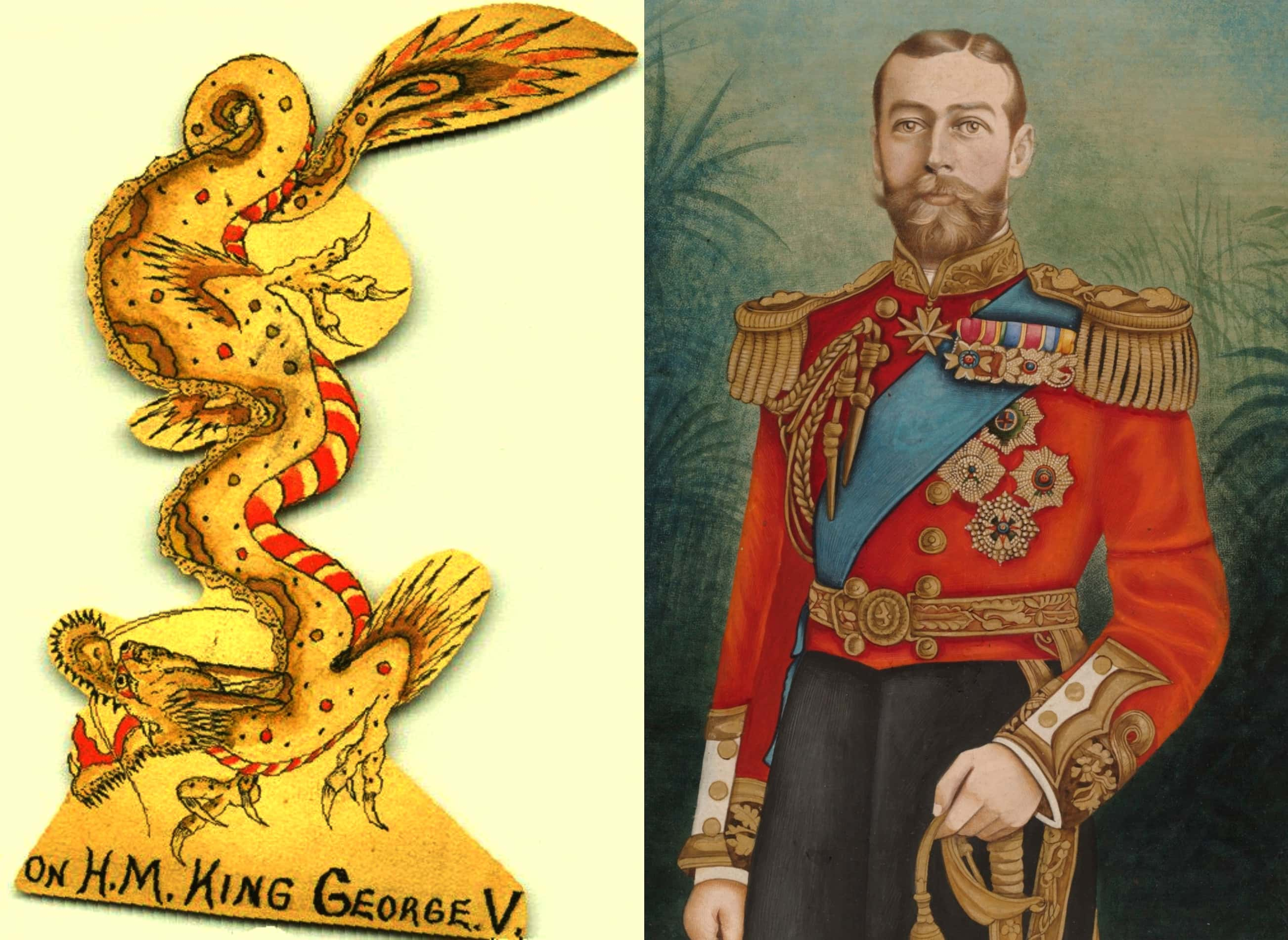
46. I Wanna Marry “Harry”
When Harry was just young prince has no shortage of female admirers, American television network Fox took advantage of that fact in 2014 with the reality show I Wanna Marry “Harry.” 12 women competed for the affections of the prince, who was played by impersonator Matthew Hicks. The show was cancelled after four barely-watched episodes.
47. Prince Who?
Although the world knows him as Prince Harry, Harry’s full name is actually Henry Charles Albert David Mountbatten-Windsor of Wales.
48. Vegas, Baby!
What happens in Vegas doesn’t always stay in Vegas. Prince Harry learned that one the hard way, when, after a night of partying, he was caught completely nude after playing strip billiards in some cell phone photographs taken by another party-goer. Maybe pick another destination for the bachelor party, Harry!
49. No Wonder She Became Bloody Mary
Mary I, commonly known as Bloody Mary, was the eldest child of Henry VIII and his first wife, Catherine of Aragon. She was declared illegitimate when her father divorced her mother and sent her away. Mary and Catherine weren’t allowed to see each other because they refused to acknowledge the new Protestantism or Henry’s new queen, Anne Boleyn. Mary wasn't even allowed to attend her mother's funeral when she died. Safe to say she grew up with a few grudges.
50. Don’t Stop Me Now
Efforts were made to keep the staunchly Catholic Mary away from the English throne, but she couldn't be stopped. Henry VIII’s successor, his son Edward VI, died shortly after becoming king. He named the Lady Jane Grey as his heir, but Mary was far more popular with the English than Lady Jane. Mary deposed the would-be monarch and became Queen of England herself. If you don’t count the short reigns of Jane and Empress Matilda, Mary I was the first Queen Regent of England.
 You Tube
You Tube
51. Fashion Frenzy
Before she became the Virgin Queen, Elizabeth lived in penury, after her mother’s execution. Her father, Henry VIII, ignored and neglected her so completely that Elizabeth’s guardians had to beg the king for finances to provide Elizabeth with clothes that fit her. Later, when she became queen, Elizabeth collected more than 2,000 dresses for herself, and even that wasn’t enough. She allegedly stole a dress from one of her maids of honor out of envy when she saw how good it looked.
52. Progress Through Regress
After the execution of Charles I, England was placed under the rule of Oliver Cromwell, who had helped overthrow the monarchy. One of Cromwell’s decisions was to close all the theatres in England, despite their immense popularity. When the Stuart dynasty was restored after Cromwell’s death, Charles II re-opened the theatres, with a new twist. For the first time, women could be actresses on stage along with the men.
53. History is Written by the Victors
Mary I only got her nickname of Bloody Mary because of her persecution of Protestants in England. While more than 200 Protestants were indeed burned at the stake, Mary’s reputation for savagery and tyranny was greatly built up by Protestant writers of the time and in later years. Mary’s efforts to restore Catholicism were completely reversed after her death due to a lack of heirs, which led to Elizabeth I being crowned Queen and restoring Protestantism to favor.
54. Born in Battle
Just like many kings of England, Edward IV had to fight for his throne, but he managed to go an extra mile by fighting one of the bloodiest battles ever fought on English soil. The Battle of Towton, fought between the forces of Edward of York and those men loyal to Henry VI, involved up to 60,000 soldiers and resulted in 28,000 deaths. That was the equivalent to 1% of the entire English population at the time!
55. Christmas Gifts
Every year, the Queen sends out a Royal Christmas Message to her subjects, wishing them well and discussing the year’s events. The Christmas Message was first broadcast over the radio but is now seen on television and the internet. In addition to The Queen has written more than 45,000 Christmas cards during her reign, and has given out more than 90,000 Christmas puddings to her staff.
56. Prolific Correspondence
In her 65-year reign, Queen Elizabeth II has answered more than 3.5 million pieces of correspondence. She sends telegrams to Commonwealth residents on their 100th birthdays (she’s sent more than 175,000 of these) plus telegrams to couples celebrating a diamond wedding anniversary (another 540,000 telegrams).
57. All That Glitters…
Elizabeth I of England presided over a Golden Age in England’s history. Peace and prosperity were the order of the day, and national pride grew to an all-time high under her reign. However, she managed to outlive this Golden Age as the latter part of her rule bore witness to many problems arising. Conflicts with Spain and Ireland caused taxes to increase, which wasn’t helped when harvests fell short of expectations. Elizabeth fell into a personal depression with the deaths of several of her closest friends, and she eventually passed away at 69 years old, leaving no heirs.
58. Richard the Record-Holder
Richard III of England holds a few records to this day. His rule as king was the shortest reign of all the crowned rulers of England after 1066. He was also the first English king since 1066 to die on a battlefield. We have yet to determine, however, if he was the only English King ever to be buried in a parking lot—at least, that's where his remains ended up, as was discovered in 2012 in Leicester.
59. Family Feuds
Henry II of England was not a popular king during his lifetime. In fact, he spent the last years of his life putting down violent rebellions by his own sons against himself or each other. Interestingly, the son who arguably gave him the most grief was Prince Richard (later known as the Lionheart) while his favorite son was Prince John (yes, that Prince John). John was loyal to his father for a long time until the very end of his life, when he joined Richard in negotiations with the King of France against their father. It’s said that the shock of John’s betrayal was what caused Henry’s final collapse and eventual death.
60. England: Total War
The Stuart monarchy lost popularity quickly during the reigns of James I and his son, Charles I. Eventually, the camel’s back was broken and civil war erupted between the forces loyal to Parliament and those loyal to the Crown. The English Civil War resulted in nearly 200,000 men dying on the battlefield or of injuries sustained on the battlefield. To put it another way, 10% of the entire adult population of England met their end during the English Civil War. It was proportionally the most destructive war England ever fought.
61. Equal Opportunity Execution
In the days when Henry VIII was getting ready to burn all the bridges in the world by divorcing his wife to marry Anne Boleyn, one woman turned to prophecy to stop him. In 1532, a Catholic nun (and mystic) named Elizabeth Barton prophesied that if the King married Anne Boleyn, he would die and go to Hell. She was promptly arrested by the next year and forced to admit that she’d made it all up (which, let's be fair, she probably did). Barton was beheaded for her treason and her head was put on a spike on London Bridge. She remains the only woman in history to have her head decorate the bridge.
62. Humble Origins
Anne Boleyn wasn't of royal stock from her birth. Her early ancestors were fairly well-to-do peasants and her great-grandfather was a hatter (a person who makes/sells/repairs hats). He was successful in his career and grew wealthy after joining the prestigious Mercer’s Company in 1435.
63. Tough Cookies
Anne Boleyn was known to have a rather twisted and droll sense of humor, and in reaction to the protests against King Henry choosing her as his Queen, she temporarily took as her motto the phrase “Ainsi sera, groigne qui groigne," which translates into "Grumble all you like, this is how it’s going to be." Many biographers interpreted it to be defiant and arrogant, but based on her personality, it would appear to fit her sense of humor.
64. Famous Words
The most famous quote by Anne Boleyn was spoken just prior to her execution. She reportedly was chatting with someone about her executioner and, in attempt to reassure her friend, said “I hear he’s quite good. And I have a very small neck!"
65. You Look Familiar
The famous Madame Tussauds wax museum has for a long time housed figures of Queen Elizabeth II. To this date, there have been a total of 23 life-size models of her displayed in the museum.
66. Parlez-Vous Francais?
The Queen is fluent in French. She will often speak the language while hosting guests at Buckingham Palace, and when she travels to France she does not need to make use of an interpreter.
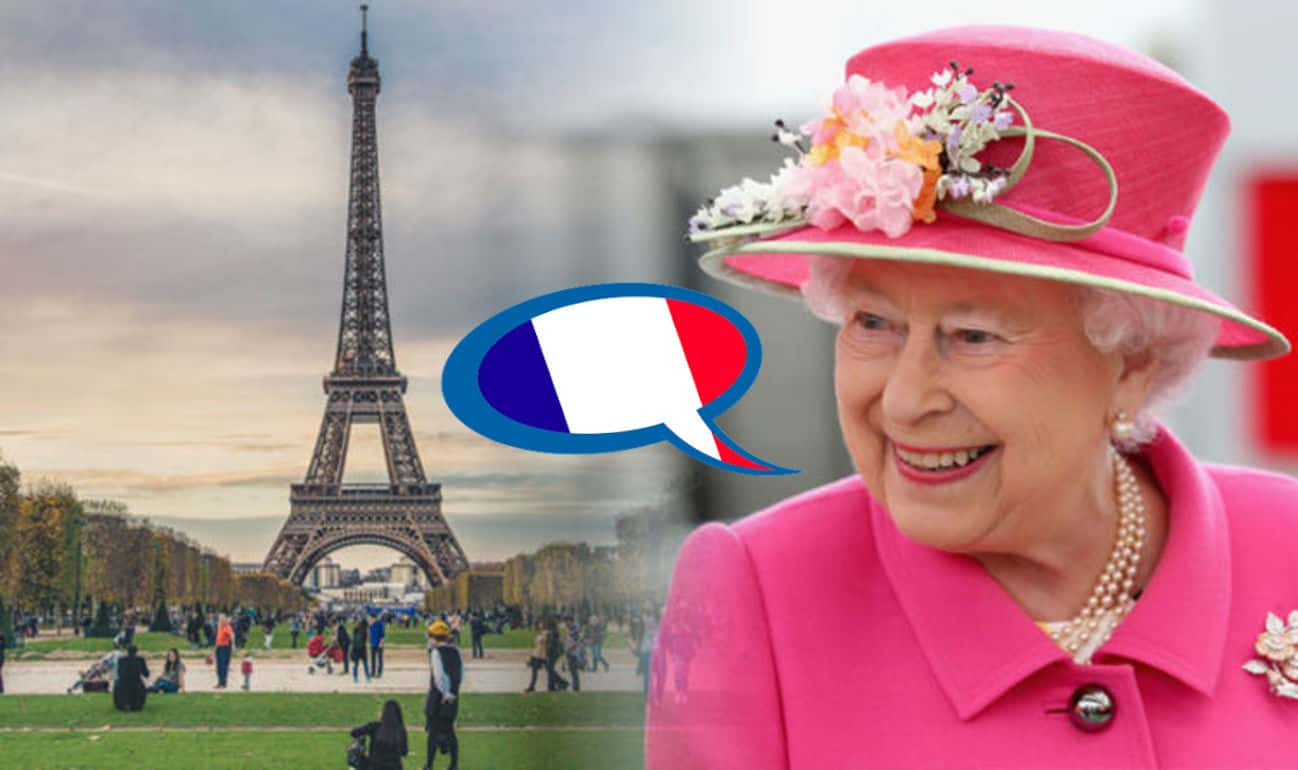
67. For Witchcraft and Treason…
When Anne Boleyn was brought to the scaffold to die, she begged leave to address the crown and was granted the right to do so. Despite the limited evidence against her, she said, “Good Christian people, I am come hither to die, for according to the law, and by the law, I am judged to die, and therefore I will speak nothing against it. I am come hither to accuse no man, nor to speak anything of that, whereof I am accused and condemned to die, but I pray God save the king and send him long to reign over you, for a gentler nor a more merciful prince was there never: and to me he was ever a good, a gentle and sovereign lord. And if any person will meddle of my cause, I require them to judge the best. And thus I take my leave of the world and of you all, and I heartily desire you all to pray for me. O Lord have mercy on me, to God I commend my soul.”
As she awaited the executioner’s blade, kneeling on the block, she repeated the phrase, “To Jesus Christ I commend my soul; Lord Jesu receive my soul.”
 YouTube
YouTube
68. A Family Affair
It’s widely known that, before he married Anne Boleyn, Henry VIII carried out a long affair with Anne’s sister, Mary. Less famously—though more luridly—Henry was said to have also slept with Anne’s mother, Elizabeth.
69. No Love Lost
Anne Boleyn showed no lack of disdain for her predecessor, Catherine of Aragon. She refused to attend Catherine’s funeral, prevented Catherine’s daughter Mary from attending, and spent the day parading around the castle in bright yellow. Rumors spread that Anne had threatened to murder Catherine and Mary, and Catherine’s death led many to suggest that Anne had finally made good on her threat.
70. Heart of Darkness
For its time, Catherine of Aragon’s cause of death was ambiguous. Her embalmer noticed the corpse was in perfect health—save for her heart, which had turned black. That led some people to whisper about poison. Today, historians agree generally agree that Catherine died of heart cancer, which—considering the circumstances of her life—appears too poetic to be true.
71. That Didn’t Take Long
The day after Anne Boleyn’s beheading, Henry got engaged to Jane Seymour, Anne Boleyn’s lady in waiting. While she was publicly proclaimed queen, her coronation never went ahead due to an outbreak of plague.
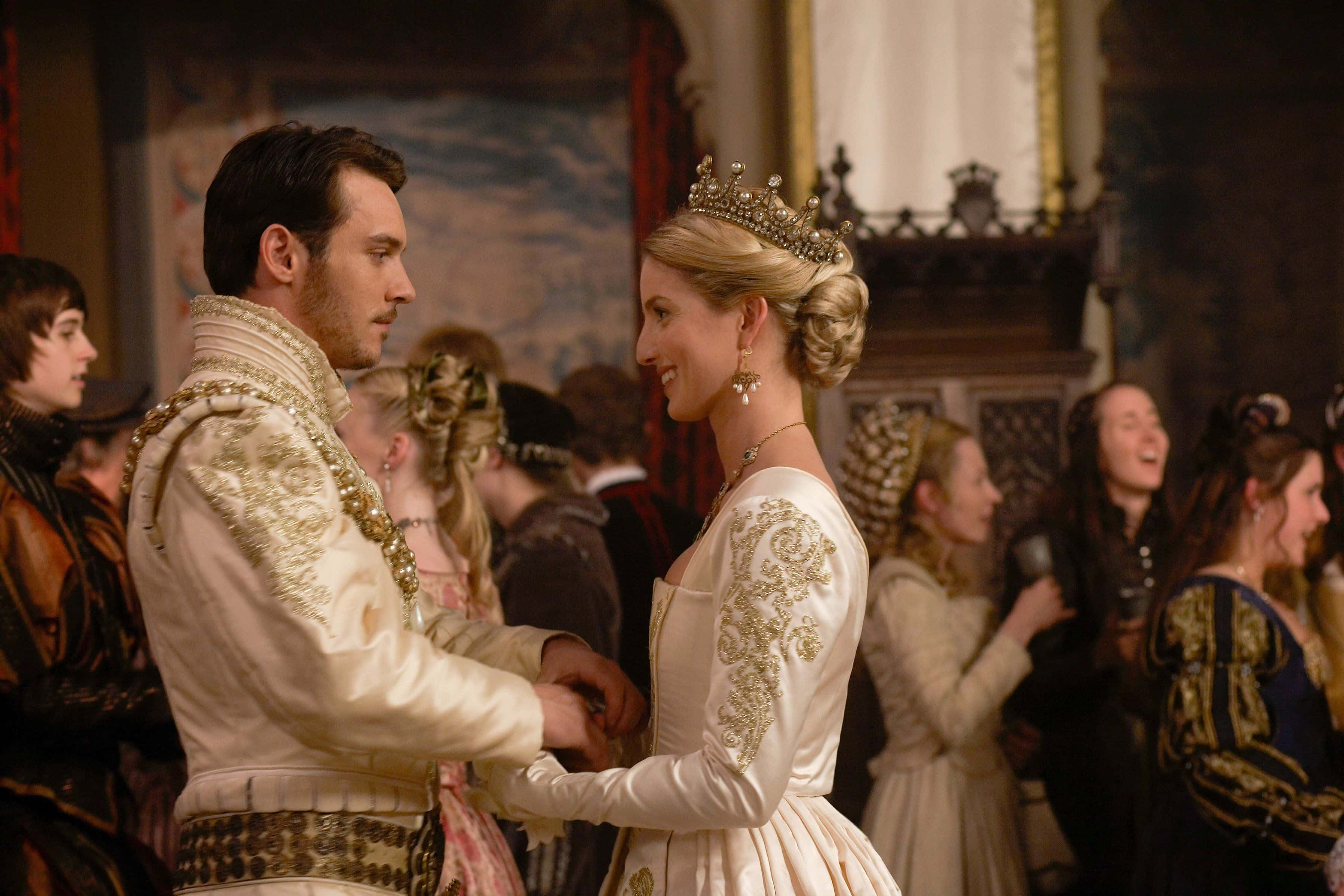 pinterest
pinterest
72. Frenemies
Jane was not only Anne Boleyn’s lady in waiting, she was also Anne’s second cousin. The two women had been close friends at Henry’s court until Anne noticed the necklace Jane wore. The necklace featured a small portrait of Jane’s lover—Henry VIII. Anne angrily snatched the necklace from Jane’s hand, leading to what modern witnesses would probably describe as a “catfight.”
73. The One?
In 1537, to Henry’s great relief, Jane became pregnant with a son. Sadly, Jane Seymour died of complications shortly after giving birth to the future Edward VI. She remained the only one of Henry’s wives to be given a royal burial, and Henry was buried beside her upon his death in 1547. The question now remains: was she the one, or was it the son?
74. Which One?
King Henry VIII was a pretty heartless bugger, and as much as people have romanticized his great love for Jane, having a son and heir was always his number one priority. Jane’s labor was difficult, and when asked by a female attendant whether he wanted to save the mother or child if it came down to it, he supposedly replied “If you cannot save both, at least let the child live," followed by the characteristic statement "for other wives are easily found.” Priorities, right?
75. Awkward Funeral
William the Conqueror was more successful in life than he was in death. First, he likely died after the pommel of his saddle injured him and ruptured his intestines. Not a great look. Then, during his funeral, a man interrupted the proceedings by complaining that the church they were in was built on his family’s lands without giving any compensation in return. As if that wasn’t bad enough, William’s body had swollen, and couldn’t fit inside the sarcophagus that had been built for him. Attempts to shove him in caused the body to burst, creating an unbearable odor during the rest of the funeral.
76. What Did the Scots Ever Do to You?
Edward I of England, AKA Edward Longshanks, has become known as the mortal enemy of the Scots, but we’re quite confident that that’s exactly how Edward I would have wanted to be remembered. In his own lifetime he was known as the Hammer of the Scots, and that’s before even mentioning his final request. On his deathbed, Edward demanded that his body should be boiled after death, and his bones taken into battle against the Scots. Sadly, his request was not carried out, and this chilling (and admittedly pure metal) episode of history was denied to us. We can only imagine how bitter Edward I's ghost is about that.
77. By Decree
What we currently understand to encompass the British Royal Family can be traced back to a letters patent published in the London Gazette by King George V in 1917. The decree defined the styles and titles of the Royal Family, which has only been changed twice since: in 1996 and 2012.
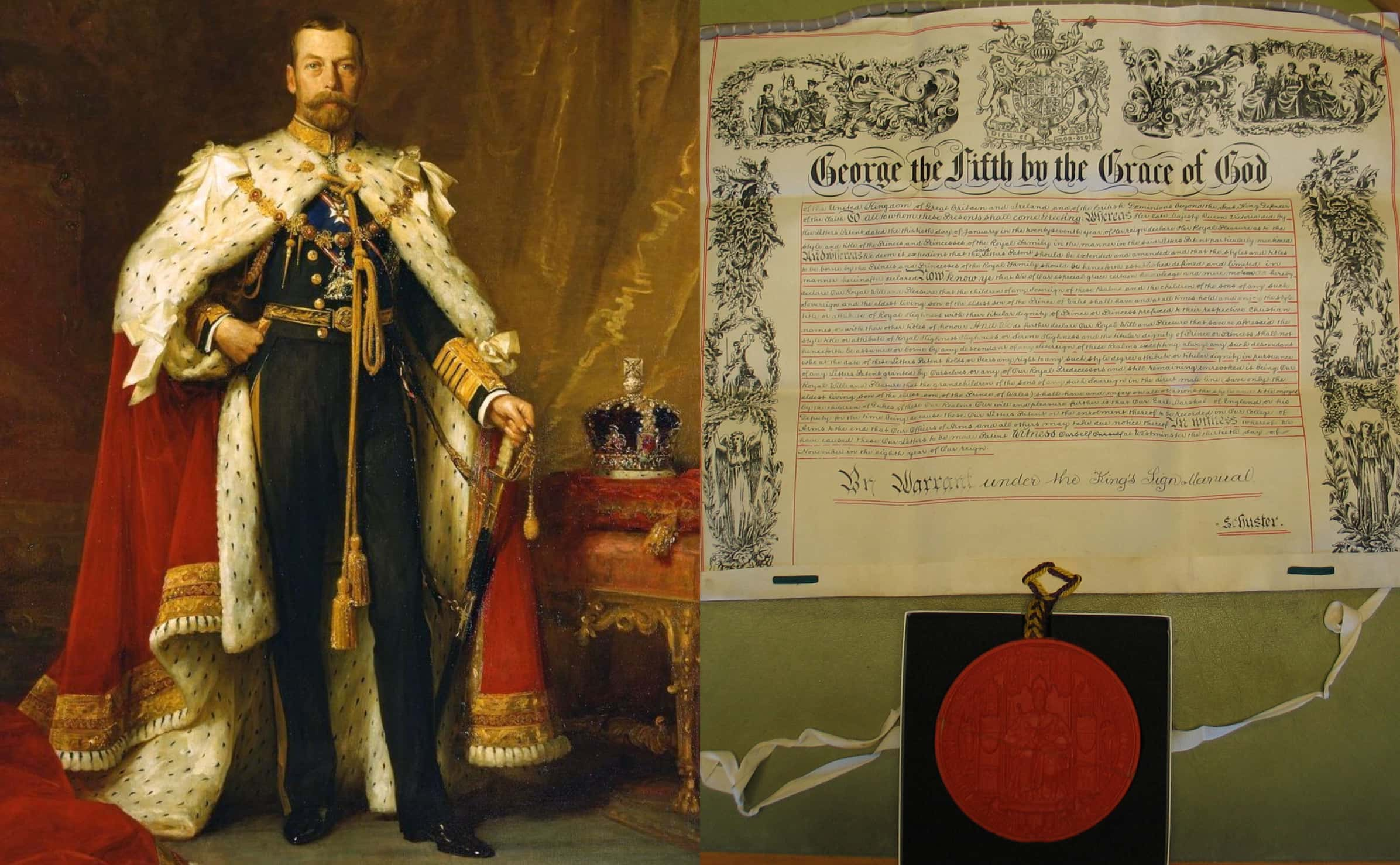
78. Rough Patch
Kate Middleton, now officially holding the title of Duchess of Cambridge, almost never made it into the Royal Family. Although she had a long-term relationship with Prince William, the pair split for a brief period in 2007 before deciding to give it another shot. Clearly it stuck this time.
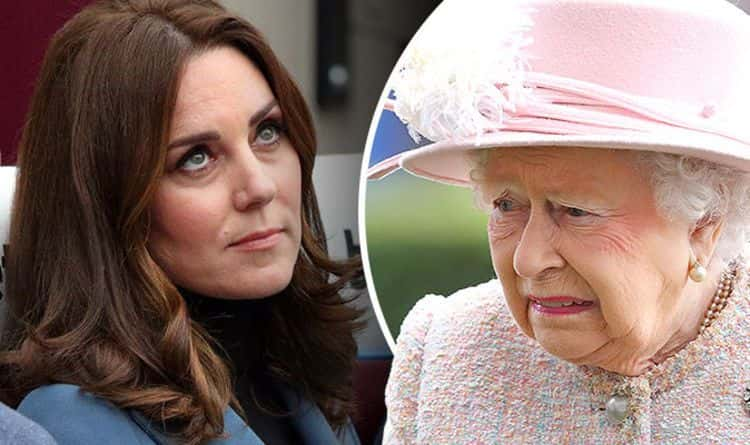 pinterest
pinterest
79. Charitable
The Duchess of Cambridge leads a busy life with her philanthropic work. Her charity work often focuses on young children, the arts, and addiction. She holds a number of patronages, including “Action on Addiction,” “The Natural History Museum,” and The Art Room.
80. By Degrees
Prince Charles broke with tradition when he decided to receive a formal university education at Cambridge. He received a degree in history, though his work was far from the most compelling. He received a 2:2 degree.
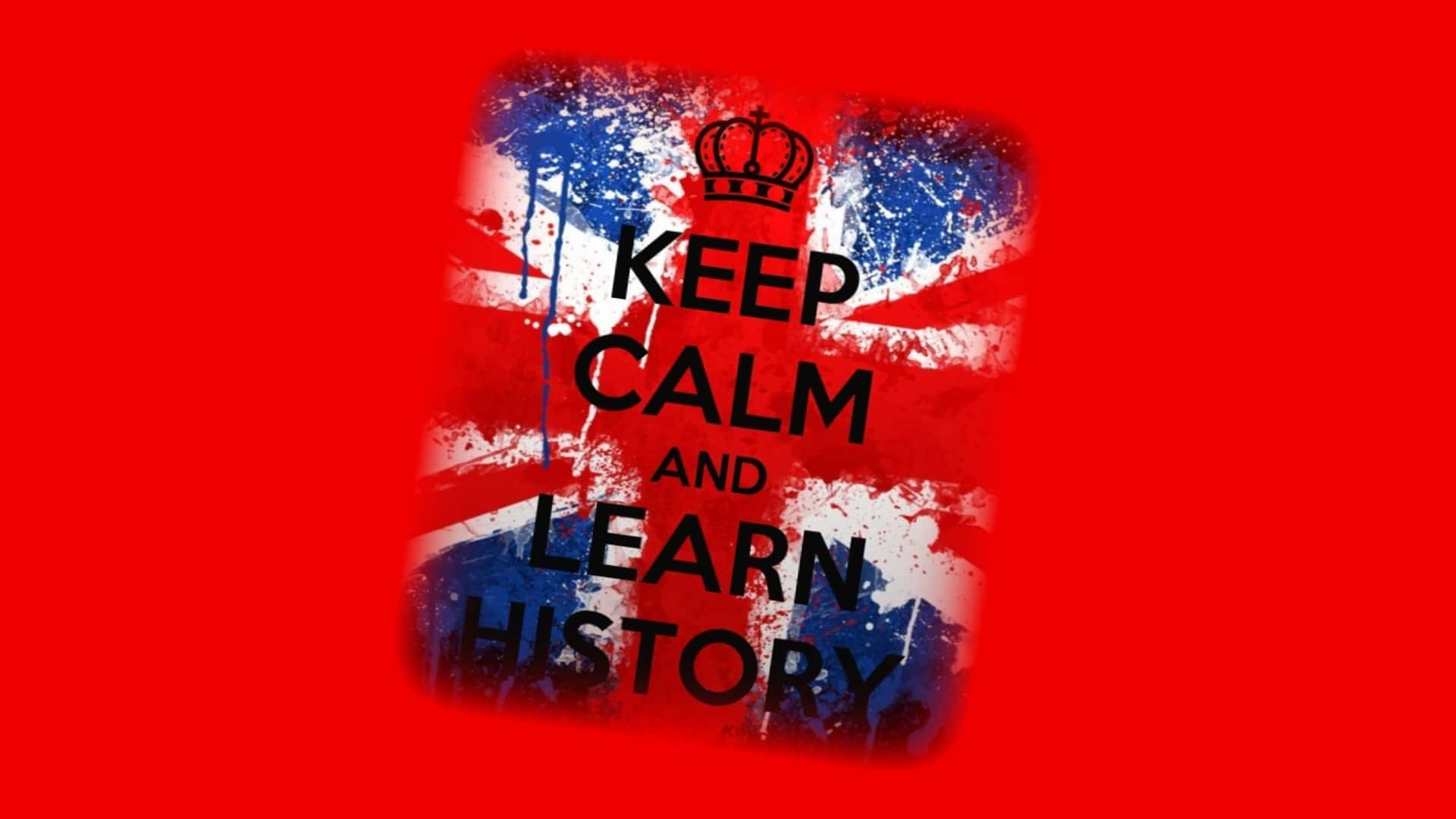
81. Incognito in the Crowd
During Victory in Europe Day, people flooded the streets of London celebrating the end to so much death and destruction. Princesses Elizabeth and Margaret convinced their family that they should be allowed to join in the celebrations, and they were allowed to go out into the streets and participate anonymously.
82. Sounds Greek to Me
It’s difficult to imagine a time when he was anything but a British consort, but Prince Philip was not British at all. He was born to both the Greek and Danish royal families in the Greek Island of Corfu on June 10, 1921. The man who would marry the Head of the English Church was christened, instead, as a Greek Orthodox.
83. Royally Ejected
Philip spent the first years of his life in royal exile. The Turkish War with Greece (1919-1922) put the royal family in a bad place, with Philip’s uncle King Constantine I forced to abdicate his title; Philip’s own father, Prince Andrew, was even arrested. By 1922, the family fled to France, with baby Philip smuggled inside of a fruit box as his royal cot.
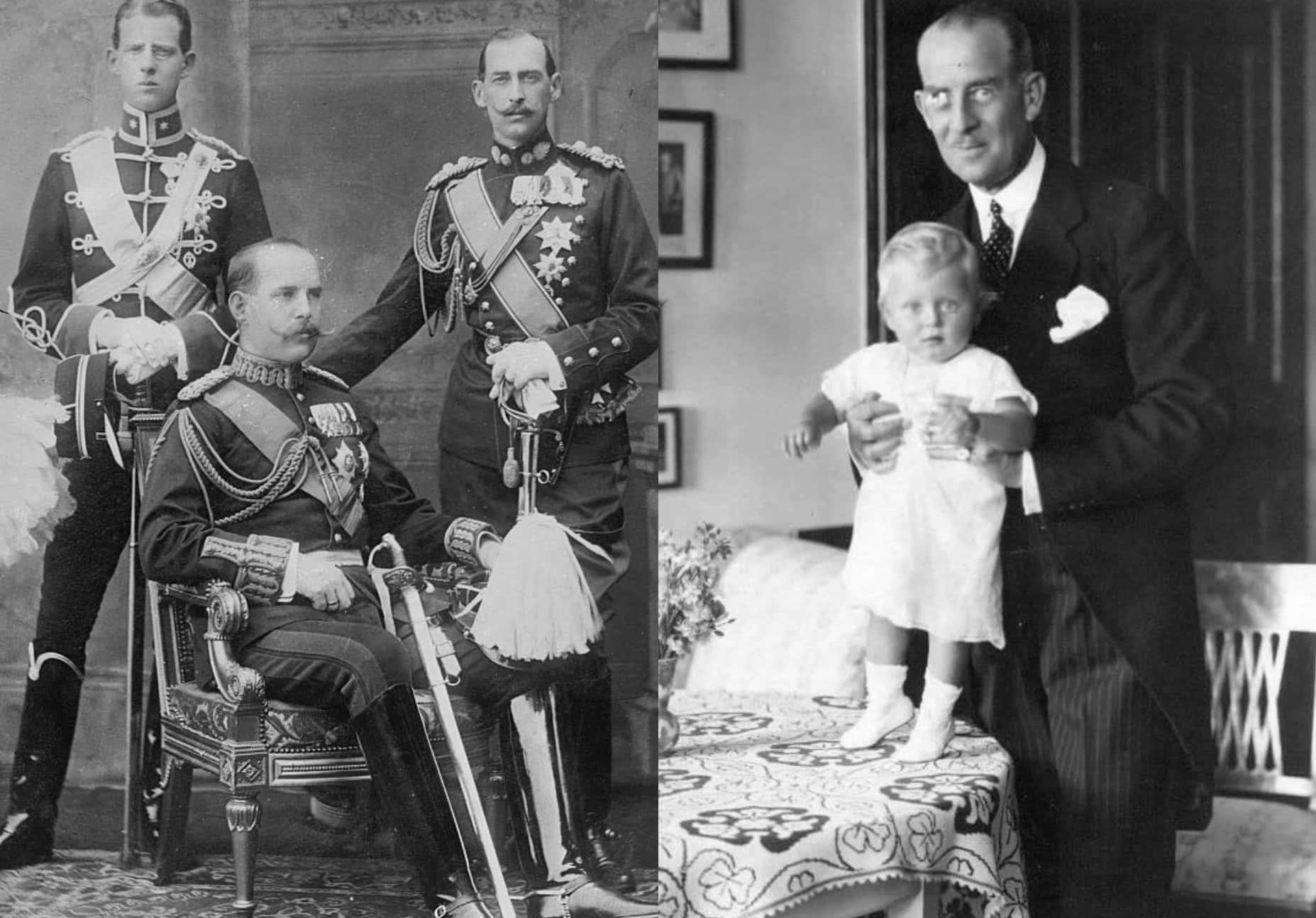
84. Somebody’s Watching Me
Philip and Elizabeth’s wedding at Westminster Abbey was broadcast by BBC radio to 200 million listeners worldwide. In the days before the blockbuster TV broadcast of Prince Charles and Diana’s or Prince William and Kate’s weddings, those were some really impressive numbers for radio.
85. Your Invitations Were Lost in World War II
Despite the humongous global audience of Princess Elizabeth and Prince Philip’s wedding, the groom’s surviving three sisters were not in attendance. Why? They were married to German princes, some of whom had Nazi political connections. World War II had just ended. Understandably, such guests would not fly well with the people. In fact, none of Philip’s German relatives were present.
86. Off With Her Heels!
The Queen’s corgis were known to be a bit troublesome. Several times the dogs nipped staff, the family, and even the Queen herself! In 1968, Peter Doig demanded that a “Beware of the Dog” sign be erected out front of Balmoral after one of the corgis went after the postman. But, I mean, it’s the postman, what’s a dog to do?
87. Attention!
It’s tradition for princes to embark on military training. Charles, Prince of Wales trained with the Royal Air Force and Royal Navy. He served on the guided missile destroyer the HMS Norfolk and the frigates HMS Minerva and HMS Jupiter.
88. Power Grab
When William the Conqueror took the English throne for himself, he did not include it as part of Normandy’s territory. This was because William technically owed allegiance to the King of France, being a mere duke, and he rightly saw that if he became the King of England, it would put him on more level footing with the king. Ironically, centuries later, during the Hundred Years War, the descendants of William would invade France and plunder Normandy to hold up the long-standing rule “what goes around comes around.”
89. A Friend in a High Place
Charles II was crowned after the Stuart dynasty was restored to power in England, and he decided to have fun with it. He was young, popular, and cemented his image as a hedonistic rogue in power. However, he also provided some more long-lasting contributions to English history. He was a patron of both the arts and sciences, and personally supported Sir Christopher Wren, who would go on to reconstruct London after the Great Fire of 1666. Charles also founded the Royal Observatory and supported the scientific-focused Royal Society, whose members included Isaac Newton and Robert Hooke. Sounds like a cool guy!
90. Rules of Engagement
There are strict conventions dictating how British subjects should behave towards the Queen, should they have the fortune of meeting her. She is to be addressed first as “Your Majesty”, then as “ma’am”. British subjects and subjects of other Commonwealth nations are expected to greet her with a curtsy or bow, and while Americans are not expected to do this, should you find yourself in the Queen’s company it would be the polite thing to do.
91. Speaking of manners...
Selfies are super popular these days, but if you meet the Queen, asking to take a photo with her is an absolute faux pas. She’s been quoted as saying that she finds it “disconcerting” and “strange” when she looks at her subjects only to see the backs of their phones while they photograph her. If you have the guts to ask if you can take a selfie with her should you meet, you can expect her to decline.
92. Annus Horribilis
The marriages of Queen Elizabeth II’s three divorced children all ended in one tragic year: 1992. Princes Charles and Andrew, and their wives Princess Diana and Sarah, Duchess of York, were dragged through the media by tabloids, which in Britain can be even more sensational than those in the US. The affair between Prince Charles and Camilla Parker-Bowles as well as his wife Princess Diana’s infidelities were much-publicized. In addition, on November 20, 1992 (the Queen’s wedding anniversary) a fire broke out in Windsor Castle, the Queen’s residence, causing extensive damage. Elizabeth would later refer to 1992 as annus horribilis, Latin for “horrible year”.
93. Out You Go
Queen Elizabeth II was born in the London house of her maternal grandfather, the Earl of Strathmore and Kinghorne. She was delivered by Caesarean section.
94. What’s in a Name
Elizabeth II, beloved as a figure of charm and poise, perhaps always had a twinkle about her. When she was young, close family called her “Lilibet” because as a toddler that’s how Elizabeth imagined her name sounded.
 youtube
youtube
95. Top Secret
In 1999, a successful request made under the Freedom of Information Act revealed that the NSA, the major intelligence agency for the United States, had placed Princess Diana under surveillance. Because of national security concerns, the contents of her file cannot be revealed.
96. Backup in Power
In times of “grave constitutional crisis”, the Queen would have the right to assume power and rule on her own, without ministerial advice, though it’s very unclear what would count as such a situation. in England, the Queen had the right to dissolve Parliament and call a general election at any time, though that power was stripped in 2011 by the Fixed-Term Parliaments Act.
97. You Might Like Him
Meghan Markle, now Duchess of Sussex, met Prince Harry on a blind date. The date was set up by a mutual friend of the pair. Sounds like fairy-tale endings do exist!
98. Must Love Dogs
Queen Elizabeth II’s very last pure Pembroke Welsh Corgi, Willow, passed away in 2018—and the Queen admitted the heartbreaking reason she can no longer keep her beloved Corgis as pets. Elizabeth revealed that she just couldn’t bear to leave any of her Corgis by their lonesome after her death, so she had to stop breeding them. She has owned over 30 Corgis in her life, and still owns two dachsund/Corgi mixes named Vulcan and Candy.
99. A Royal Menagerie
In addition to corgis, the Queen is often given animals as gifts during state visits. She has been given two sloths by Brazil, black beavers by Canada, and an elephant by Cameroon—plus two tortoises, a chameleon, a Russian bear, a crocodile, and two pygmy hippopotami. Any live animals given to the Queen are often housed in the London Zoo.
100. In-House ATM
Should the Queen decided to order a pizza to Buckingham Palace, she’d never be caught without cash on hand. Buckingham Palace has its own ATM for use by the royal family. Although we can imagine it would be a very weird experience paying for a pizza with money that has one’s own face on it.
101. I Call That a Bust
During his training with the Royal Navy, Prince William spent time on active boats and submarines. One such example was a deployment on the HMS Iron Duke for five weeks while it was stationed in the Caribbean. While part of the ship’s crew, William “took part in a joint operation with the United States Coast Guard.” This operation was a raid, capturing a speedboat loaded with enough cocaine to be worth $40 million!
102. Wide Awake
William later admitted that the night before his wedding, he had gotten just a half hour of sleep. His nervousness over the big day, coupled with the crowd outside of his father’s house, meant that he couldn’t get longer than hour of sleep. We’re amazed he looked so composed, to be honest.
103. Who Wants That Attention?
Princes Harry and William were just in the early teens when they woke up to the news their mother, Princess Diana, had died in a car crash.
Amidst the royal family’s polarizing response to Diana’s death in 1997, it was their grandfather, Prince Philip, who convinced William and Harry to walk behind her coffin. When the young princes were apprehensive, Philip reportedly told his eldest grandson, “If you don’t walk, I think you’ll regret it later. If I walk, will you walk with me?” At the funeral, Philip, William, Harry, Charles, and Diana’s brother followed the bier all the way from Westminster Abbey to Buckingham Palace, as millions watched.
104. Half Mast
Until 1997, general protocol at Buckingham Palace was against flying the Union Jack at half-mast. On the day of Princess Diana’s funeral, however, The Queen ordered all flags to fly at half-mast, which has now become the usual practice during moments of national mourning or a death in the Royal Family.
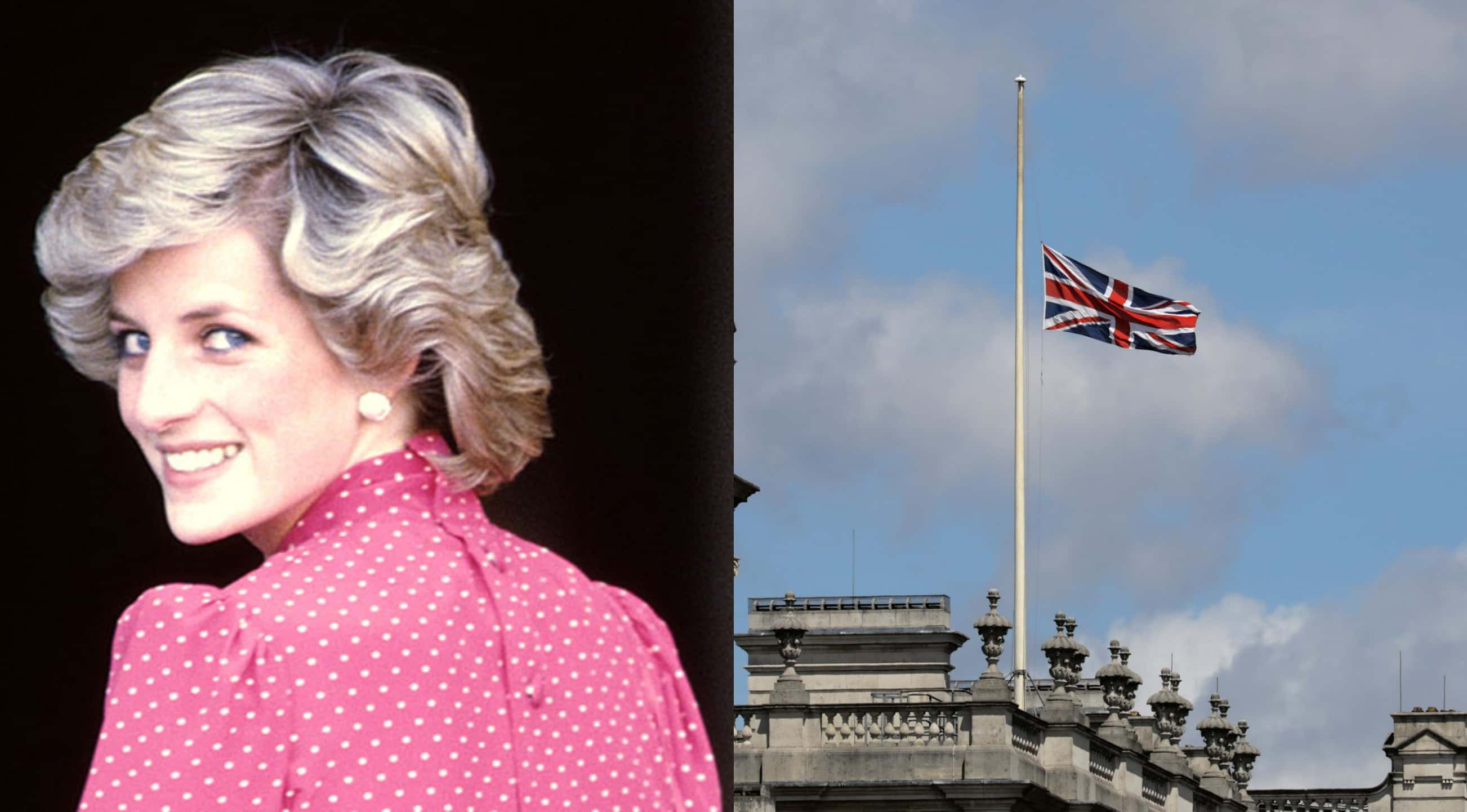
Sources: 1, 2, 3, 4, 5, 6, 7, 8, 9, 10, 11
Sources: 1, 2, 3, 4, 5, 6, 7, 8, 9, 10, 11, 12, 13, 14, 15, 16, 17, 18, 19, 20, 21, 22, 23, 24

